Forums
- Forums
- Axis And Allies Forum
- General Discussion
- Aviation News
Aviation News
Post a reply
- Go to Next topic
- Go to Welcome
- Go to Introduce Yourself
- Go to General Discussion
- Go to Screenshots, Images and Videos
- Go to Off topic
- Go to Works in Progress
- Go to Skinning Tips / Tutorials
- Go to Skin Requests
- Go to IJAAF Library
- Go to Luftwaffe Library
- Go to RAF Library
- Go to USAAF / USN Library
- Go to Misc Library
- Go to The Ops Room
- Go to Made in Germany
- Go to Campaigns and Missions
- Go to Works in Progress
- Go to Juri's Air-Raid Shelter
- Go to Campaigns and Missions
- Go to Works in Progress
- Go to Skinpacks
- Go to External Projects Discussion
- Go to Books & Resources
-
 Main AdminA B-1B Lancer pilot prepares to take off from Dyess Air Force Base, Texas, Feb. 21, 2021. The B-1 is capable of providing vast numbers of precision and non-precision bombs at any moment against any enemy, anywhere in the world. (U.S. Air Force photo by Airman 1st Class Josiah Brown)
Main AdminA B-1B Lancer pilot prepares to take off from Dyess Air Force Base, Texas, Feb. 21, 2021. The B-1 is capable of providing vast numbers of precision and non-precision bombs at any moment against any enemy, anywhere in the world. (U.S. Air Force photo by Airman 1st Class Josiah Brown)
Three B-1B Lancers assigned to the 9th Expeditionary Bomb Squadron fly in formation over Ørland Air Force Station, Norway, in support of a Bomber Task Force deployment, Feb. 22, 2021. The B-1 is a highly-versatile, supersonic, multi-mission weapon system that carries the largest payload of both guided and unguided weapons in the United States Air Force’s inventory. (U.S. Air Force photo by Airman 1st Class Colin Hollowell)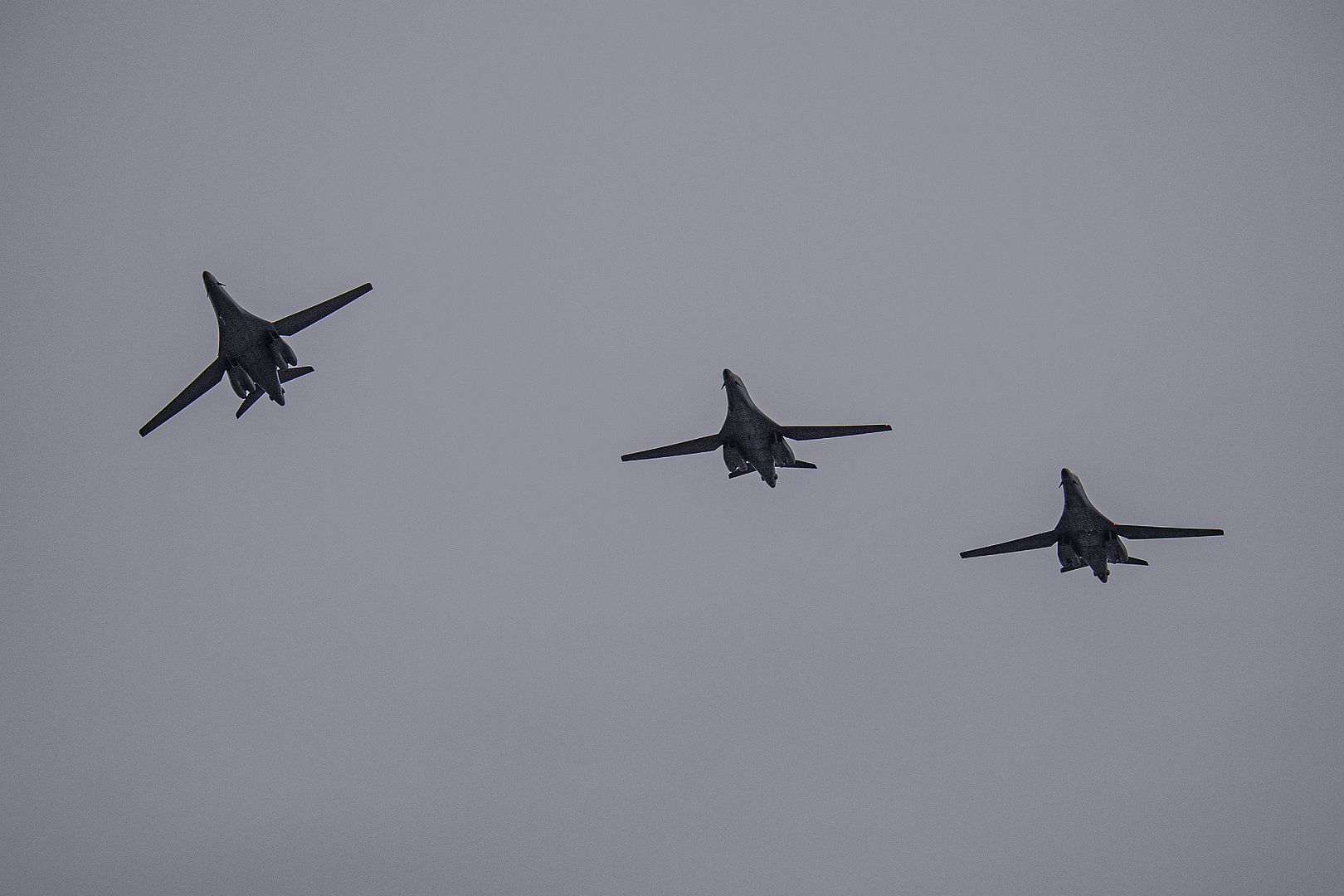
A B-1B Lancer assigned to the 9th Expeditionary Bomb Squadron arrives at Ørland Air Force Station, Norway, in support of a Bomber Task Force deployment, Feb. 22, 2021. The 9th EBS is the first bomber squadron to deploy to and operate out of Norway. Norway is a key U.S. ally in the Arctic and North Atlantic region, and a strong partner in fostering regional security and prosperity. (U.S. Air Force photo by Airman 1st Class Colin Hollowell)
PACIFIC OCEAN (Jan. 28, 2021) An F-35C Lightning II from Strike Fighter Squadron (VFA) 147 lands on the flight deck of the Nimitz-class aircraft carrier USS Carl Vinson (CVN 70). Carl Vinson is currently underway in the Pacific Ocean conducting routine operations in the U.S 3rd Fleet. (U.S. Navy photo by Mass Communication Specialist 3rd Class Aaron T. Smith)
ST. LOUIS, Feb. 23, 2021 — A new era in aircraft design and build has begun as the first U.S. portion of the T-7A Red Hawk advanced trainer has officially entered the Boeing [NYSE:BA] jet’s state-of-the-art production line.
The training jet, designated the eT-7A Red Hawk by the U.S. Air Force because of its digital heritage, was fully designed using 3D model-based definition and data management systems developed at Boeing during the last two decades. The T-7A Red Hawk employed the digital engineering and design of the Boeing T-X aircraft that went from firm concept to first flight in just 36 months.
“The future of air dominance lies in the ability to move quickly, take smart risks and partner in new ways to get the job done,” said Shelley Lavender, Boeing senior vice president of Strike, Surveillance and Mobility. “By creating aircraft and systems along a digital thread, we can accelerate build times and increase quality and affordability for our customers in a way that has never been done before.”
The Advanced Pilot Training System also incorporates leading-edge ground-based live and virtual simulators to give students and instructors a “real as it gets” experience.
In September 2018, the U.S. Air Force awarded Boeing a $9.2 billion contract to supply 351 advanced trainer aircraft and 46 associated ground-based training simulators. Saab is teamed with Boeing on the trainer and provides the aft fuselage of the jet.
“This is a historic moment for the program and industry,” said Chuck Dabundo, Boeing vice president of T-7 Programs. “The build process leverages full-size determinant assembly, which allows technicians to build the aircraft with minimal tooling and drilling during the assembly process. The digital process accounts for a 75% increase in first-time quality.”
Boeing is the world’s largest aerospace company and leading provider of commercial airplanes, defense, space and security systems, and global services. As a top U.S. exporter, the company supports commercial and government customers in more than 150 countries and leverages the talents of a global supplier base. Building on a legacy of aerospace leadership, Boeing continues to lead in technology and innovation, deliver for its customers and invest in its people and future growth.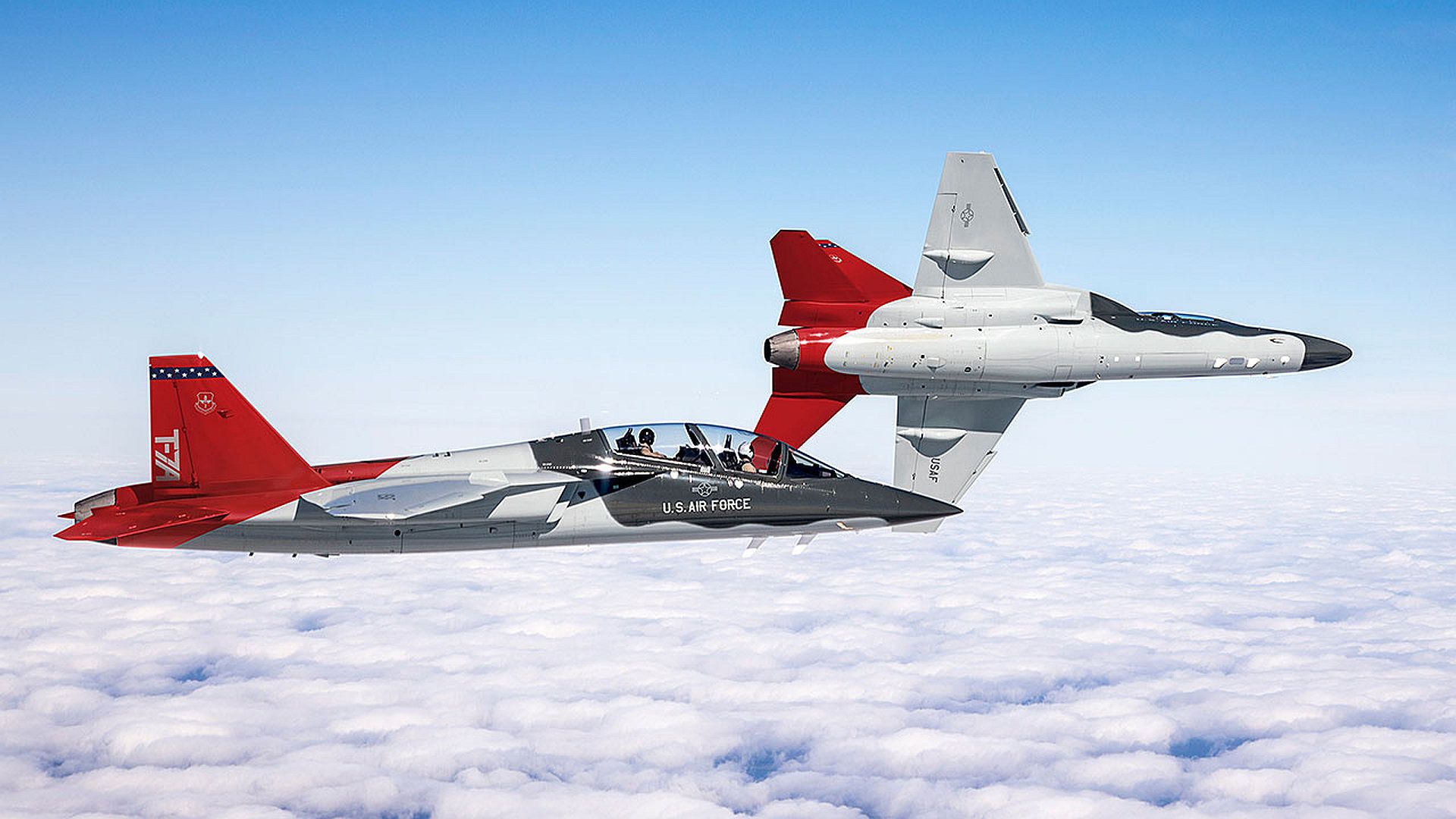
São José dos Campos, Brazil, 23 February 2021 – KLM Cityhopper, the regional subsidiary of KLM Royal Dutch Airlines, received their first Embraer E195-E2 in a ceremony today at Embraer’s facility in Brazil. This first E2 delivery to KLM, and lessor ICBC Aviation Leasing, brings the total number of Embraer jets in the KLM Cityhopper fleet to 50.
The total order for 35 jets, 25 firm orders with options for 10 more, will be leased to KLM from ICBC Aviation Leasing (10) and Aircastle (15). KLM recently exercised four options increasing the firm order from 21 to 25 jets, with the further four aircraft coming from Aircastle’s existing order-book.
KLM is a global leader in airline sustainability and taking action to make operations more sustainable. KLM’s fleet renewal is a key strategy to reduce the airline’s environmental footprint. The E195-E2, Embraer’s new generation aircraft, is specifically designed to cut emissions and noise pollution. The E2’s environmental credentials are impressive; the E195-E2 delivers a 31% reduction in carbon emissions per seat over KLM Cityhopper’s first-generation E190s.
Noise pollution is also dramatically reduced; the noise footprint is over 60% smaller – a critical measure at Amsterdam Schiphol Airport which has strict noise abatement rules. The E2’s low external noise level is already well below planned future ICAO limits. Carbon emissions are almost 10% lower per trip and 31% lower per seat. In a typical year, each E195-E2 will emit 1,500 fewer tons of carbon pollutants.
“The new E2 is really going to make a difference,” said Warner Rootliep, Managing Director of KLM Cityhopper. “The addition of the E195-E2 to our fleet is a vital part of our plan to reduce our carbon footprint at least 50% per pax/km by 2030. The 195-E2 is not only an economically attractive aircraft, it also fits perfectly within our sustainability initiative – ‘Fly Responsibly’. We are now more than ever committed to reducing the impact of our environmental and ecological footprint. Fleet renewal is currently the largest contributor to CO2 reduction.”
“This amazing aircraft dressed in the famous blue of KLM, delivers a new level of sustainability because of its low emissions and noise levels.” said Arjan Meijer, President and CEO of Embraer Commercial Aviation. “It’s the cleanest and quietest single aisle aircraft on the market today. KLM leads the airline industry in bold climate initiatives. KLM’s decision to choose the Embraer E2 is a powerful endorsement of the E2’s role in achieving those environmental goals.”
The E195-E2 is the 50th E-Jet to join the KLM Cityhopper fleet of 17 first-generation E175s and 32 E190s. The new E195-E2 is configured with 132 seats - 20 in Business Class, eight in Economy Comfort, and 104 in Economy Class.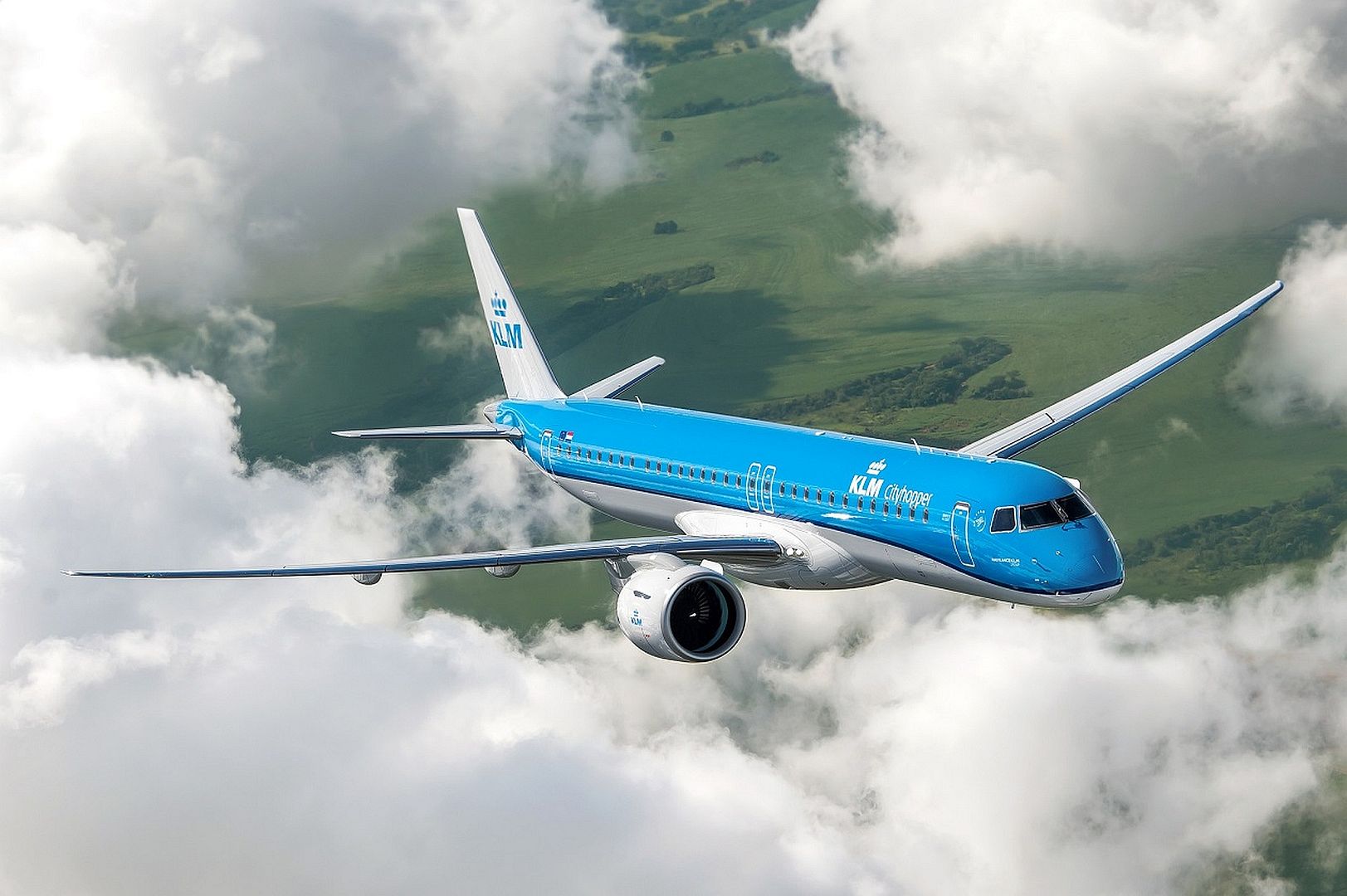
23 February 2021
This month, Bell delivered three Bell UH-1H-IIs to the Lebanese Air Force (LAF). These aircraft will augment their existing fleet and be utilized for search and rescue, troop transport, firefighting and utility missions.
“We are privileged to support the LAF with additional Huey II aircraft, which will enhance its operational capability,” said Tim Evans, regional sales manager, Africa and the Middle East. “This proven platform equips their squadron with the most capable utility helicopter available.”
The LAF has been flying the UH-1 series helicopters since the early 1990s in multiple roles. Most recently, its Huey IIs extinguished the fires caused by the port explosion in Beirut.
“The LAF is honored to add three more Huey IIs to our fleet,” said Commander BG Heykal, LAF. “We value this aircraft for its multi-mission capabilities, reliability and durability and appreciate the Bell team for their quality customer support and longtime partnership.”
The Bell UH-1H-II is a versatile, single engine helicopter with high operational readiness and low operating costs. It has the best payload in its class and excels in multiple mission configurations.
SAN DIEGO/COWES – 23 February 2021 – General Atomics Aeronautical Systems, Inc. (GA-ASI) and GKN Aerospace have signed a contract for GKN Aerospace to manufacture the advanced composite V-tails for GA-ASI’s new MQ-9B SkyGuardian® Remotely Piloted Aircraft System (RPAS) from their Cowes facility in the United Kingdom. SkyGuardian is the baseline system of the UK Royal Air Force’s (RAF) Protector RG Mk1 and has also been selected by Belgian Defence and the Australian Defence Force. This represents another important milestone in the 10-year strategic relationship between GA-ASI and GKN Aerospace, and adds to the strong investment GA-ASI is making in world-leading UK industries.
“We value our long relationship with GKN Aerospace as a strategic supplier of critical aerospace subsystems to support our global supply chain,” said Tommy Dunehew, vice president of International Strategic Development for GA-ASI. “We are pleased to expand this relationship with composite structures manufactured in the UK. This will mean that not only the RAF’s Protector will have UK-manufactured tails, but the global MQ-9B fleet will also benefit from tails manufactured in the UK.”
GA-ASI and GKN Aerospace had previously entered into a pre-production contract, under which GA-ASI provided the required engineering technical data and tooling, and GKN Aerospace developed their manufacturing processes and produced demonstrator parts. Under this latest agreement, GKN Aerospace will begin full rate production of the V-tails from the Cowes facility to support MQ-9B aircraft production.
GKN Aerospace has been a global supplier to GA-ASI’s MQ-9 program for a decade, with the strategic partnership on GA-ASI’s world-leading RPAS starting in 2010. Activities began with the design and build of the “fit and forget” fuel bladder system in Portsmouth, UK, followed by the production of fuel bladders in the USA. Today, GKN Aerospace manufactures a range of products including the state-of-the-art lightweight landing gear system, which it produces in the Netherlands.
Krisstie Kondrotis, President of GKN Aerospace’s Defence business, said: “We are extremely proud to be a key supplier for GA-ASI on the MQ-9B programme and this agreement helps to strengthen that partnership. We have ambitious plans to grow our Defense business and this is an important milestone for GKN Aerospace, and especially the Cowes facility, paving the way for continued growth in the UK for advanced aerostructures manufacturing. GA-ASI is the market leader in RPAS, while GKN Aerospace is a market and technology leader in advanced aerostructures, special products and lightweight technologies. Our long-term collaboration continues to demonstrate the strong commitment the two companies share.”
About GA-ASI
General Atomics Aeronautical Systems, Inc. (GA-ASI), an affiliate of General Atomics, is a leading designer and manufacturer of proven, reliable Remotely Piloted Aircraft (RPA) systems, radars, and electro-optic and related mission systems, including the Predator® RPA series and the Lynx® Multi-mode Radar. With more than six million flight hours, GA-ASI provides long-endurance, mission-capable aircraft with integrated sensor and data link systems required to deliver persistent flight that enables situational awareness and rapid strike. The company also produces a variety of ground control stations and sensor control/image analysis software, offers pilot training and support services, and develops meta-material antennas. For more information, visit www.ga-asi.com.
SkyGuardian, Predator and Lynx are registered trademarks of General Atomics Aeronautical Systems, Inc.
About GKN Aerospace
GKN Aerospace is the world’s leading multi-technology tier 1 aerospace supplier. As a global company serving the world’s leading aircraft manufacturers, GKN Aerospace develops, builds and supplies an extensive range of advanced aerospace systems, components and technologies for use in aircraft ranging from helicopters and business jets to the most used single-aisle aircraft and the largest passenger planes in the world. Lightweight composites, additive manufacturing, innovative engine systems and smart transparencies help to reduce emissions and weight on the aircraft and enhance passenger comfort. GKN Aerospace is market leading in aerostructures, engine systems, transparencies and wiring systems and operates in 14 countries at 48 manufacturing locations employing approximately 16,000 people.
-
 Main AdminF/A-18 Hornet fighter aircraft connect with an HC-130J Combat King II for nighttime high-speed air-to-air refuel Feb. 22, 2021. The completion of this milestone supports joint-service interoperability and enhances the success of military operations worldwide. This HC-130J capability increases available assets to conduct operations jointly where other aircraft may not be available, allowing the mission to continue unhindered. (U.S. Air Force photo by Master Sgt. Kelly Goonan)
Main AdminF/A-18 Hornet fighter aircraft connect with an HC-130J Combat King II for nighttime high-speed air-to-air refuel Feb. 22, 2021. The completion of this milestone supports joint-service interoperability and enhances the success of military operations worldwide. This HC-130J capability increases available assets to conduct operations jointly where other aircraft may not be available, allowing the mission to continue unhindered. (U.S. Air Force photo by Master Sgt. Kelly Goonan)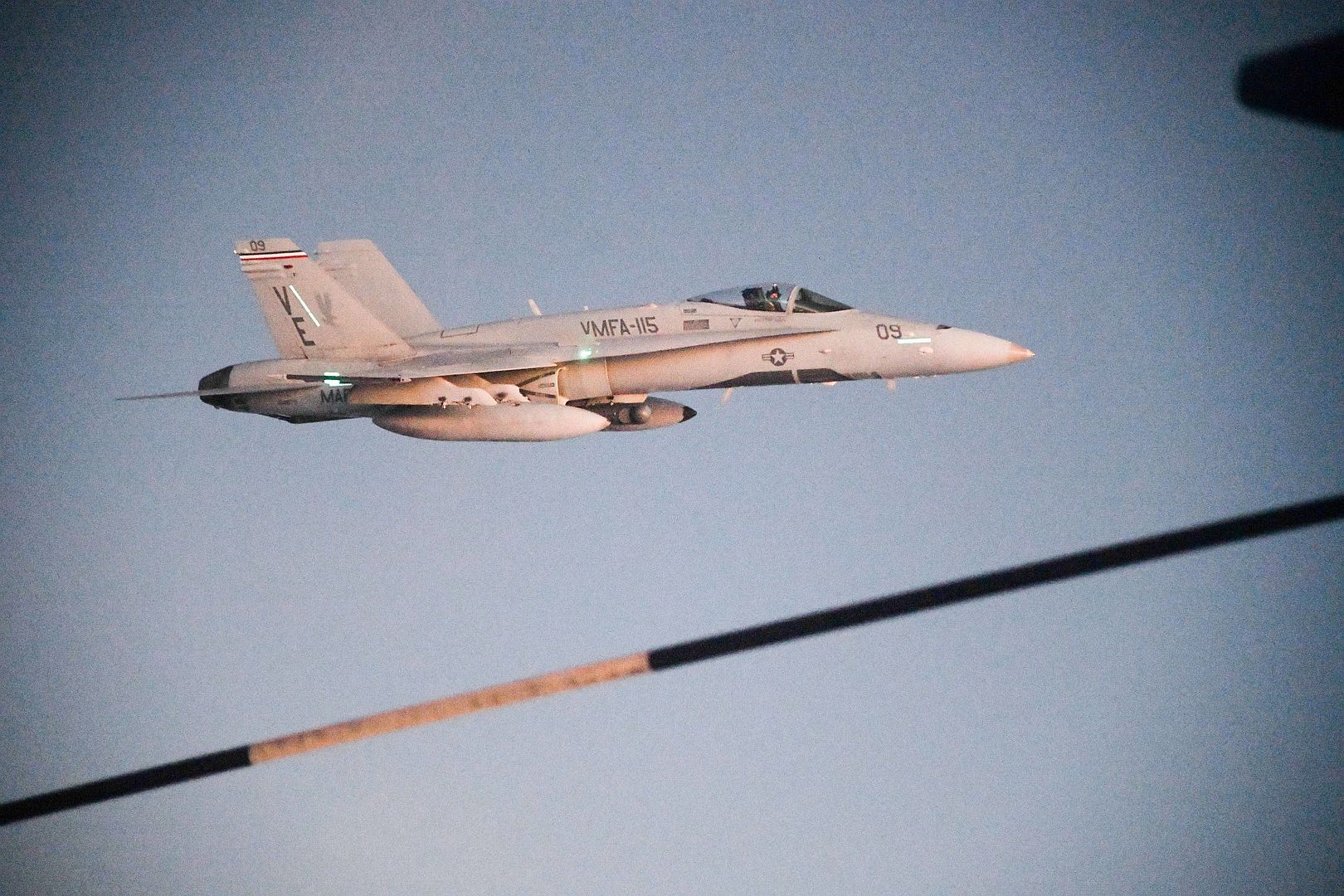
The sun begins to set as a 39th Rescue Squadron HC-130J Combat King II flies above the clouds Feb. 22, 2021. The HC-130J is a modified KC-130J aircraft designed to conduct personnel recovery missions, provide a command and control platform, in-flight-refuel helicopters and carry supplemental fuel for extending range or air refueling. The aircraft is a result of the HC/MC-130 recapitalization program and replaced the HC-130P/N fleet as the dedicated fixed-wing personnel recovery platform in the Air Force inventory. (U.S. Air Force photo by Master Sgt. Kelly Goonan)
A U.S. Air Force B-1B Lancer aircraft assigned to the 7th Bomb Wing, Dyess Air Force Base, Texas, prepares to receive fuel from a KC-135 Stratotanker aircraft assigned to the 100th Air Refueling Wing, Royal Air Force Mildenhall, England, during a Bomber Task Force Europe mission, Feb. 22, 2021. Strategic bomber missions familiarize aircrew with air bases and operations in different geographic combatant commands’ areas of operation. (Courtesy photos by Staff Sgt. Blake Soule)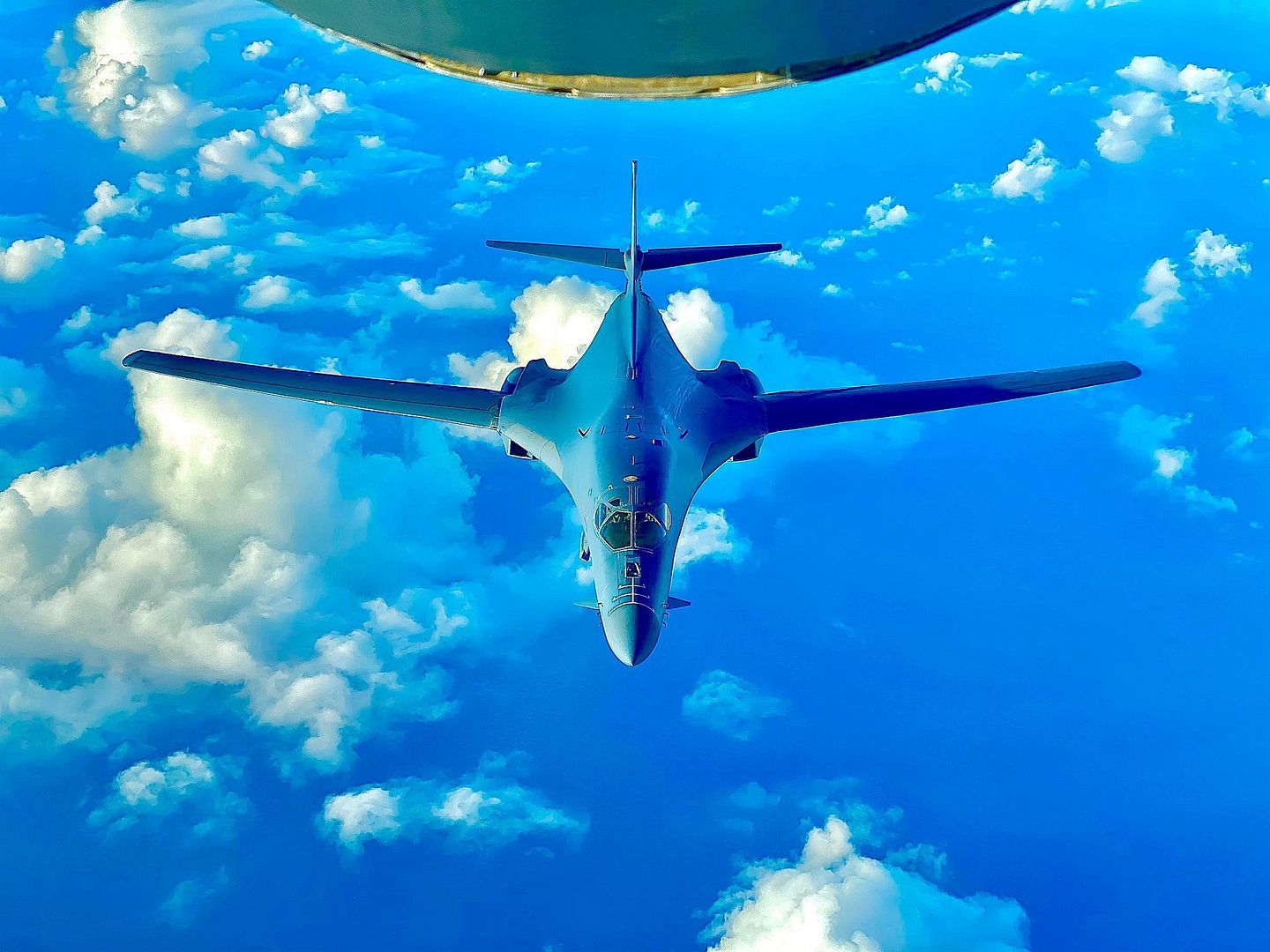
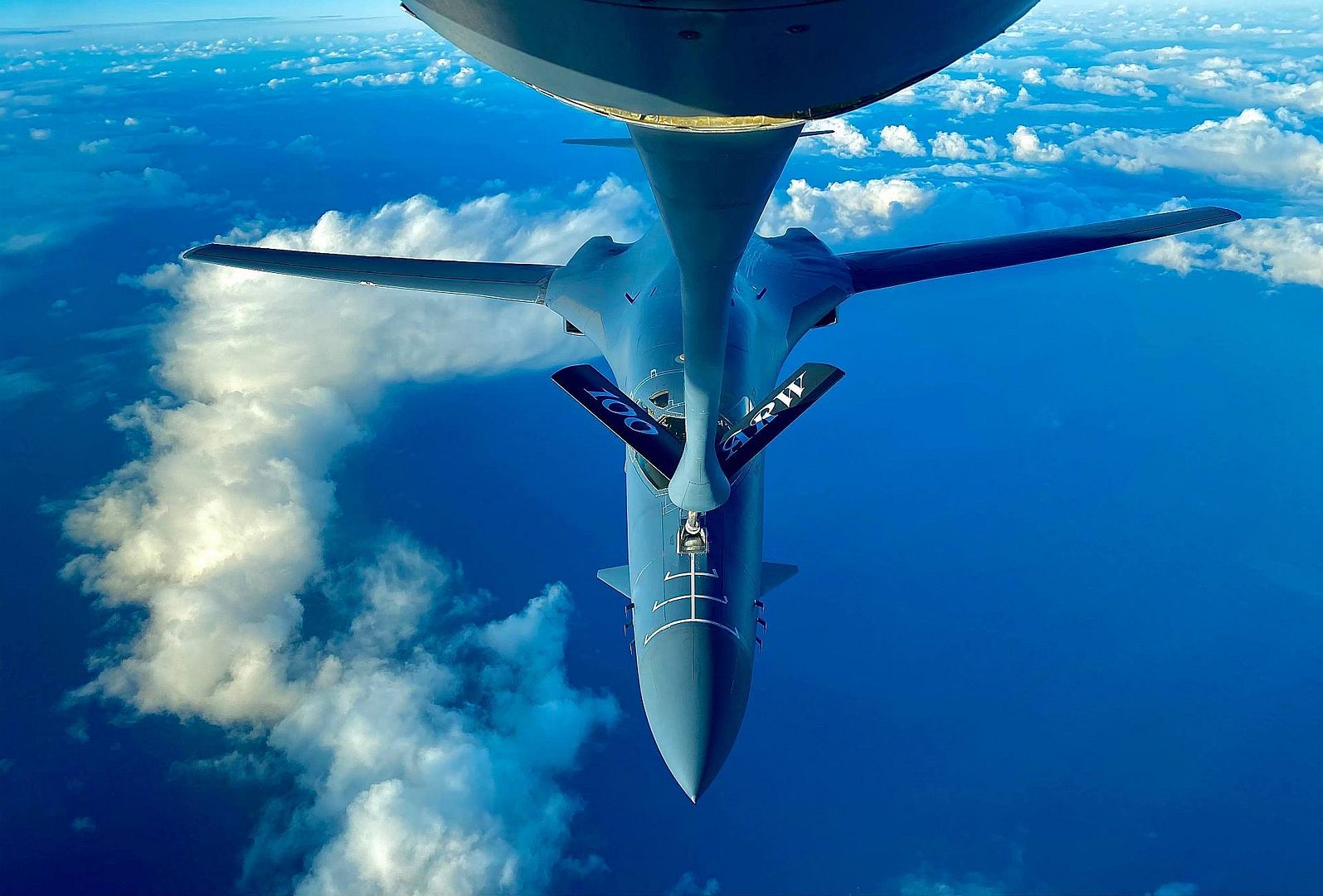
Melbourne, USA, February 24, 2021 – For the ninth consecutive year, Embraer’s Phenom 300 series has become the world’s best-selling light jet according to numbers released today by the General Aviation Manufacturers Association (GAMA). Embraer delivered 50 Phenom 300 series light jets in 2020, making it the most delivered light jet of the year. This is the ninth consecutive year that the Phenom 300 series has achieved this milestone, having accrued more than 590 deliveries since entering the market in December 2009. In 2020, the Phenom 300 series was also the most delivered jet model out of all twinjets in the market.
“The continued success of the Phenom 300 series, as the best-selling light jet in the world, is a reflection of our dedicated commitment to deliver the ultimate customer experience in business aviation,” says Michael Amalfitano, President & CEO of Embraer Executive Jets. “At Embraer, we are always improving our market leading products. We are continuously looking for advancements in performance, comfort, and technology. The Phenom 300E not only boasts advanced capabilities, but also delivers the most sophisticated combination of performance, technology and ergonomics of any light business jet in the industry.”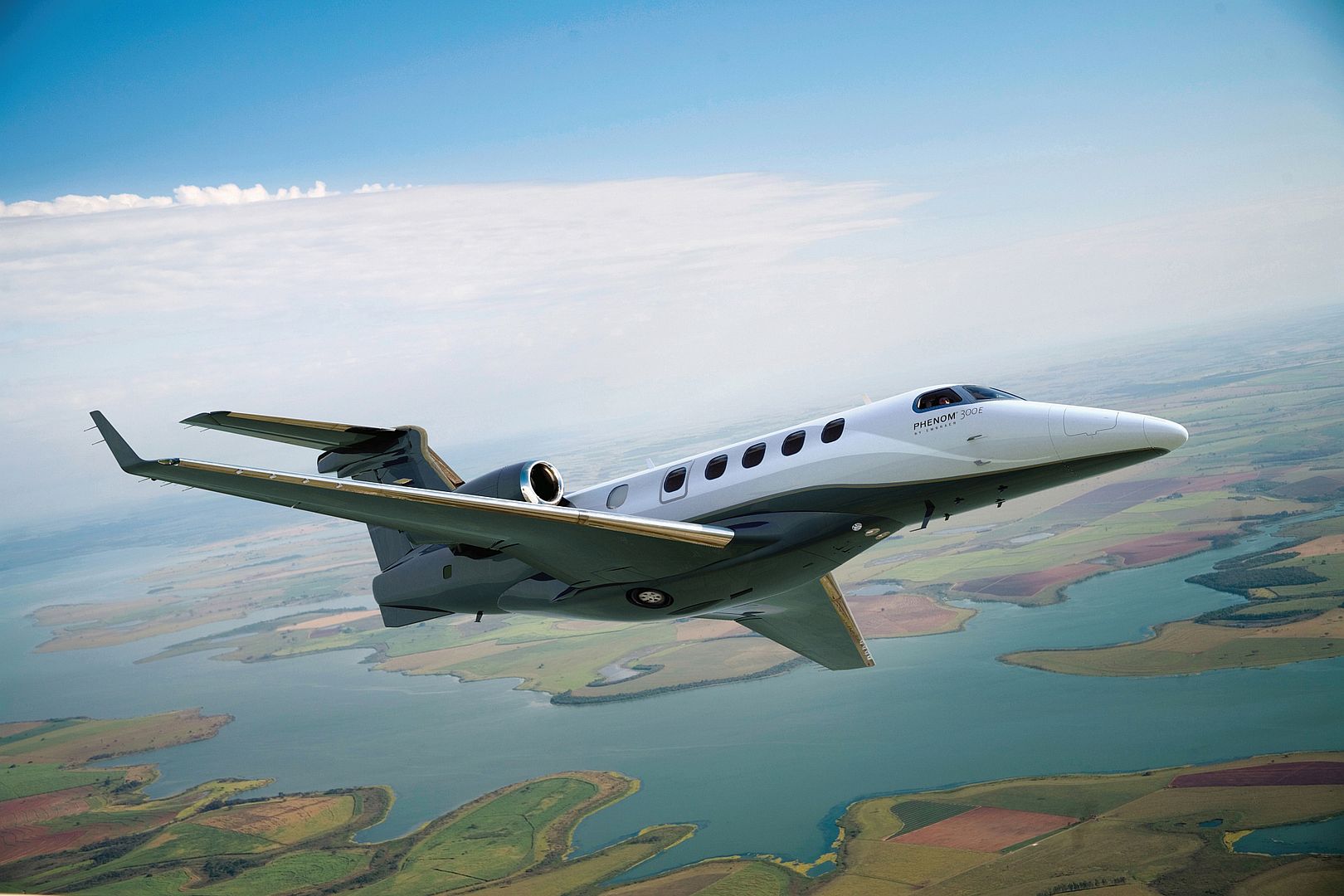
Originally launched in 2005, the Phenom 300 series is in operation in more than 30 countries and has accumulated more than one million flight hours. Embraer is continuously investing in the competitiveness of the Phenom 300E with enhancements to its comfort, technology, performance, and operational efficiency resulting in the highest residual value in the market.
In January of 2020, Embraer announced the new and enhanced Phenom 300E, followed by its ANAC, EASA and FAA approval in March, achieving triple-certification. The first delivery of the new and enhanced Phenom 300E occurred in June of 2020.
With its unparalleled technology, exceptional comfort, and stunning performance, the Phenom 300E sets the highest standard of excellence in the light jet category. In terms of performance, the new, enhanced Phenom 300E is even faster, capable of reaching Mach 0.80, becoming the fastest single-pilot jet in production, and able to deliver high-speed cruise of 464 knots, and a five-occupant range of 2,010 nautical miles (3,724 km) with NBAA IFR reserves.
Additional technology enhancements include an avionics upgrade, featuring a runway overrun awareness and alerting system (ROAAS) ― the first technology of its kind to be developed and certified in business aviation ― as well as predictive windshear, Emergency Descent Mode, PERF, TOLD, and FAA Datacom, among others. The Phenom 300E also features 4G connectivity via Gogo AVANCE L5.
The new, comfort-enhancing features on this jet include a quieter cabin, more legroom in the cockpit, and a new premium interior option — the Bossa Nova edition. Named for the Brazilian style of jazz music, and Portuguese for “new trend,” the optional Bossa Nova edition encompasses a package of Embraer’s latest interior developments, with features such as carbon fiber accents and Embraer’s exclusive Ipanema sew style. It is also the first of the Phenom 300 series to feature piano black surfaces.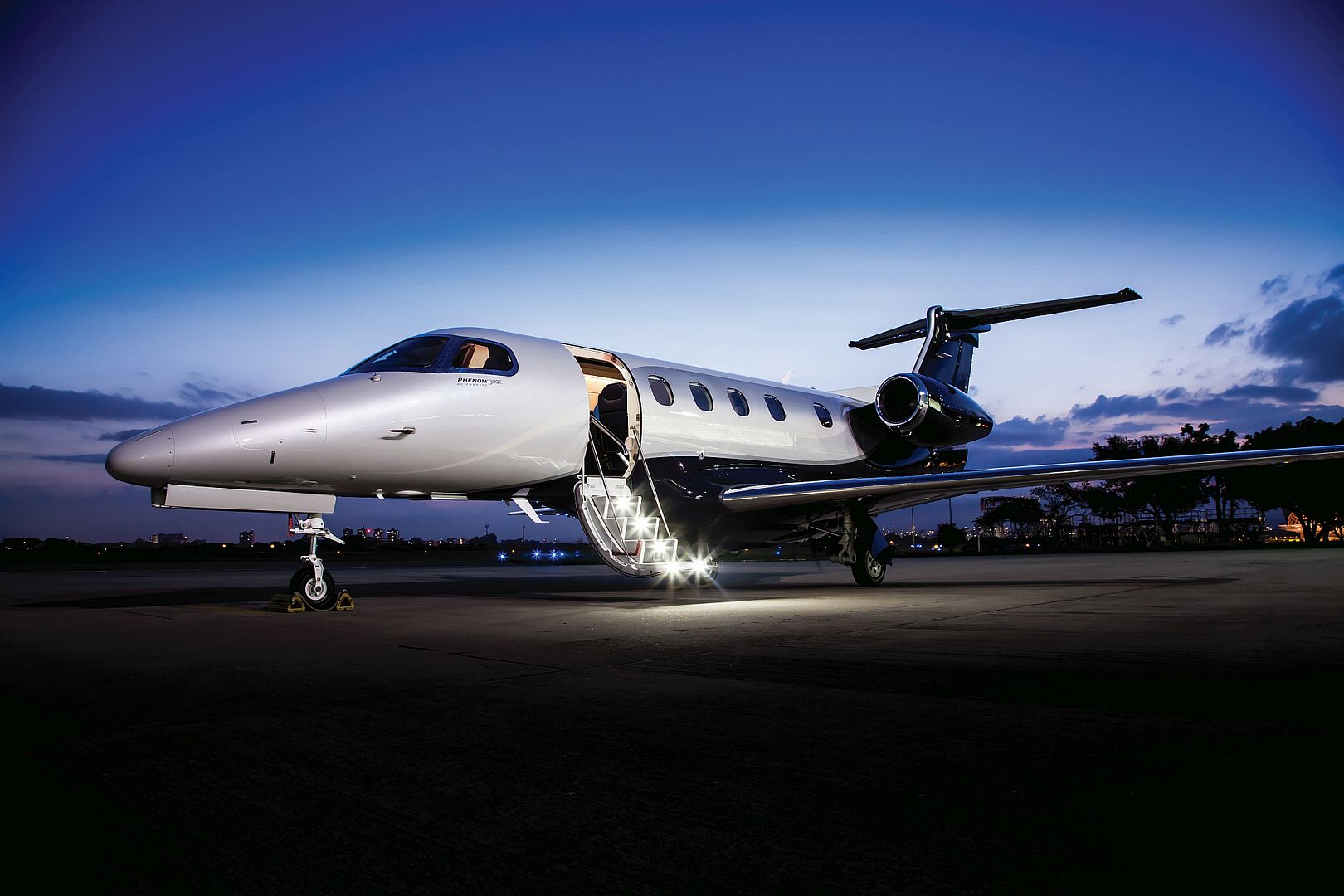
WICHITA, Kan. (Feb. 24, 2021) – Textron Aviation delivered nearly 560 aircraft to customers worldwide in 2020, leading the General Aviation Manufacturers Association (GAMA) annual shipments and billings report published this week. In total, Textron Aviation delivered more than a quarter of all general aviation aircraft last year. The report also reveals Textron Aviation as the world’s third largest jet manufacturer after Boeing and Airbus, while surpassing Boeing’s turbine fixed-wing deliveries 251 to 210.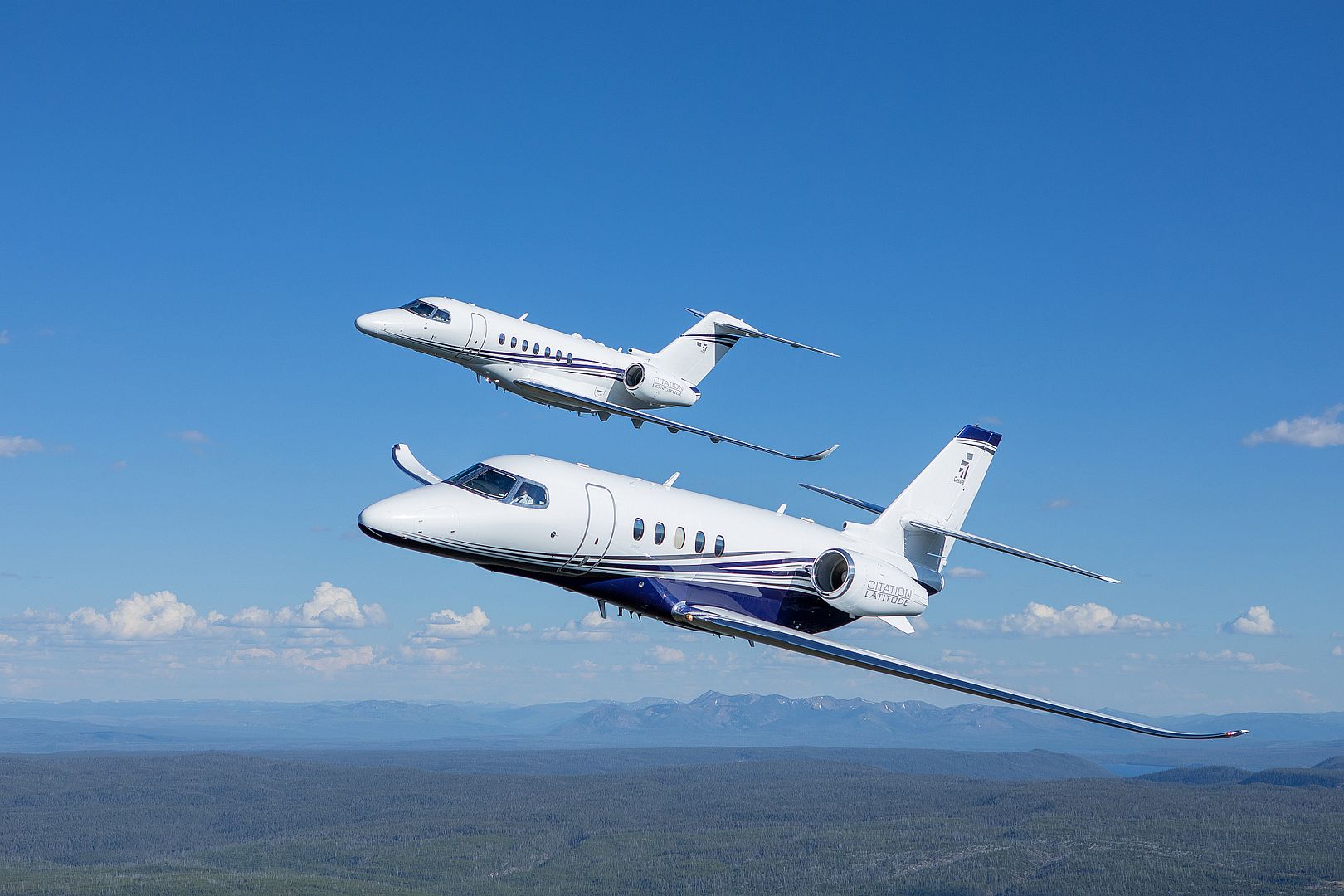
According to the GAMA report, Textron Aviation was the leading business jet manufacturer, in terms of deliveries in 2020, with the Cessna Citation Latitude remaining the most-delivered midsize jet for the fifth consecutive year. The company was also the leading non-agricultural turboprop producer, with its Cessna Caravan and Beechcraft King Air turboprops leading the way.
“Leading general aviation aircraft deliveries in our industry is an honor and a testament to the trust of our customers flying Cessna and Beechcraft aircraft in nearly every part of the world,” said Ron Draper, president and CEO. “The opportunity to build aircraft for their missions, particularly during the challenges of the past year, also shows the hard work and determination of our employees, all of whom play an impactful role in the manufacturing, delivery and customer support journey.”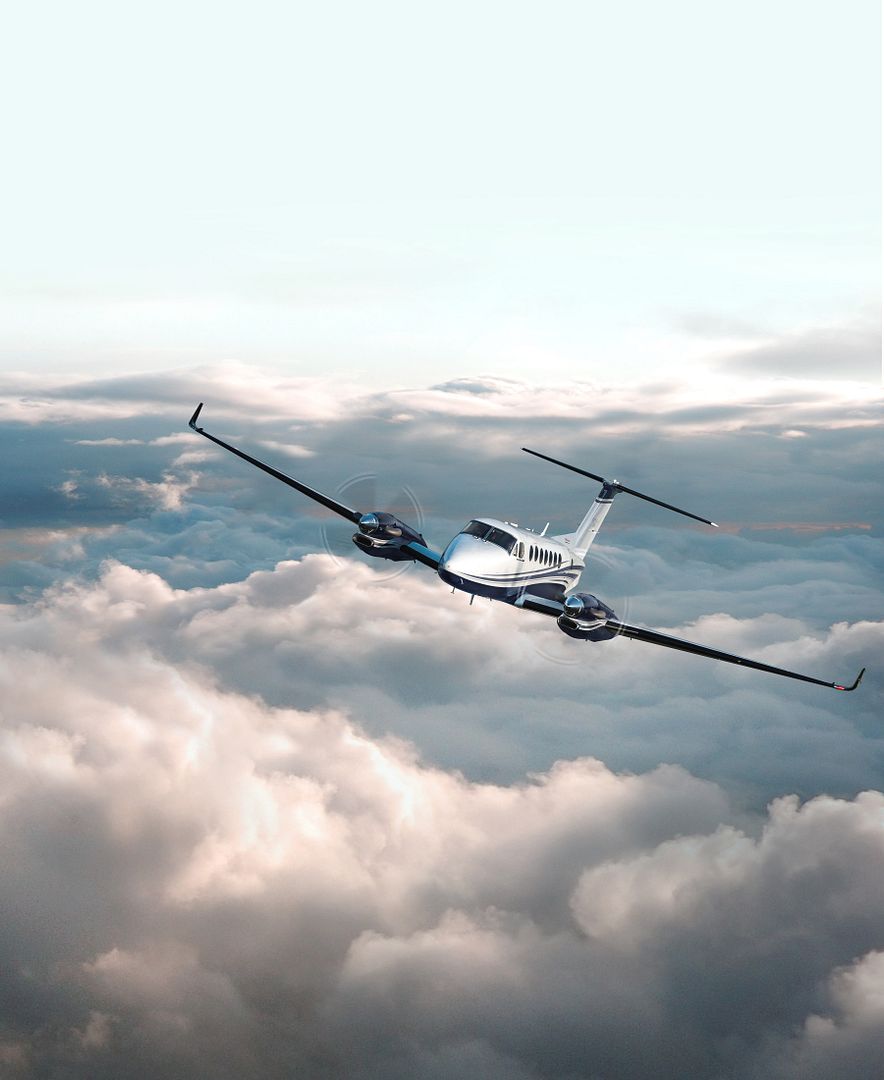
In 2020, Textron Aviation delivered 132 Cessna Citation business jets, with the midsize Citation Latitude topping the company’s jet deliveries for the year. The company delivered 113 Cessna and Beechcraft turboprops, led by its Caravan and King Air series aircraft. Deliveries of piston aircraft totaled 314, with the Cessna Skyhawk continuing its reign as the world’s best-selling single-engine piston.
Last year the company also achieved significant program milestones, with the first flight of the Cessna SkyCourier utility turboprop in May, and the unveilings of the Beechcraft King Air 360 and the Beechcraft King Air 260 twin-engine turboprops later in the year.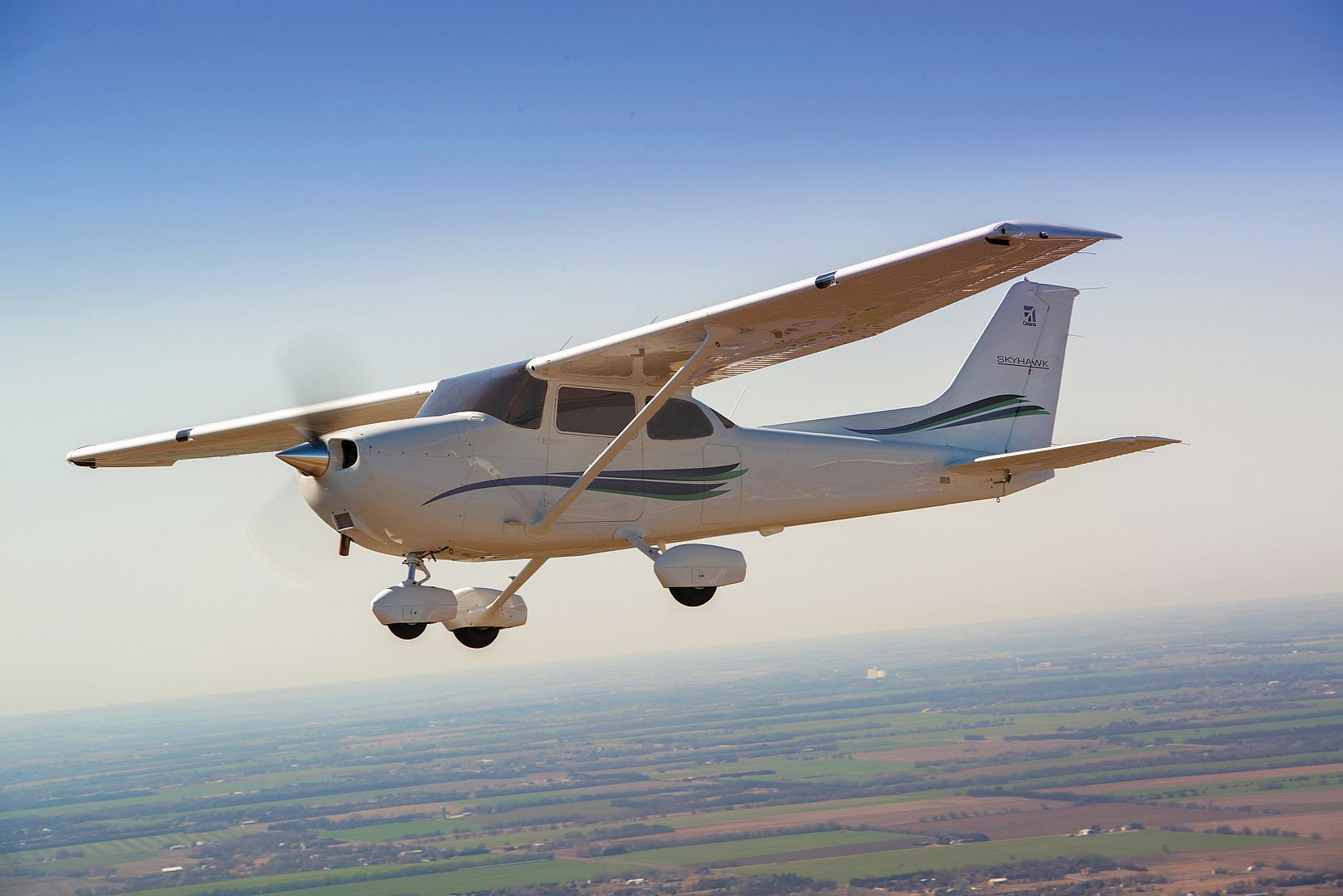
SAN DIEGO – 24 February 2021 – For the first time on Feb. 3, General Atomics Aeronautical Systems, Inc. (GA-ASI) flew a company-owned MQ-9A Block 5 Remotely Piloted Aircraft (RPA) equipped with a newly developed Centerline Avionics Bay (CAB). The CAB provides space to incorporate critical new capabilities for GA-ASI customers.
Integration of the CAB began as GA-ASI needed space for new avionics on the MQ-9A, such as company-developed Detect and Avoid (DAA) system. In addition to the DAA system, GA-ASI will use the new avionics bay to pioneer Artificial Intelligence (AI)/Machine Learning (ML) applications and establish an Ethernet network with the outer wing stations to enable government Open Mission Systems (OMS) protocols for rapid, flexible, and affordable integration of new mission capabilities. These upgrades will further expand an already broad menu of roles for the MQ-9A.
“The Centerline Avionics Bay was purpose-built to provide additional volume, platform infrastructure, and cooling provisions for integrating High Performance Computing (HPC) systems on MQ-9 Block 1 and Block 5 RPA,” said GA-ASI Vice President of Strategic Development J.R. Reid. “The CAB will enable the MQ-9 to host Government OMS-compliant Autonomy, Machine Learning and eventually, Artificial Intelligence algorithms and applications. In addition to the HPC, we can work with customers on a broad range of capabilities with the additional space we get with the CAB.”
One example of a customer application for the CAB is the Air National Guard’s Ghost Reaper concept, which establishes MQ-9A as a critical, multi-source correlation engine in a contested fight. The capabilities being developed and integrated onto MQ-9A will also become the catalyst for the Joint All-Domain Command and Control (JADC2) construct.
About GA-ASI
GA-ASI, an affiliate of General Atomics, is a leading designer and manufacturer of proven, reliable, Remotely Piloted Aircraft (RPA) systems, radars, and electro-optic and related mission systems, including the Predator® RPA series and the Lynx® Multi-mode Radar. With more than six million flight hours, GA-ASI provides long-endurance, mission-capable aircraft with integrated sensor and data link systems required to deliver persistent flight that enables situational awareness and rapid strike. The company also produces a variety of ground control stations and sensor control/image analysis software, offers pilot training and support services, and develops meta-material antennas. For more information, visit www.ga-asi.com.
SkyGuardian, SeaGuardian, Predator and Lynx are registered trademarks of General Atomics Aeronautical Systems, Inc.
-
 Main AdminPACIFIC OCEAN (Feb. 24, 2021) - An E-2C Hawkeye, assigned to the “Liberty Bells” of Airborne Command and Control Squadron (VAW) 115, approaches the flight deck of the aircraft carrier USS Theodore Roosevelt (CVN 71) Feb. 24, 2021. The Theodore Roosevelt Carrier Strike Group is on a scheduled deployment to the U.S. 7th Fleet area of operations. As the U.S. Navy’s largest forward-deployed fleet, 7th Fleet routinely operates and interacts with 35 maritime nations while conducting missions to preserve and protect a free and open Indo-Pacific Region. (U.S. Navy photo by Mass Communication Specialist Seaman Faith McCollum)
Main AdminPACIFIC OCEAN (Feb. 24, 2021) - An E-2C Hawkeye, assigned to the “Liberty Bells” of Airborne Command and Control Squadron (VAW) 115, approaches the flight deck of the aircraft carrier USS Theodore Roosevelt (CVN 71) Feb. 24, 2021. The Theodore Roosevelt Carrier Strike Group is on a scheduled deployment to the U.S. 7th Fleet area of operations. As the U.S. Navy’s largest forward-deployed fleet, 7th Fleet routinely operates and interacts with 35 maritime nations while conducting missions to preserve and protect a free and open Indo-Pacific Region. (U.S. Navy photo by Mass Communication Specialist Seaman Faith McCollum)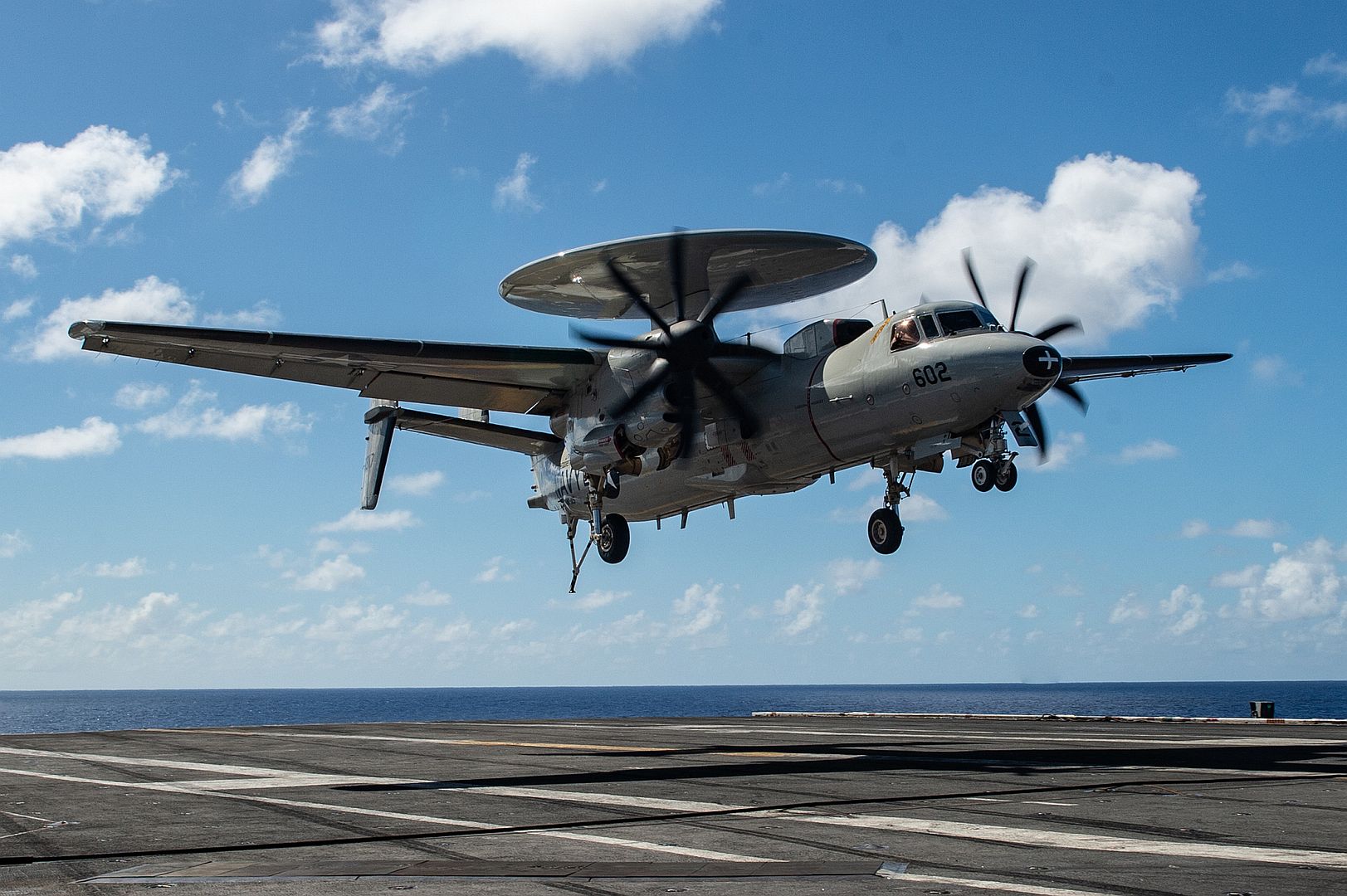
PACIFIC OCEAN (Feb. 24, 2021) – An F/A-18E Super Hornet, assigned to the “Tomcatters” of Strike Fighter Squadron (VFA) 31, makes an arrested landing on the flight deck of the aircraft carrier USS Theodore Roosevelt (CVN 71) Feb. 24, 2021. The Theodore Roosevelt Carrier Strike Group is on a scheduled deployment to the U.S. 7th Fleet area of operations. As the U.S. Navy’s largest forward-deployed fleet, 7th Fleet routinely operates and interacts with 35 maritime nations while conducting missions to preserve and protect a free and open Indo-Pacific Region. (U.S. Navy photo by Mass Communication Specialist Seaman Faith McCollum)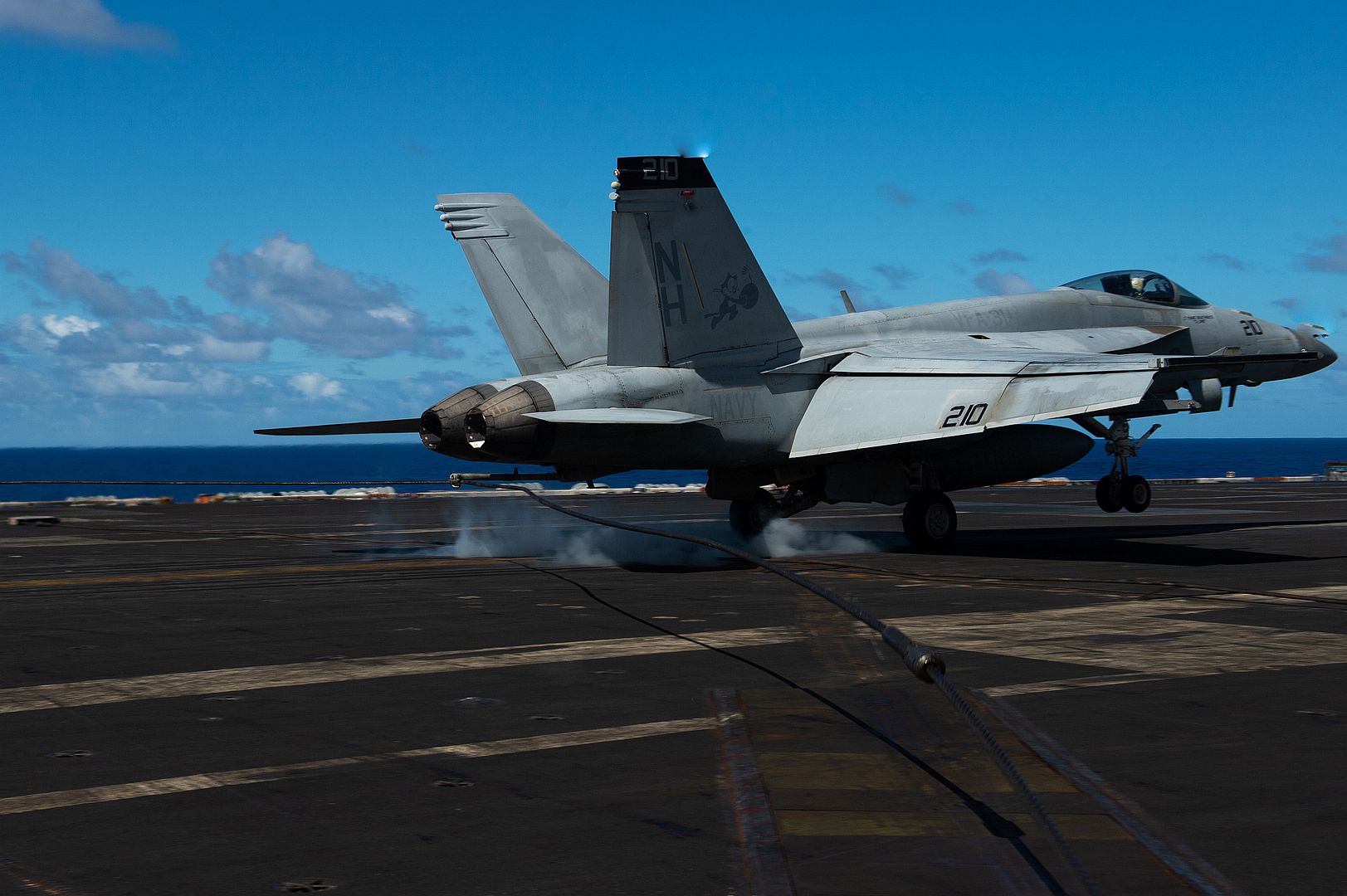
El Centro, Calif. (Feb. 24, 2021) Sailors attached to The U.S. Navy Flight Demonstration Squadron, the Blue Angels, conduct routine prep and show-clean onboard Naval Air Facility (NAF) El Centro February 24, 2021. The U.S. Navy Flight Demonstration Squadron, the Blue Angels, and the U.S. Air Force Air Demonstration Squadron, the Thunderbirds, will conduct 2nd Annual Joint Training onboard Naval Air Facility (NAF) El Centro, February 24- March 3, to trade best practices and lessons learned in preparation for the 2021 show season. (U.S. Navy photo by Mass Communication Specialist 3rd Class Drew Verbis)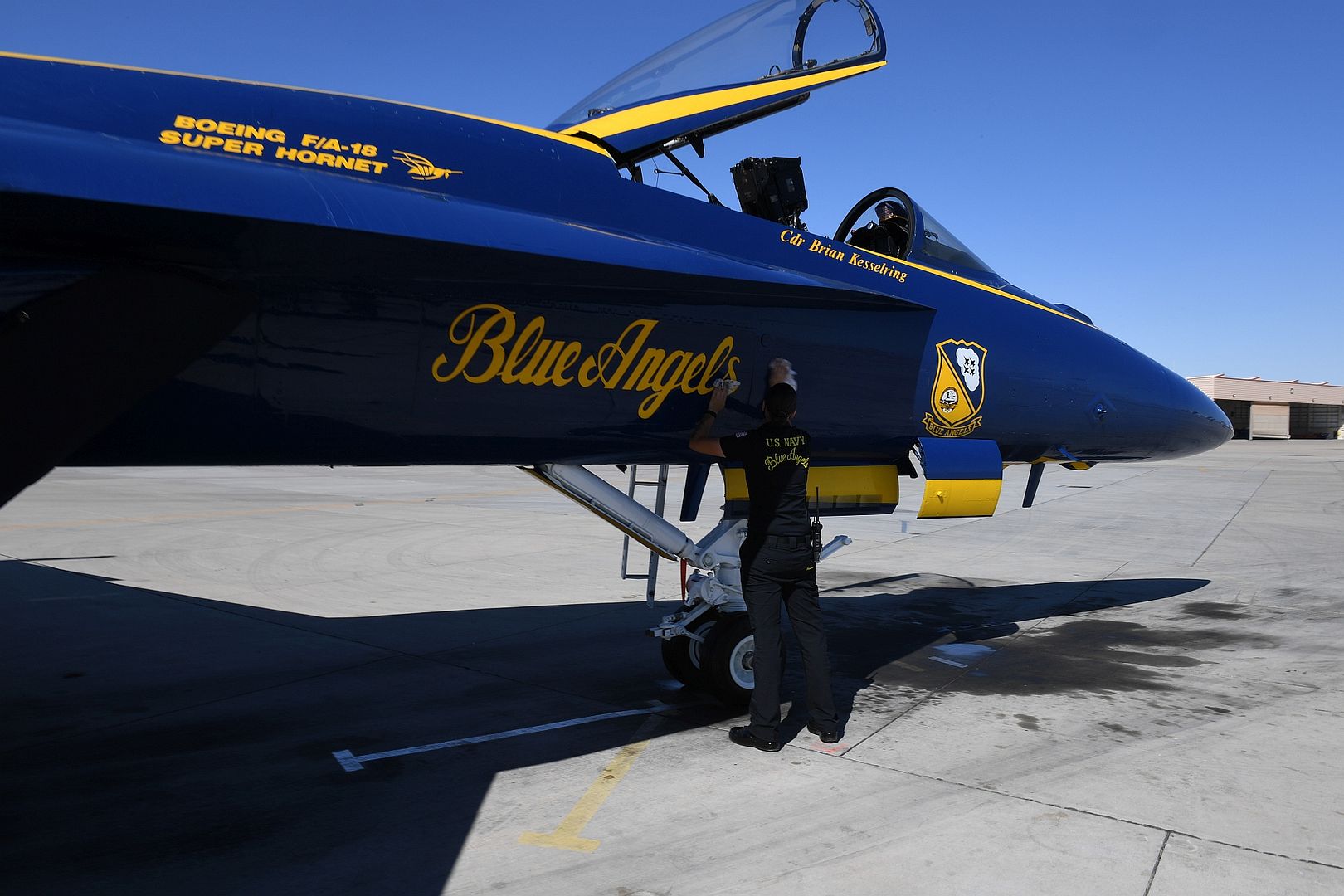
El Centro, Calif. (Feb. 24, 2021) The U.S. Navy Flight Demonstration Squadron, the Blue Angels, and the U.S. Air Force Air Demonstration Squadron, the Thunderbirds, will conduct an information exchange onboard Naval Air Facility (NAF) El Centro, February 24- March 3, to trade best practices and lessons learned in preparation for the 2021 show season. (U.S. Navy photo by Mass Communication Specialist 3rd Class Drew Verbis)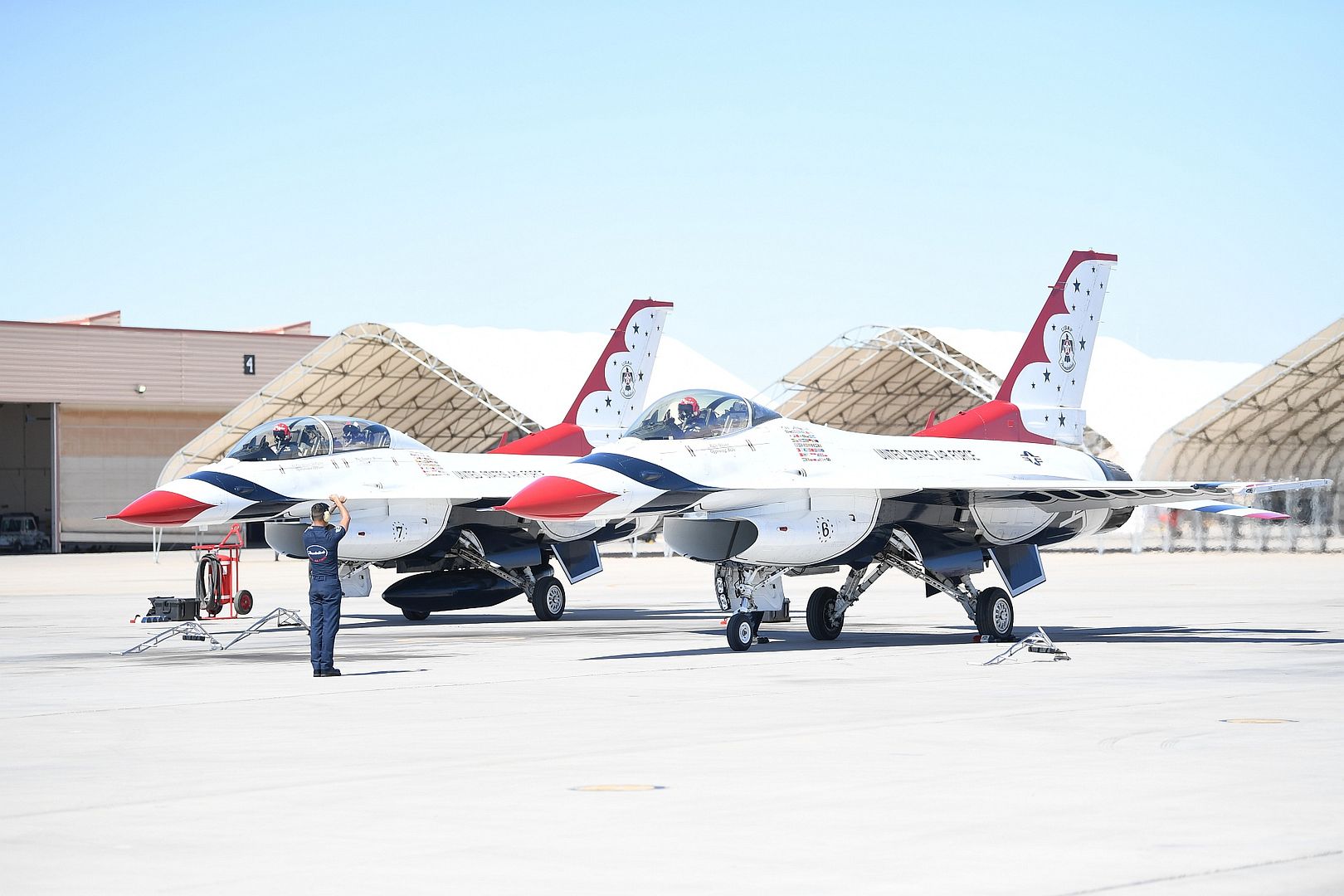
A B-52H Stratofortress idles as Airmen get ready to fly at Minot Air Force Base, North Dakota, Feb. 24, 2021. The bomber is capable of flying at high subsonic speeds at altitudes up to 50,000 feet (15,166.6 meters). It can carry nuclear or precision guided conventional ordnance with worldwide precision navigation capability. (U.S. Air Force photos by Senior Airman Dillon J. Audit)
An F-15E Strike Eagle assigned to the 492nd Fighter Squadron takes off at Royal Air Force Lakenheath, England, in support of an Estonian Independence Day multinational flyover Feb. 24, 2021. The 48th Fighter Wing is committed to strengthening the United States partnership with Estonia, and to our common goal of strengthening the NATO alliance. (U.S. Air Force photo by Airman 1st Class Jessi Monte)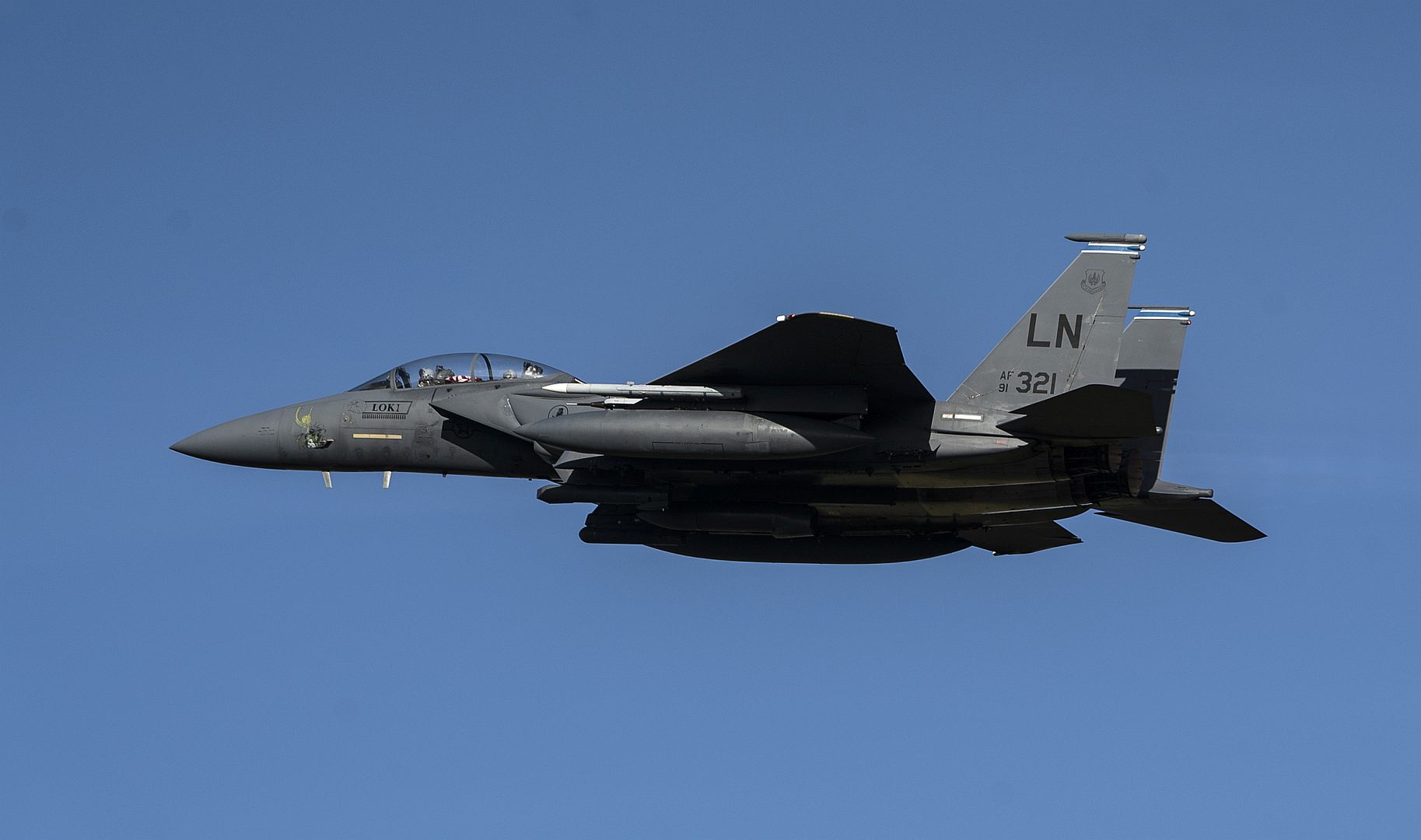
WICHITA, Kan. (Feb. 25, 2021) – Textron Aviation announced today it recently delivered a Beechcraft King Air 350i aircraft equipped with multiple special mission modifications to Japcon Incorporated. The modifications include a removable, belly-mounted Forward-Looking Infrared (FLIR) installation, forward executive cabin, communications equipment and racks. After further modifications in Japan including a medical configuration, the King Air 350i will enter service as a liaison/reconnaissance (LR-2) aircraft, and will be owned and operated by the Japan Ground Self Defense Force (JGSDF).
The Beechcraft King Air 350i is designed and manufactured by Textron Aviation Inc., a Textron Inc. (NYSE:TXT) company.
“We are honored to expand our relationship with the JGSDF. This aircraft will join a fleet of seven other LR-2 King Air 350 turboprops, which has provided reliable service for more than 20 years,” said Bob Gibbs, vice president, Special Mission Sales for Textron Aviation.
The LR-2 is the JGSDF’s only fleet of fixed-wing aircraft. The LR-2 provides transportation between airfields throughout Japan, especially when transporting emergency patients from remote islands. In addition to a reconnaissance camera, the new LR-2 aircraft is equipped with devices for video transmission and infrared night-vision to enhance its capacity to collect visual information. The aircraft will be operated by the Renraku Teisatsu Hikotai, a JGSDF Communication and Reconnaissance Squadron, based at Kisarazu Airfield in the Chiba Prefecture.
“The LR-2 fleet has been serving an enduring mission by providing transport, reconnaissance, and medical evacuation operations in Japan,” said Gibbs. “When the JGSDF needed a modern aircraft with low direct operating costs, it again chose the Beechcraft King Air 350 platform.”
About the King Air 350i
The Beechcraft King Air 350i surpasses its predecessor’s high-caliber performance with more payload capability and range, a quieter interior with standard Wi-Fi. Two Pratt & Whitney Canada PT6A-60A engines with Hartzell four blade propellers power the King Air 350i aircraft, and a fully integrated Collins Aerospace Pro Line Fusion digital avionics suite provides pilot(s) with state-of-the-art touchscreen controls.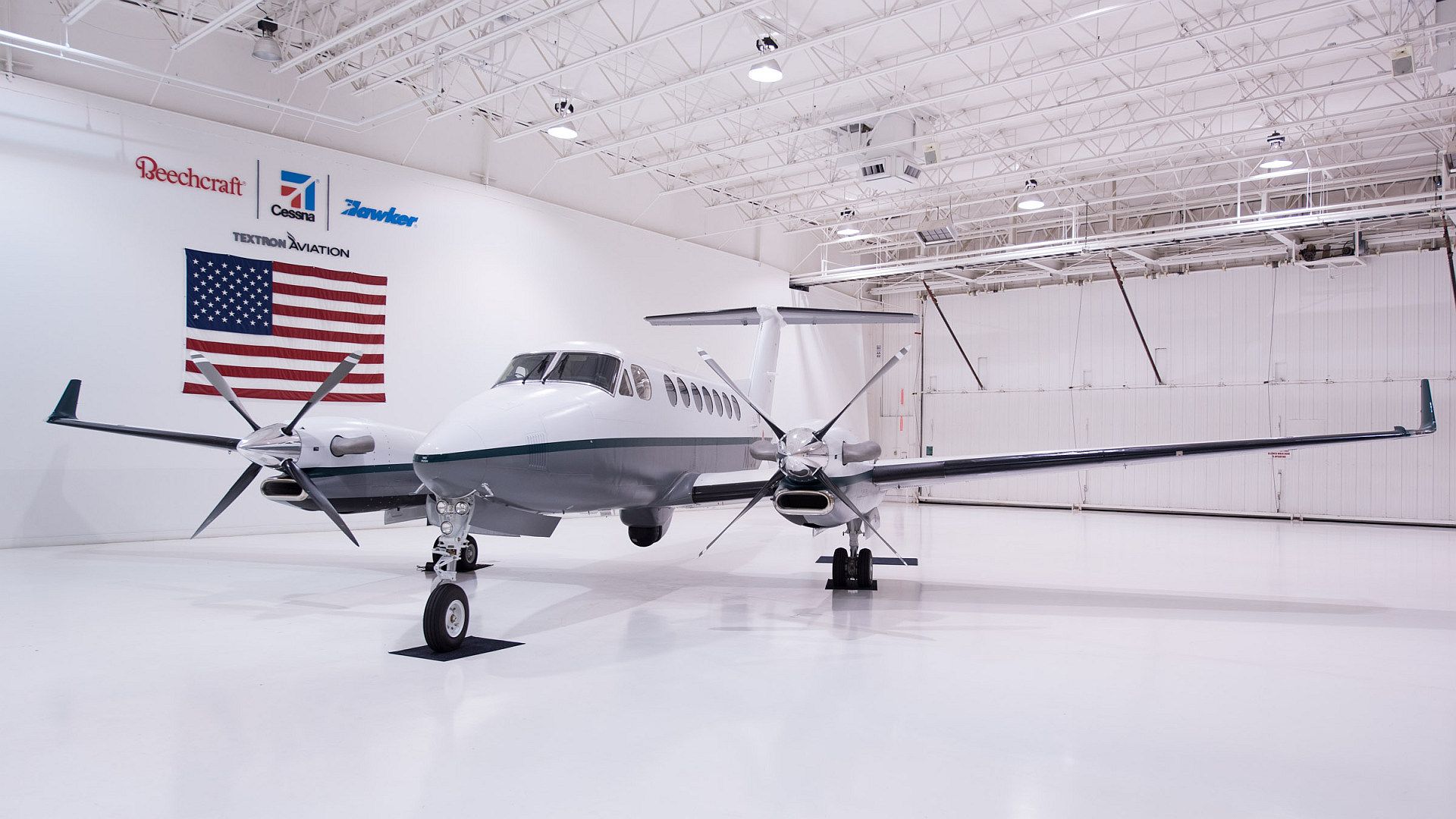
A Voyager from RAF Brize Norton in Oxfordshire delivered the first consignment of the Oxford AstraZeneca vaccine yesterday to RAF Akrotiri
The first jabs will be given to frontline health care workers and the most vulnerable members of British Forces Cyprus next week. The British Bases have confirmed that its vaccination programme will begin on 1st March with individuals falling into vulnerable groups offered the vaccine first.
The AstraZeneca vaccine was flown into RAF Akrotiri on Wednesday and will be administered in a phased process, following guidelines set by the Joint Committee on Vaccination and Immunisation in the UK.
-
 Main Admin02.24.2021
Main Admin02.24.2021
An AH-64 Apache helicopter with 12th Combat Aviation Brigade, "Wings of Victory," arrives on the U.S. Airfield at the Maneuver Training Area, Baumholder, Germany, Feb. 15 thru March 1, 2021. (U.S. Army photo by Visual Information Specialist Ruediger Hess)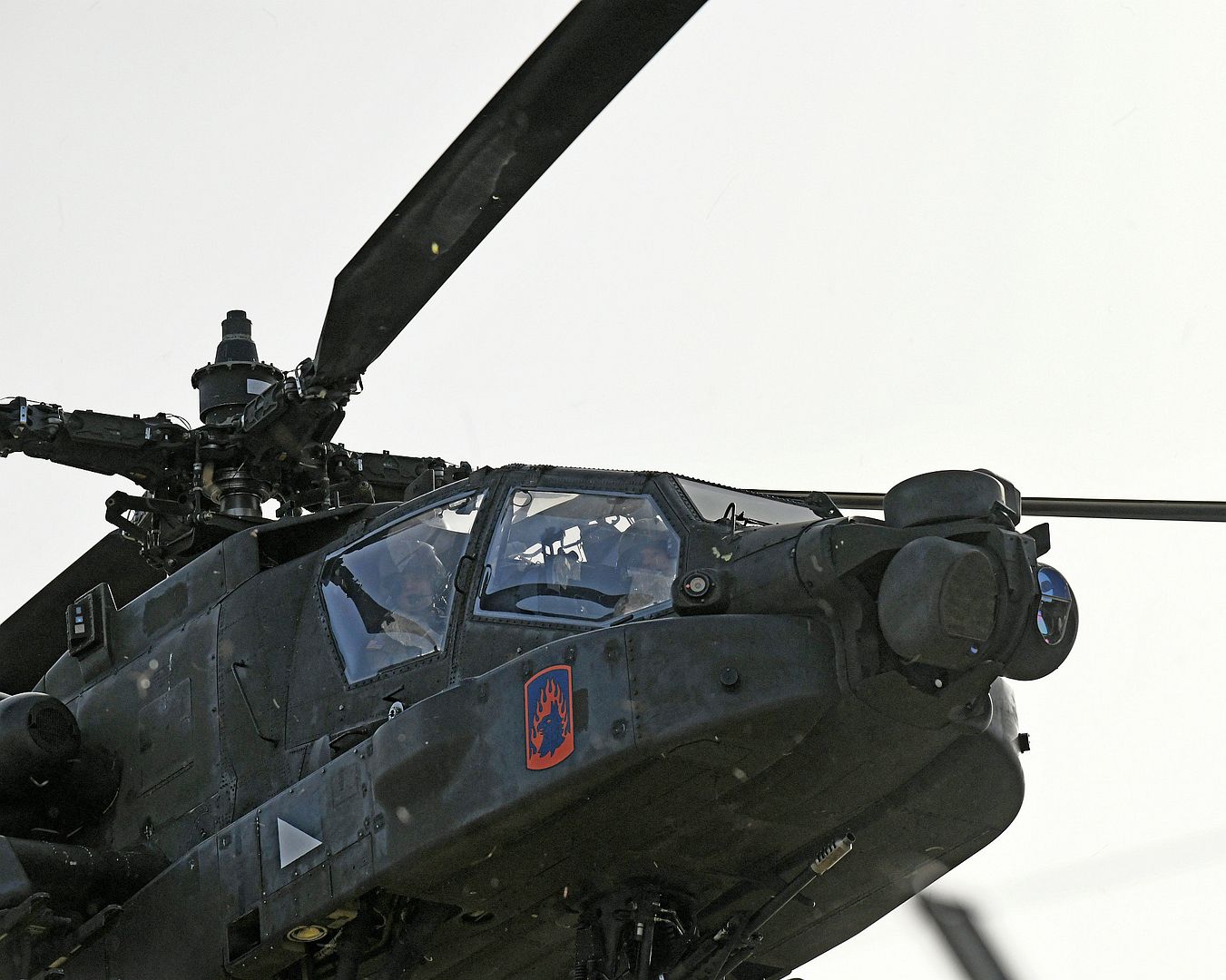
PACIFIC OCEAN (Feb. 24, 2021) An F/A-18E Super Hornet, from the "Kestrels" of Strike Fighter Squadron (VFA) 137, launches off the flight deck of the aircraft carrier USS Nimitz (CVN 68). Nimitz, flagship of Nimitz Carrier Strike Group, is currently conducting routine operations in U.S. Third Fleet. (U.S. Navy photo by Mass Communication Specialist 3rd Class Elliot Schaudt/Released)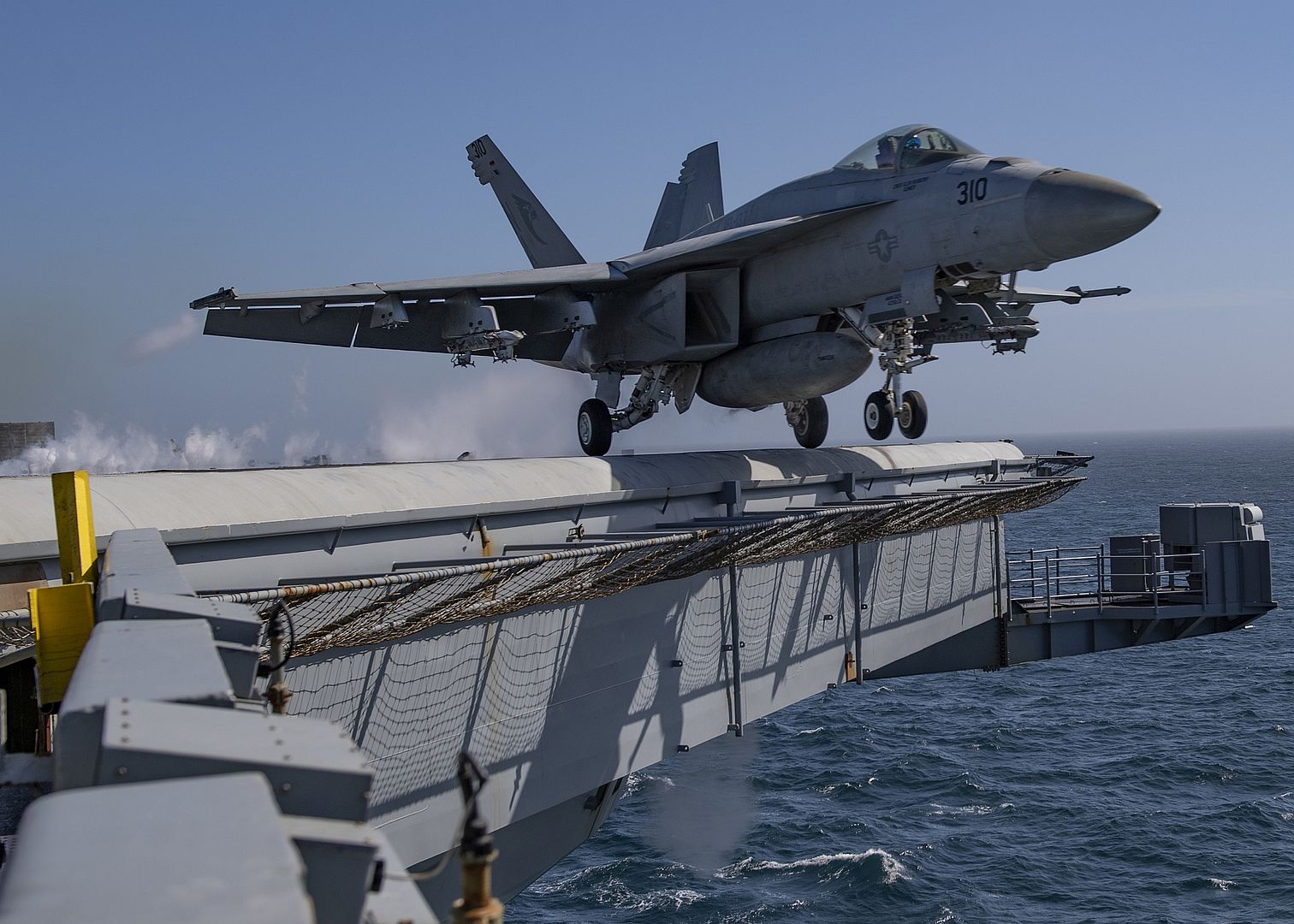
United Kingdom Royal Navy test pilot, Lt. Cdr. Barry “Baz” Pilkington, Pax River F-35 Integrated Test Force, conducts an aerial refueling flight in an F-35C, Feb. 24, 2021 from Naval Air Station Patuxent River, Maryland.
(Photos by Kyra Helwick)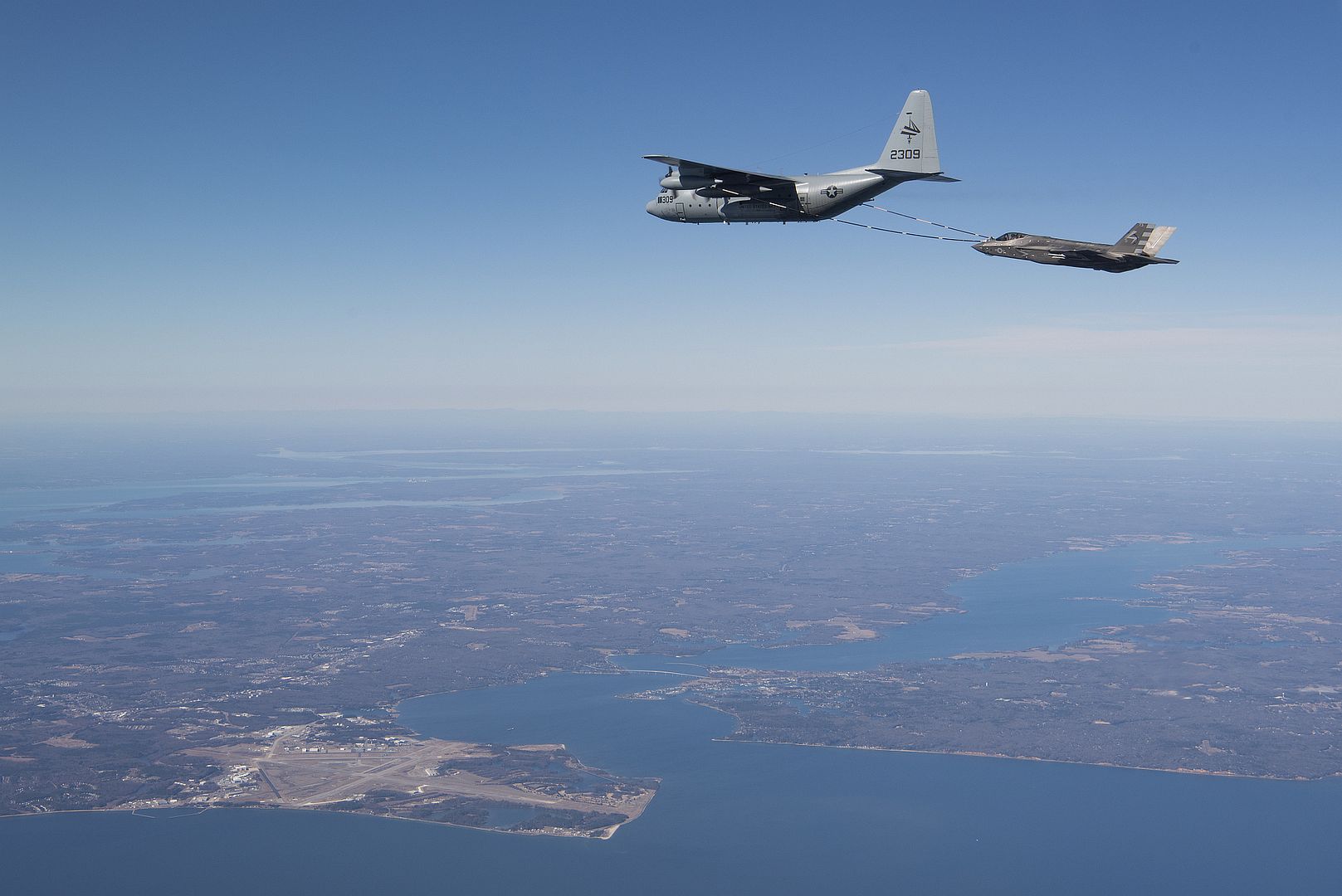
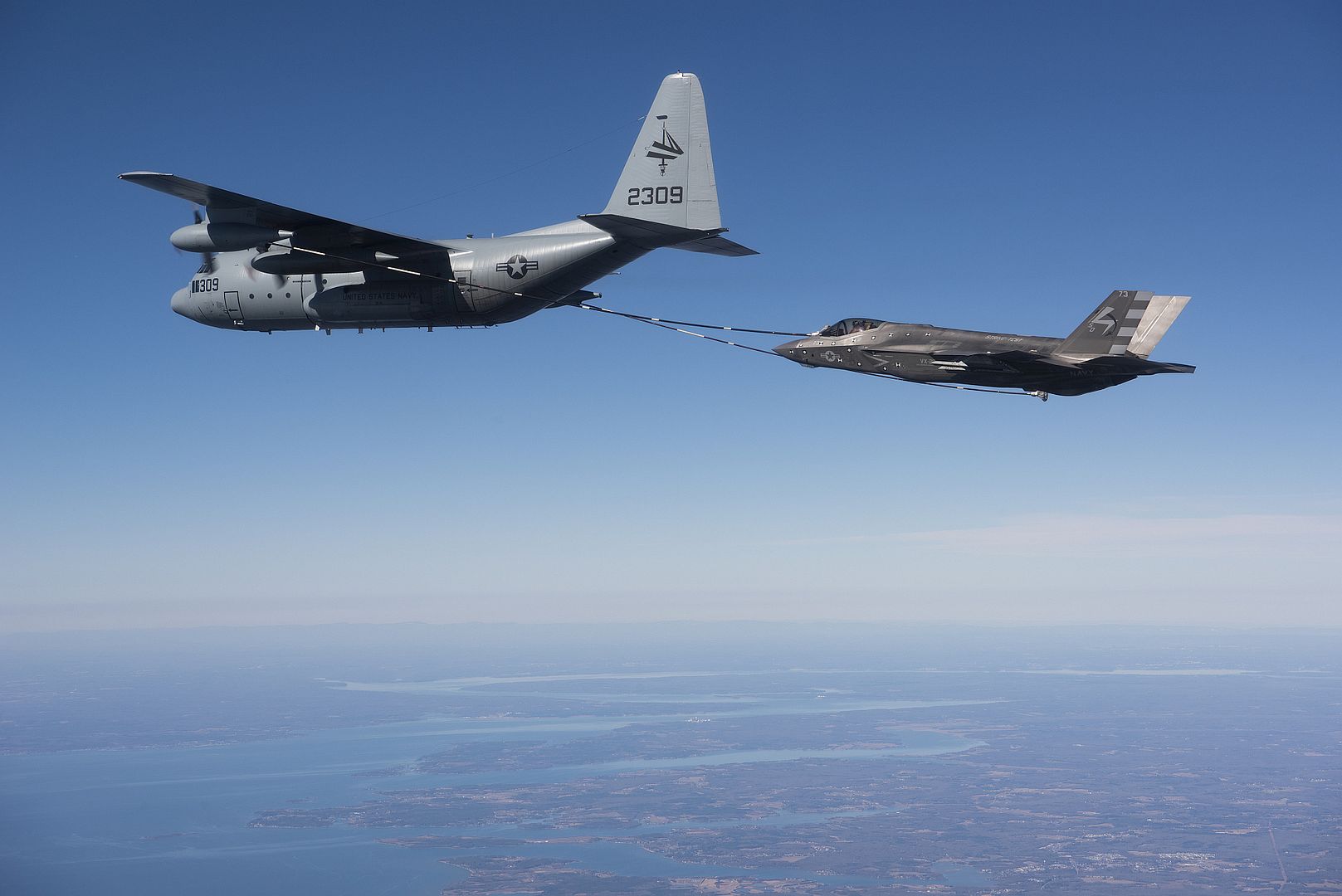

A Special Operations Command-Europe MC-130J Commando II assigned to the 352d Special Operations Wing, performs a helicopter air-to-air refueling with an Armée de l'Air et de l’Espace (French Air and Space Force) EC725 Caracal on February 25, 2021. This 352 SOW air refueling capability enables NATO allies and partners to fly long distances without landing, ensuring they are postured to execute global response operations. (U.S. Air Force photos by Master Sgt. Roidan Carlson)
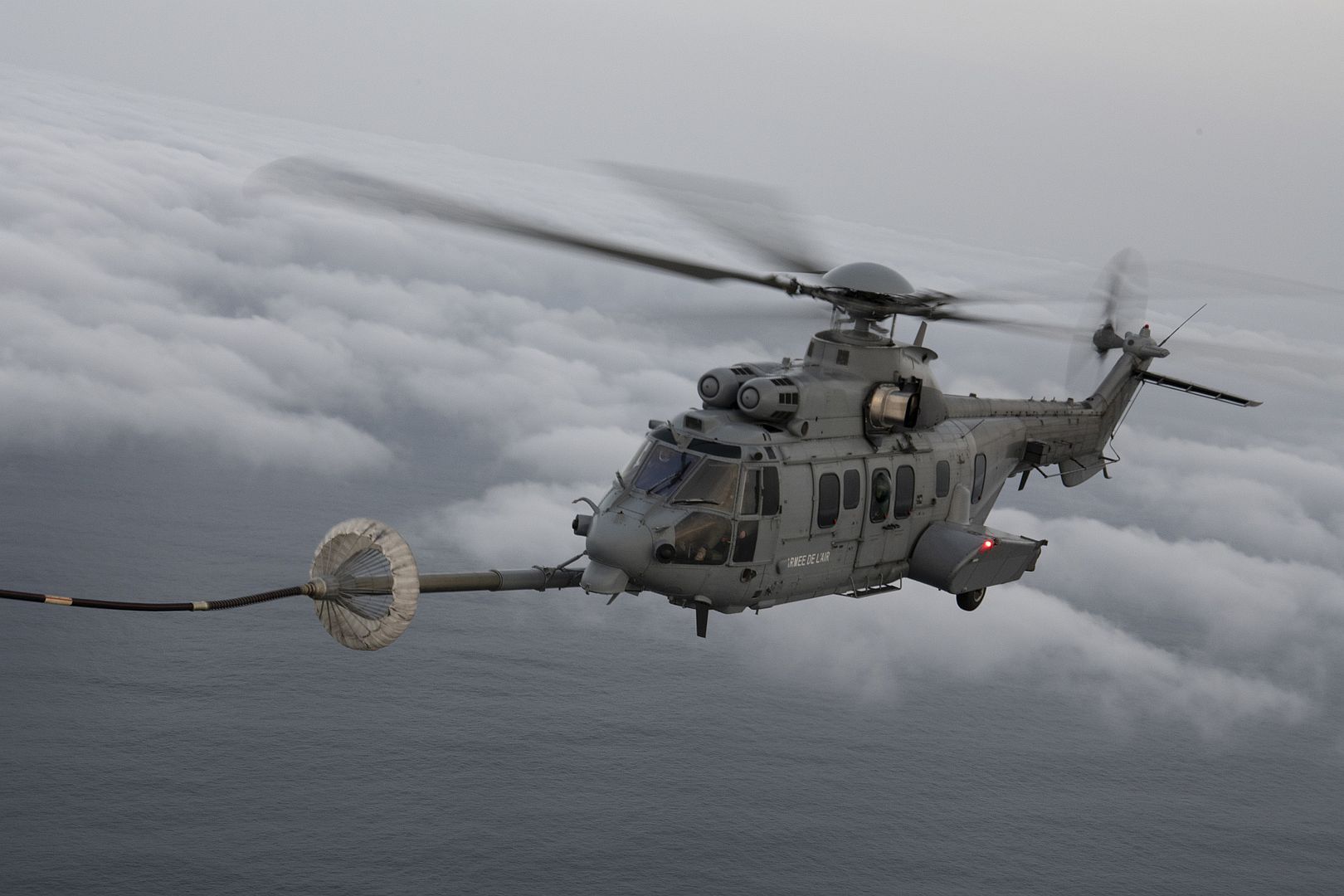
An RAF Sentinel R1 aircraft has carried out the last operational flight of the aircraft type from RAF Waddington
after 14 years of service. The aircraft, operated by V (AC) Squadron, have flown circa 32,300 hours conducting approximately 4,870 sorties during its service life.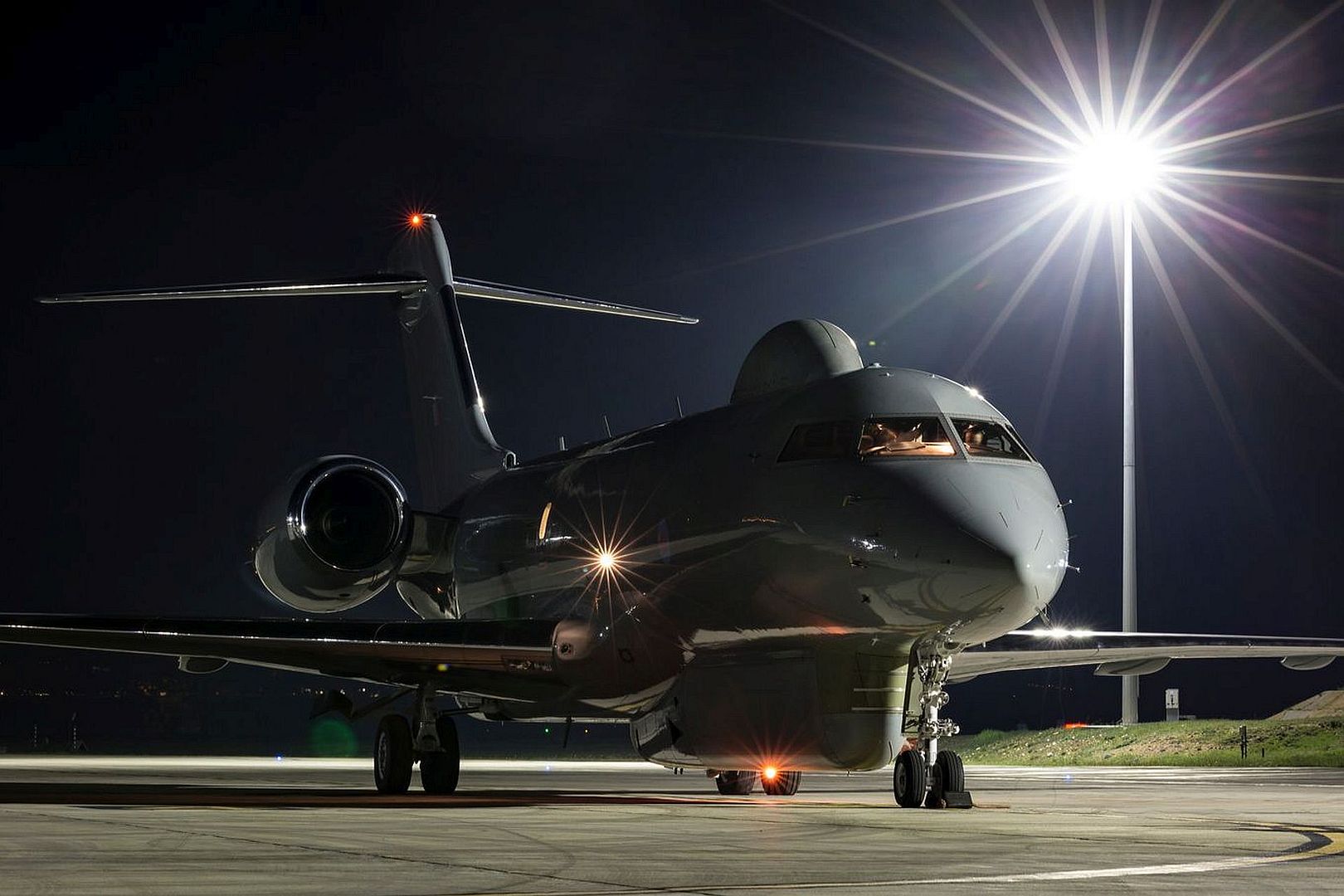
The withdrawal from service was first announced as part of the 2015 Strategic Defence and Security Review and the UK continues to invest heavily in NATO ISTAR capabilities, not least Maritime Surveillance (Poseidon), Airborne Early Warning and Control (E-7 Wedgetail), Armed ISTAR (Protector), Rivet Joint and Shadow – all of which have either entered service or will do in the near-term.
The Sentinel aircraft was commissioned through engineering firm Raytheon to provide an Airborne Stand-off Radar (ASTOR) system and first saw service during Operation HERRICK in 2008. Five aircraft were acquired and V (AC) Squadron was reformed to operate the aircraft.
(photos courtesy of the MOD)
This week, a C-135 from the 4/31 ′′ Sologne ′′ flight supply squadron completed an in-flight supply of four F-35 s. Royal Norwegian Air Force. As part of their NATO Air Policing contract, this mission underlines the importance of operational cooperation between two countries allowing crew qualifications to be maintained and capacity-building interoperability.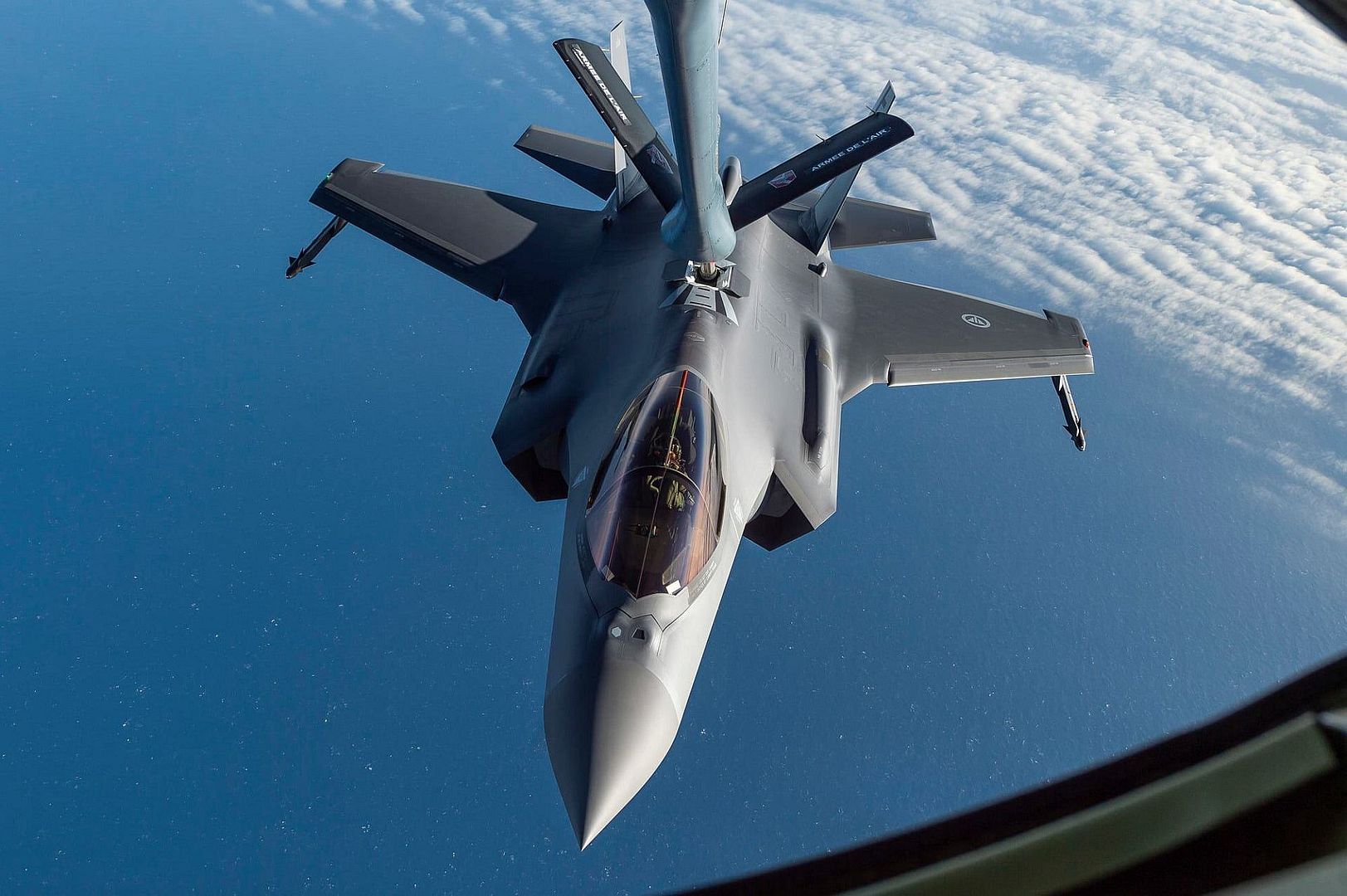
The Air and Space Army and the have already participated in joint multinational exercises like the Trident Juncture, or the Artic Challenge Exercise (ACE). In June 2021, a new edition of the ACE is scheduled to take place in Bod ø, Norway, with the participation of 30 Fighter Wing.
(Photos courtesy of the Armée de l'Air et de l'Espace)
-
 Main AdminBAB EL-MANDEB STRAIT (Feb. 27, 2021) – A U.S. Marine Corps UH-1Y Venom attached to Marine Medium Tiltrotor Squadron (Reinforced), 15th Marine Expeditionary Unit (MEU), flies alongside amphibious transport dock ship USS Somerset (LPD 25) during a Bab el-Mandeb Strait transit, Feb. 27. Somerset, part of the Makin Island Amphibious Ready Group, and the 15th MEU are deployed to the U.S. 5th Fleet area of operations in support of naval operations to ensure maritime stability and security in the Central Region, connecting the Mediterranean and Pacific through the western Indian Ocean and three strategic choke points. (U.S. Marine Corps photo by Lance Cpl. Brendan Mullin)
Main AdminBAB EL-MANDEB STRAIT (Feb. 27, 2021) – A U.S. Marine Corps UH-1Y Venom attached to Marine Medium Tiltrotor Squadron (Reinforced), 15th Marine Expeditionary Unit (MEU), flies alongside amphibious transport dock ship USS Somerset (LPD 25) during a Bab el-Mandeb Strait transit, Feb. 27. Somerset, part of the Makin Island Amphibious Ready Group, and the 15th MEU are deployed to the U.S. 5th Fleet area of operations in support of naval operations to ensure maritime stability and security in the Central Region, connecting the Mediterranean and Pacific through the western Indian Ocean and three strategic choke points. (U.S. Marine Corps photo by Lance Cpl. Brendan Mullin)
PACIFIC OCEAN (Feb. 27, 2021) – F/A-18F Super Hornets, assigned to the “Black Knights” of Strike Fighter Squadron (VFA) 154, take off from the flight deck of the aircraft carrier USS Theodore Roosevelt (CVN 71) Feb. 27, 2021. The Theodore Roosevelt Carrier Strike Group is on a scheduled deployment to the U.S. 7th Fleet area of operations. As the U.S. Navy’s largest forward-deployed fleet, 7th Fleet routinely operates and interacts with 35 maritime nations while conducting missions to preserve and protect a free and open Indo-Pacific Region. (U.S. Navy photos by Mass Communication Specialist Seaman Apprentice Juan J. Ruiz-Lazcano)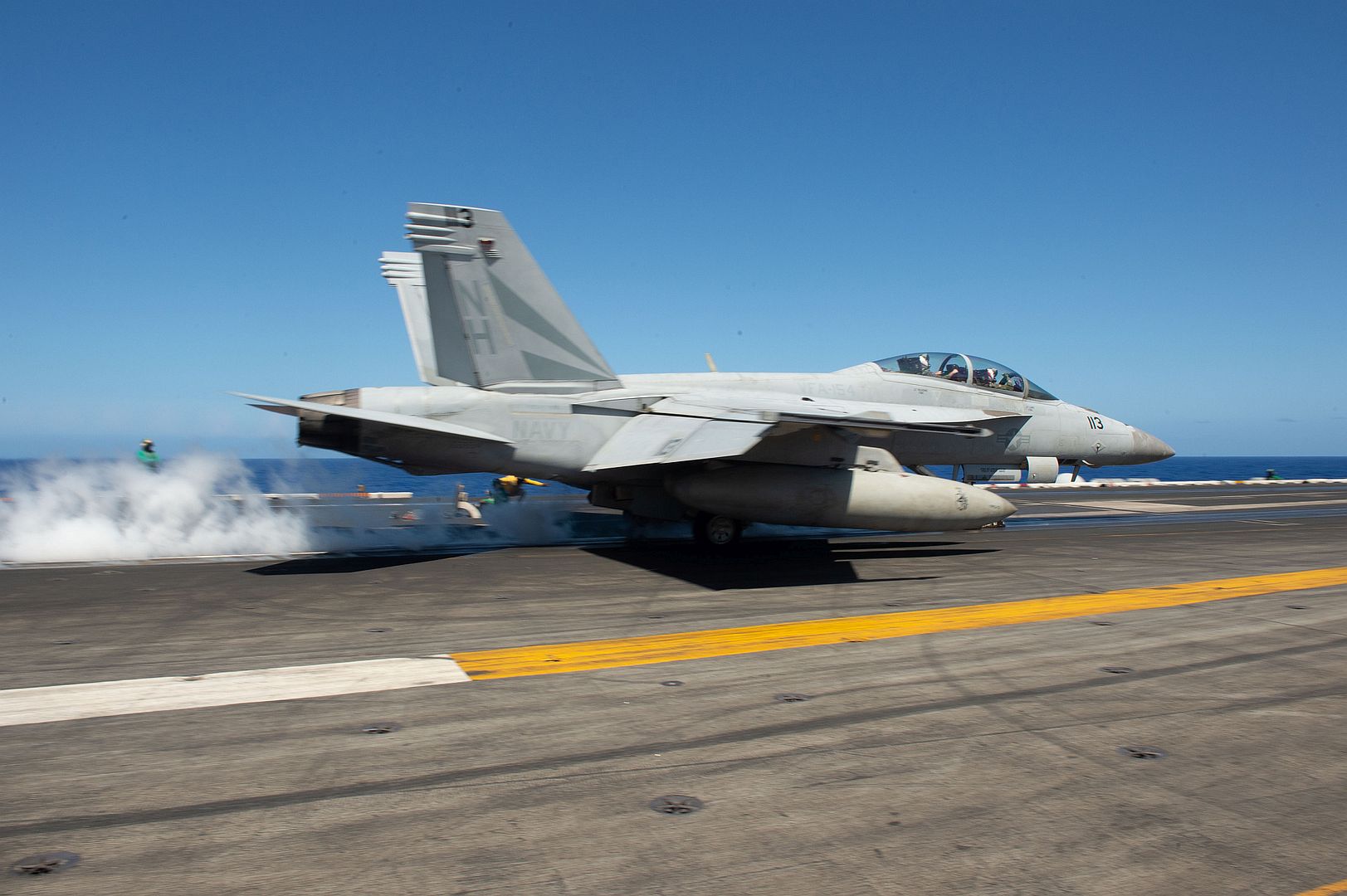
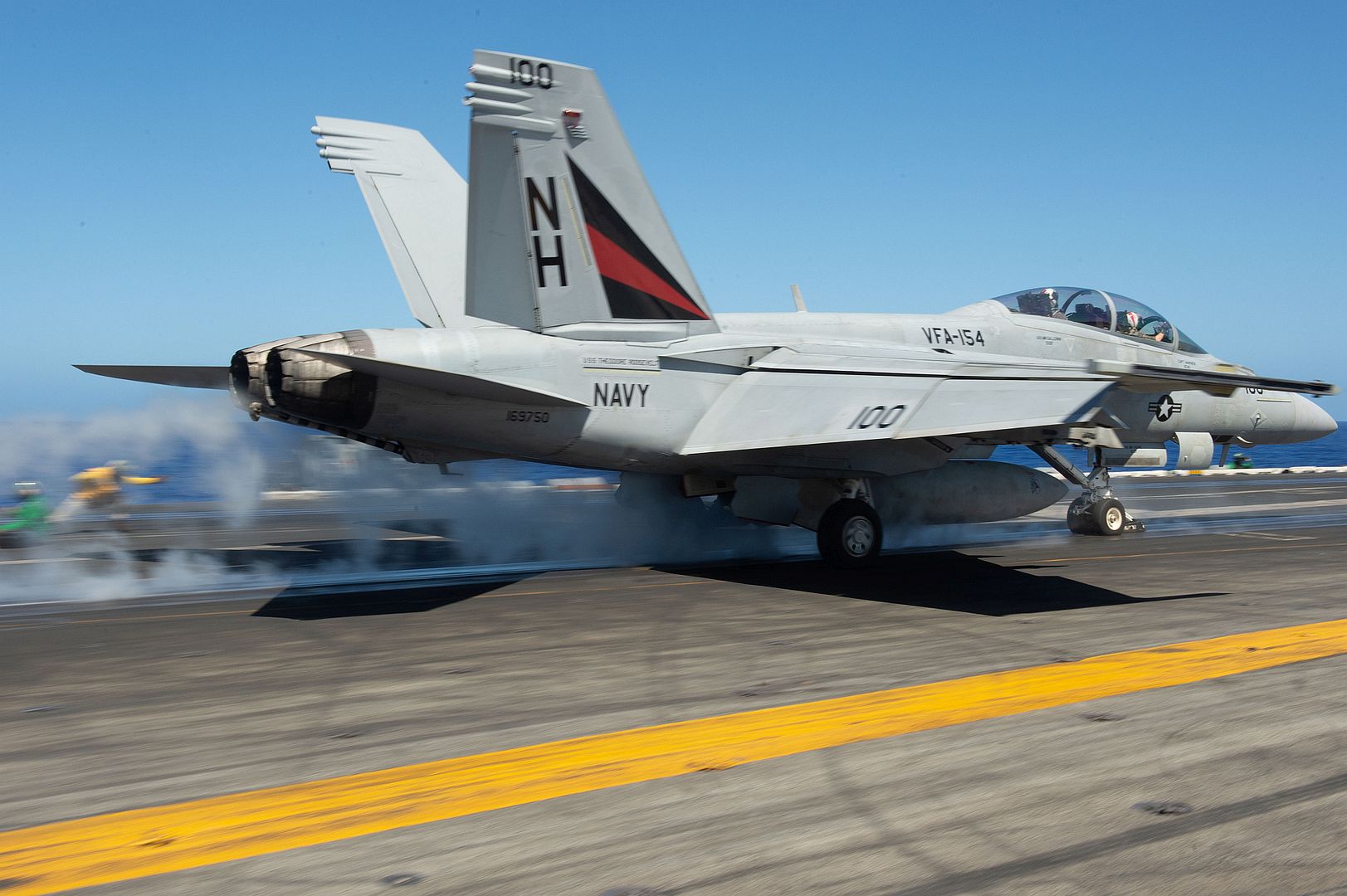
MISAWA, Japan (March 1, 2021) – A P-8A Poseidon, assigned to the “Fighting Tigers” of Patrol Squadron (VP) 8, takes off from Misawa Air Base. VP-8 is currently deployed to Naval Air Facility Misawa, Japan conducting maritime patrol and reconnaissance and theater outreach operations within U.S. 7th Fleet (C7F) area of operations in support of Commander, Task Force 72, C7F, and U.S. Indo-Pacific Command objectives throughout the region. (U.S. Navy photo by Mass Communication Specialist 2nd Class Jan David De Luna Mercado)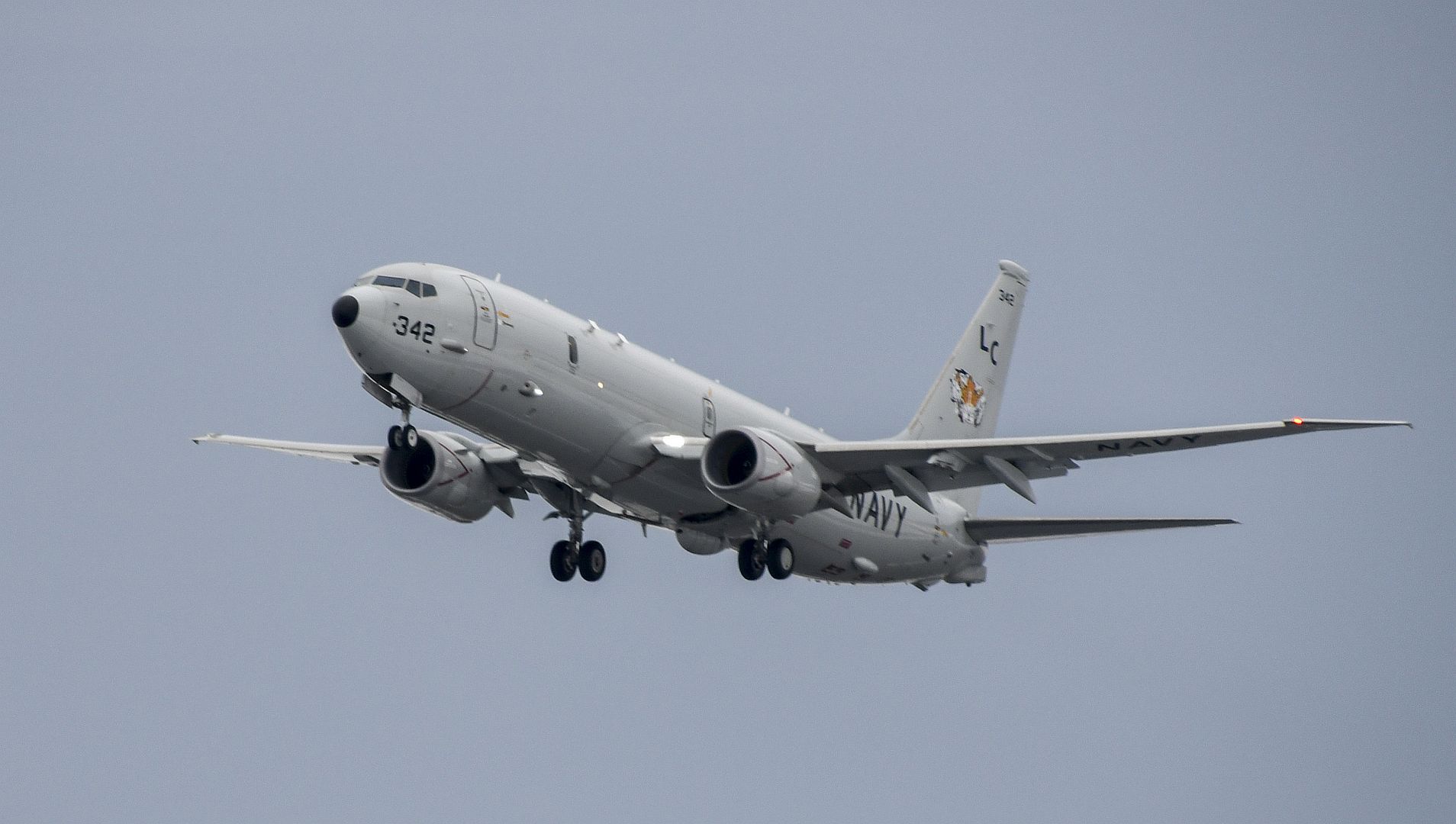
EL CENTRO, Calif. (Feb. 18, 2021) The U.S. Navy Flight Demonstration Squadron, the Blue Angels, perform the Line Abreast Loop maneuver during a training flight over Naval Air Facility (NAF) El Centro. The Blue Angels are conducting winter training at NAF El Centro, California, in preparation for the 2020 show season. The 2021 show season will be the Blue Angels’ first year flying the Super Hornet platform as well as the 75th anniversary of the team. (U.S. Navy photo by Mass Communication Specialist 2nd Class Cody Hendrix)
A U.S. Air Force F-15E Strike Eagle assigned to the 331st Expeditionary Fighter Squadron (EFS) flies over Southwest Asia, Feb. 24, 2021. The 331st EFS’s presence displayed security and stability within the U.S. Central Command area of responsibility. (U.S. Air Force photo by Senior Airman Bryan Guthrie)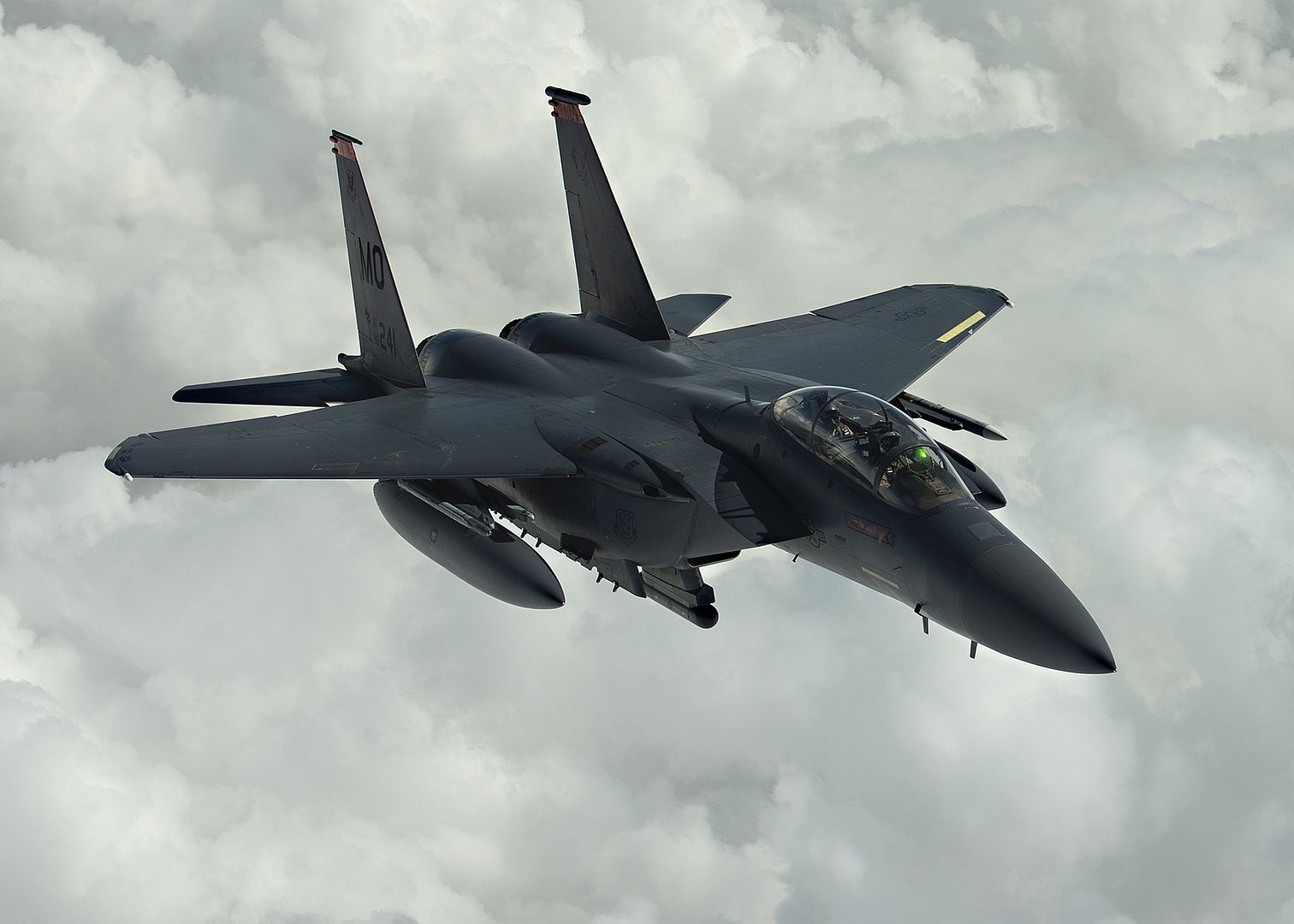
A U.S. Air Force F-16C Fighting Falcon assigned to the 77th Expeditionary Fighter Squadron flies over Southwest Asia, Feb. 24, 2021. The F-16C is a compact, highly maneuverable, multi-role aircraft that can carry out air-to-air and air-to-ground attacks. (U.S. Air Force photo by Senior Airman Bryan Guthrie)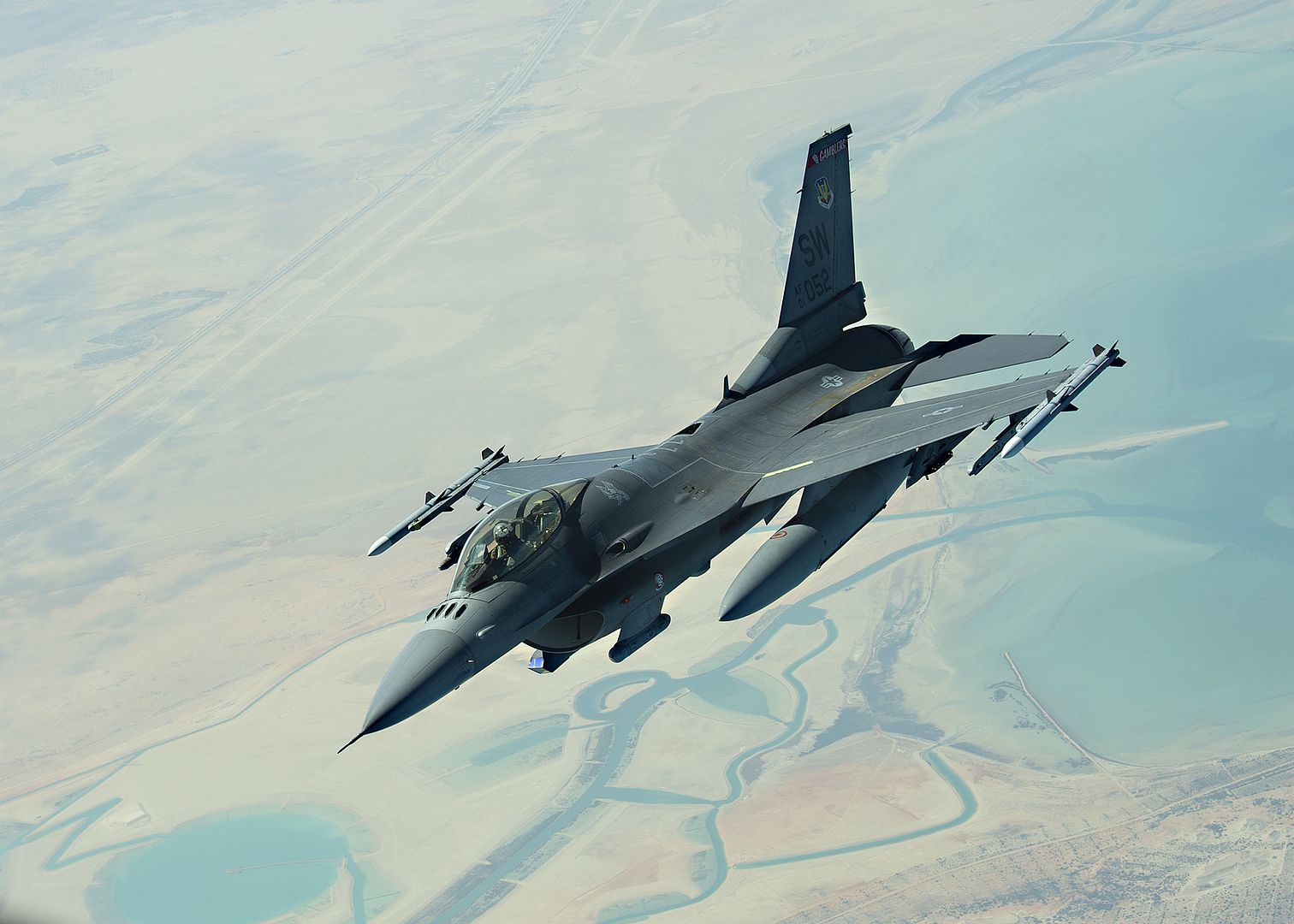
An F-16D Fighting Falcon from the 40th Flight Test Squadron prepares to drop four CSDBs for the second Golden Horde test mission near Holloman Air Force Base, New Mexico, Feb. 19, 2021. This test is designed to provide proof of concept for collaborative autonomous weapons. (U.S. Air Force photos by Tech. Sgt. John Raven)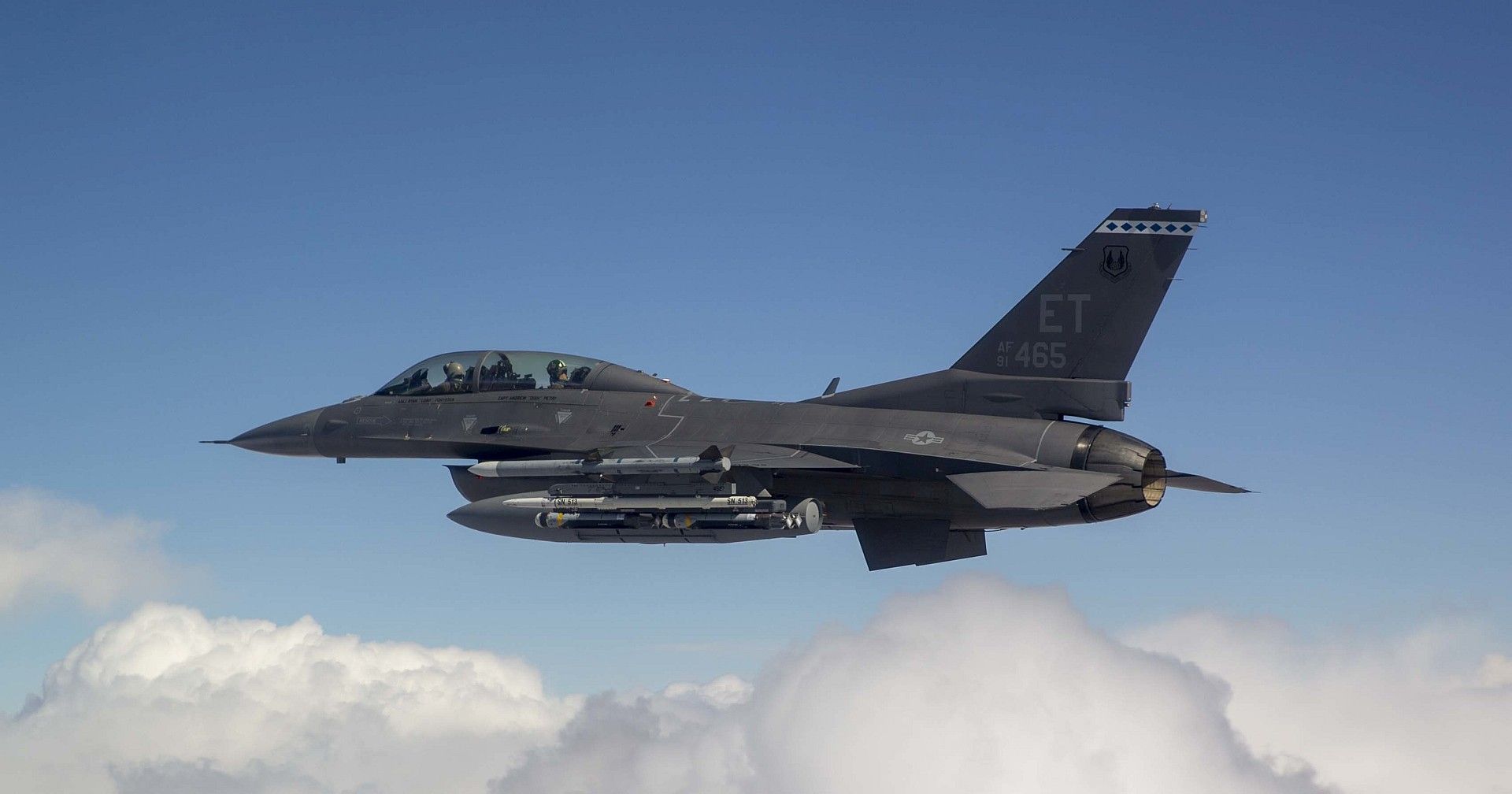
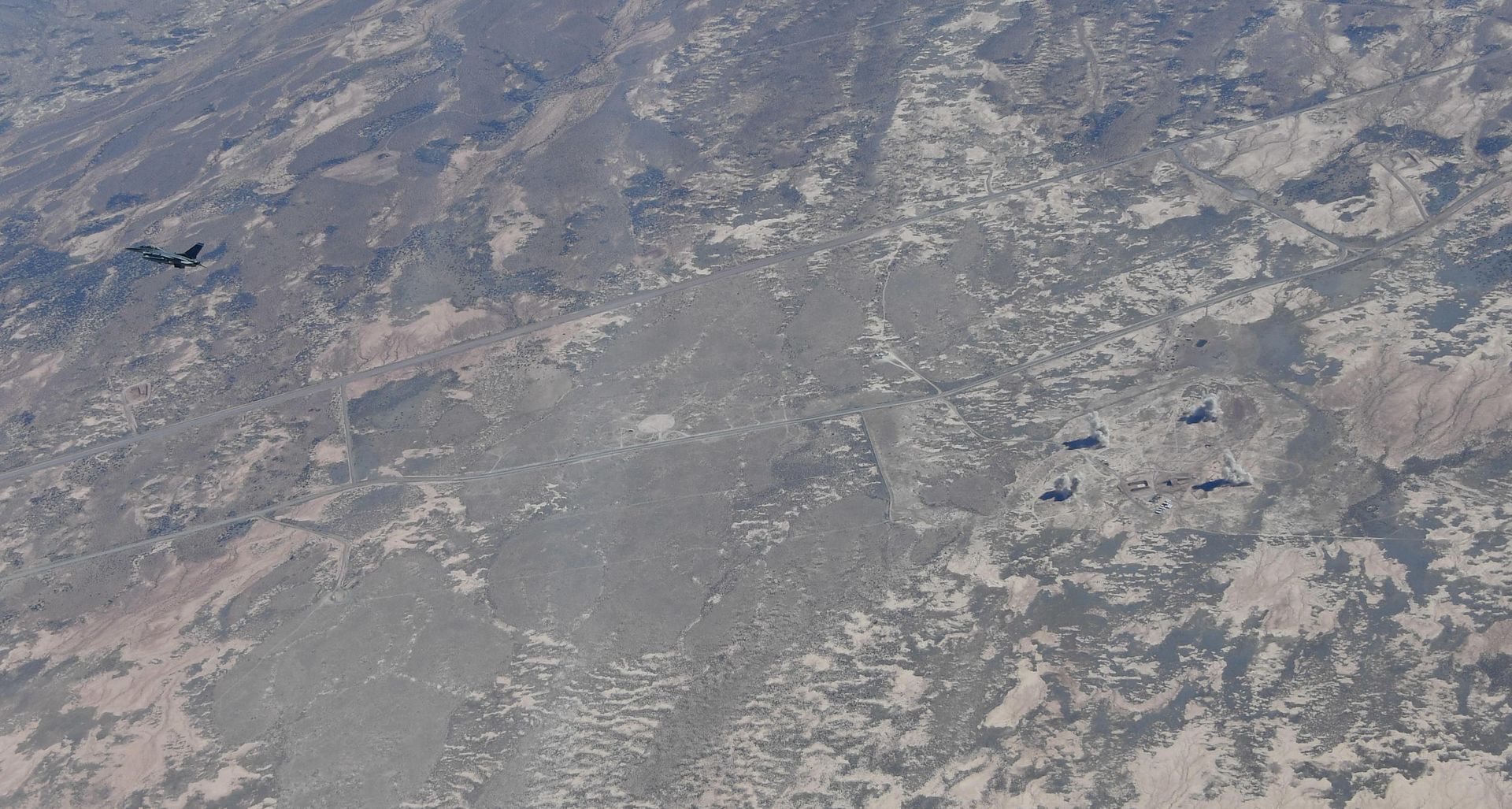
An F-35 Lightning II from the Defense Contract Maintenance Agency conducts its first flight and first tanking with a KC-135R Stratotanker from the 465th Air Refueling Squadron, Tinker Air Force Base, Oklahoma, Feb. 24, 2021. Once fully tested this F-35 will join the fleet at Eieslon Air Force Base, Alaska. (U.S. Air Force photo by Senior Airman Mary Begy)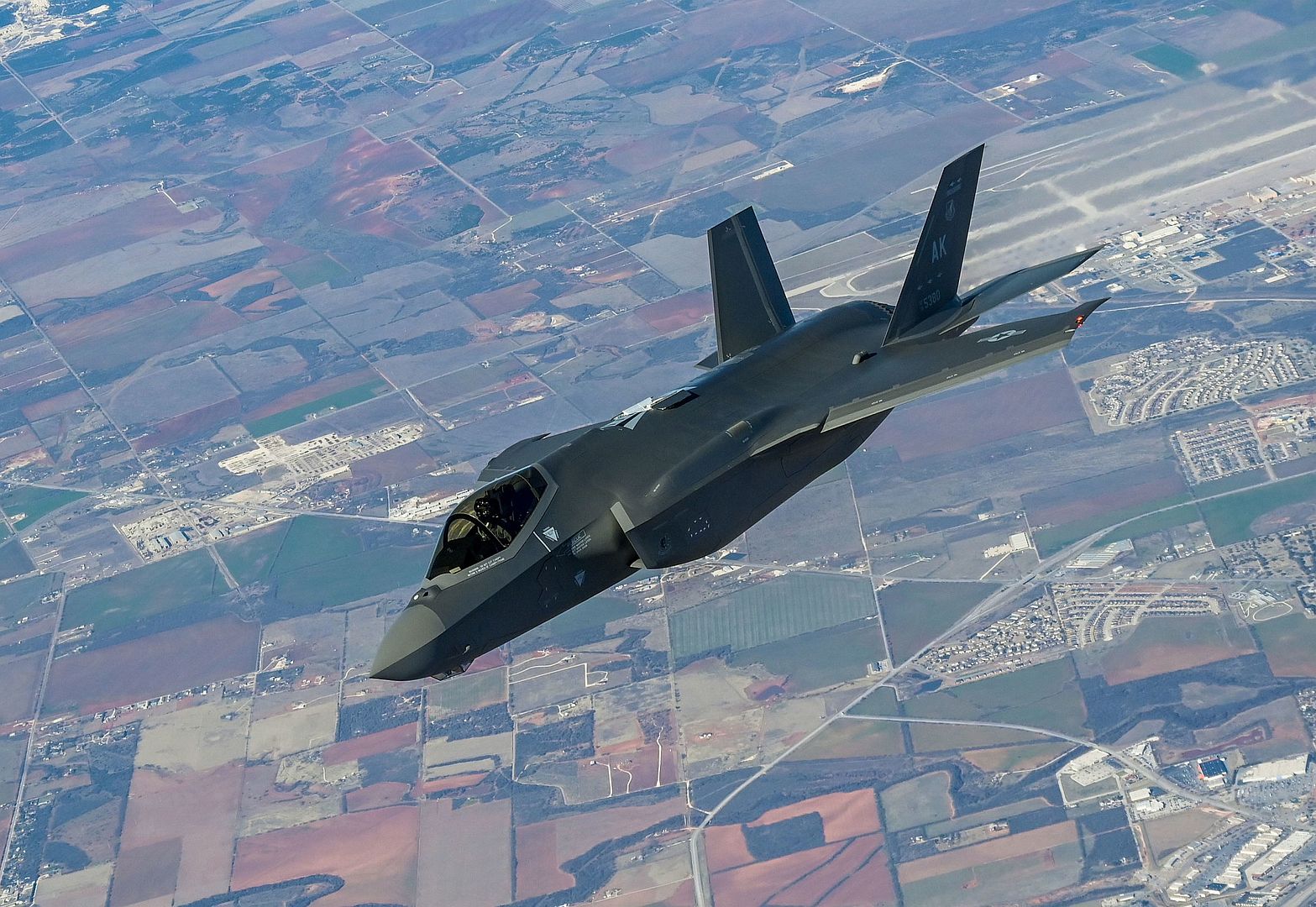
An F-15C Eagle assigned to the 493rd Fighter Squadron takes off at Royal Air Force Lakenheath, England, Feb. 26, 2021. Routine flying operations ensure the Liberty Wing is able to maintain combat readiness and safeguard U.S. national interests in the collective defense of its allies and partners. (U.S. Air Force photo by Airman 1st Class Jessi Monte)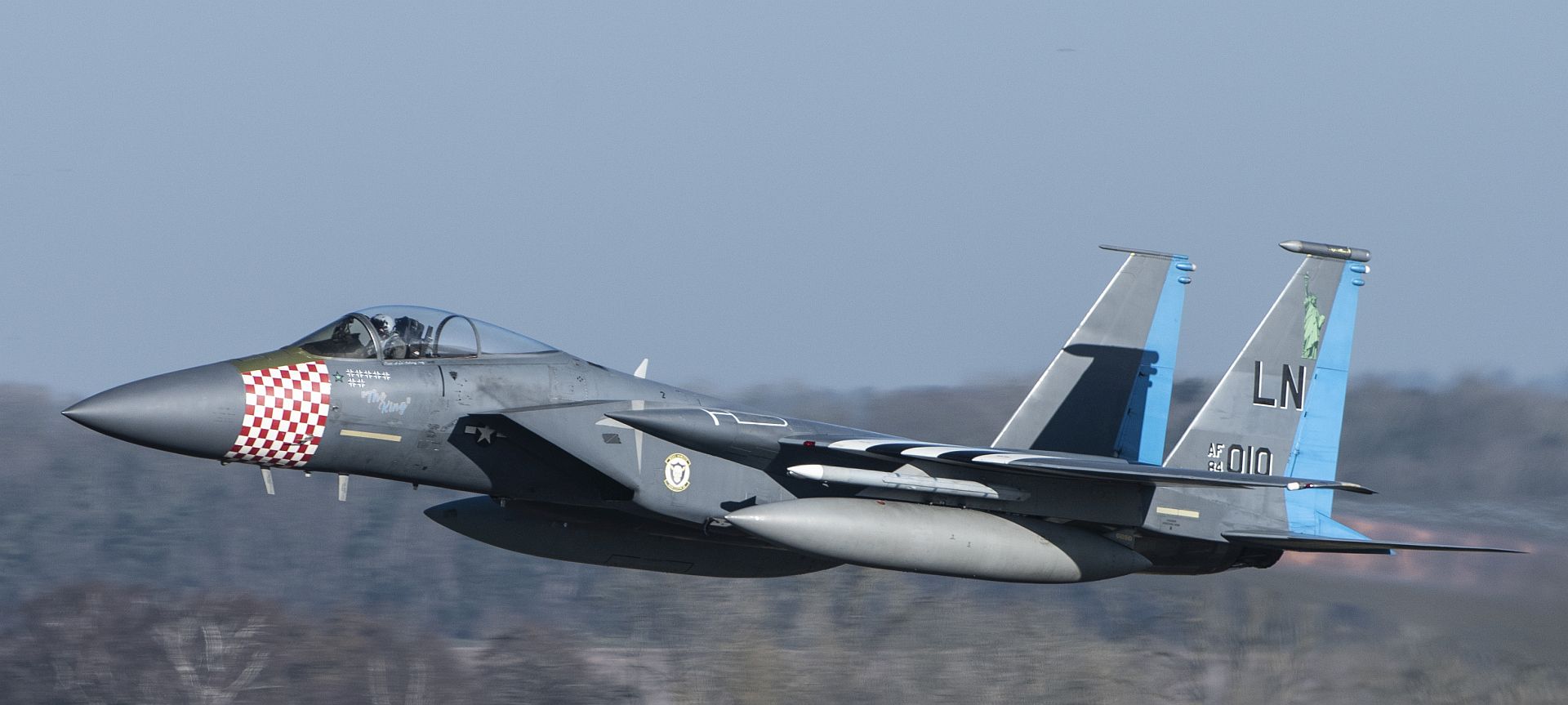
A U.S. Air Force F-15C Eagle, assigned to the 48th Fighter Wing, Royal Air Force Lakenheath, England, breaks away from a KC-135 Stratotanker aircraft from the 100th Air Refueling Wing, RAF Mildenhall, England, after receiving fuel during the Combined Joint All-Domain Command and Control demonstration off the Swedish coast, Feb. 25, 2021. These types of demonstrations showcase the U.S. commitment to strengthening relationships in the region for purposes of collective defense. (U.S. Air Force photo by Tech. Sgt. Emerson Nuñez)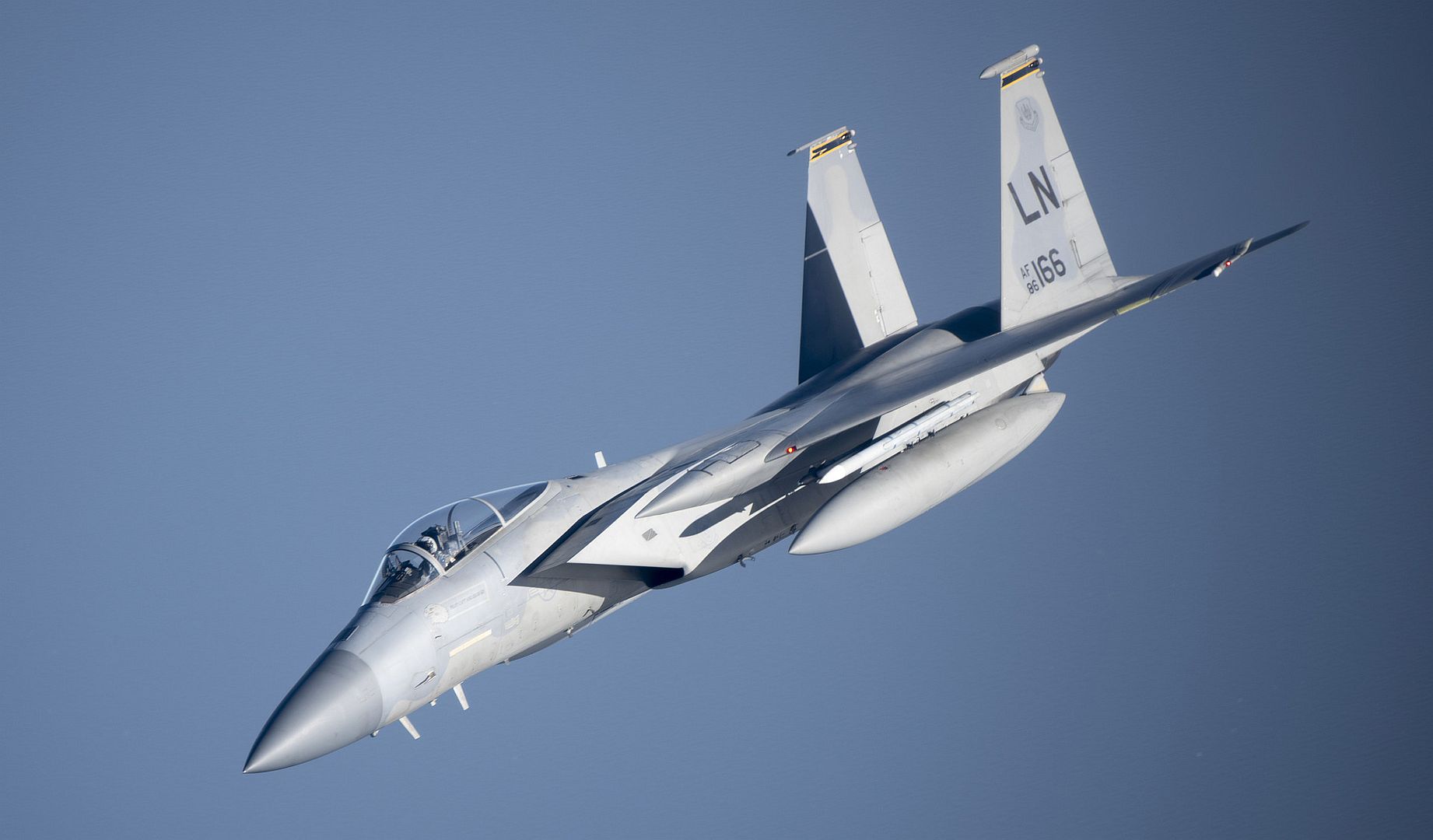
Aircrew assigned to the 9th Expeditionary Bomb Squadron perform pre-flight checks inside of the cockpit of a B-1B Lancer at Ørland Air Force Station, Norway, Feb. 26, 2021. Conducting Bomber Task Force Europe missions allows the 9th EBS to conduct ally and partner integration training while providing theater familiarization to B-1 aircrew. (U.S. Air Force photo by Airman 1st Class Colin Hollowell)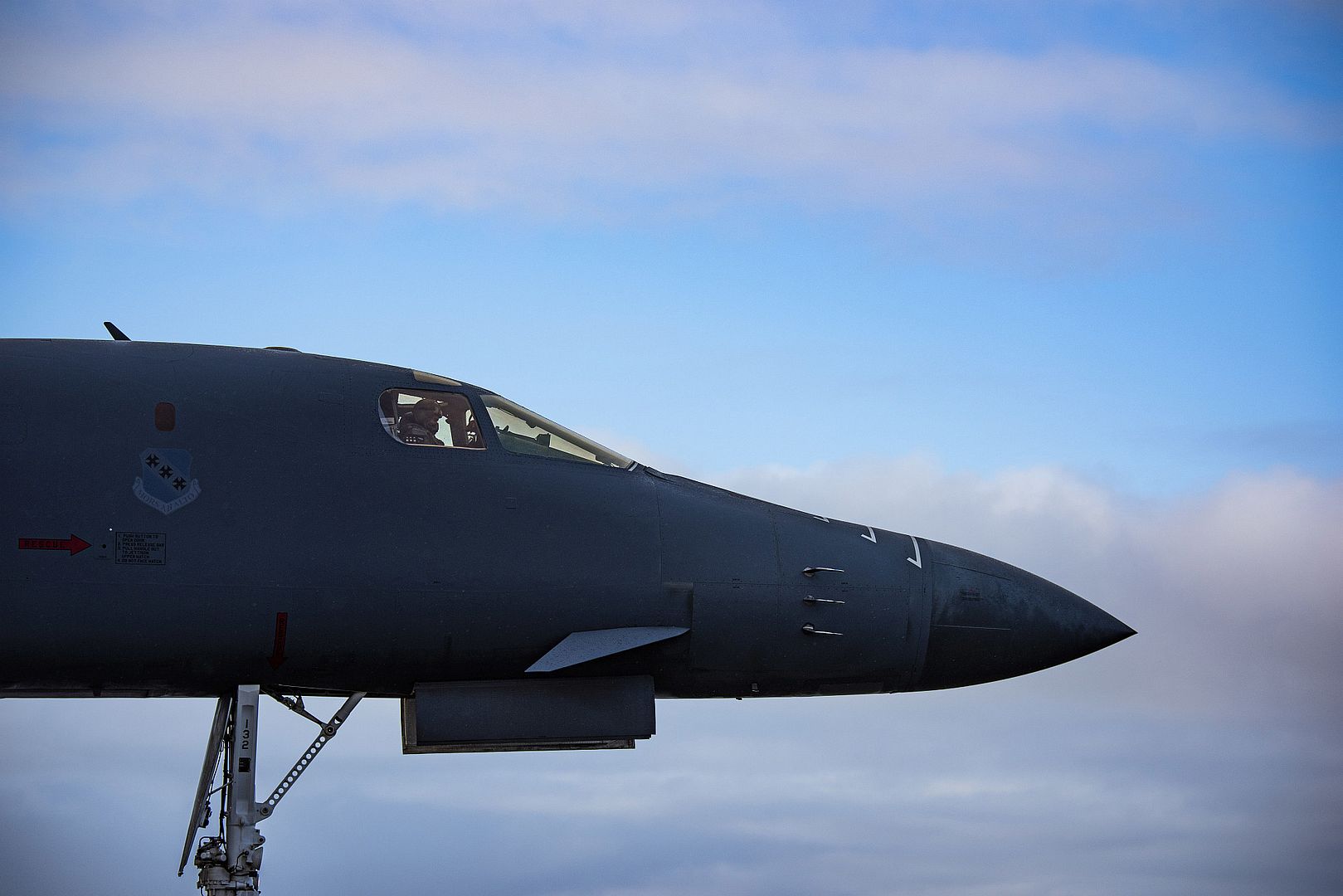
PACIFIC OCEAN (Feb. 25, 2021) An F/A-18F Super Hornet, from the "Fighting Redcocks" of Strike Fighter Squadron (VFA) 22, prepares to launch off the flight deck of the aircraft carrier USS Nimitz (CVN 68). Nimitz, flagship of Nimitz Carrier Strike Group, is currently conducting routine operations in U.S. 3rd Fleet. (U.S. Navy photos by Mass Communication Specialist 3rd Class Cheyenne Geletka)
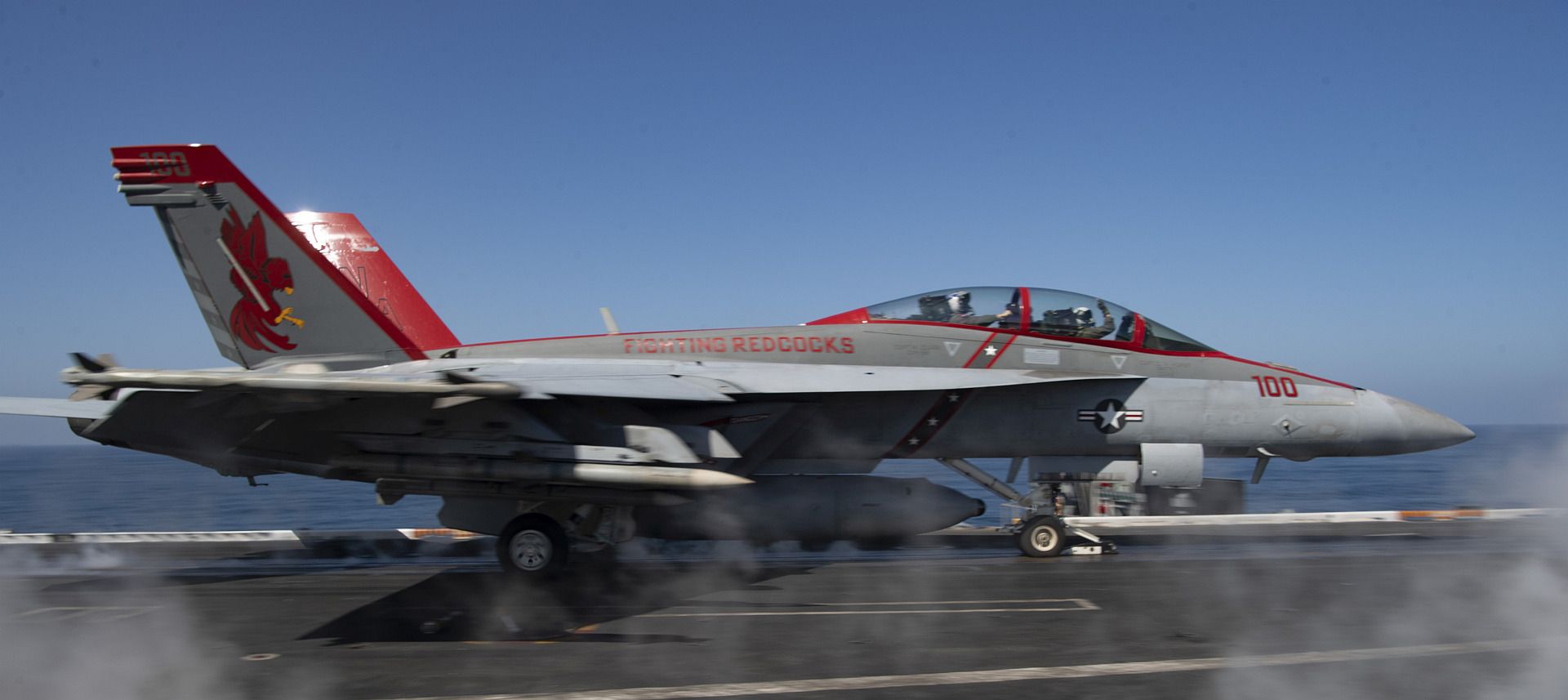
An RAF RC-135W Rivet Joint aircraft from 51 Squadron, RAF Waddington, has taken part in a major US-led demonstration exercise in Europe with other European NATO Allies.
The US-led exercise is designed to test and demonstrate the ability of the US forces and their NATO allies, including the UK, to integrate the command and control procedures needed to work together. The US have designated this exercise as a ‘Joint All-Domain Command and Control Demonstration’ activity, meaning that the activities are aimed at showing that US and NATO Allies are able to integrate Air, Maritime, Land, Cyber and Space activities into a coordinated exercise to rehearse possible future operations.
The exercise is a part of the US National Defence Strategy and demonstrated the ability to bring military assets together from NATO allies into the Baltic Sea to generate firepower inside an area that an adversary believes to be protected through anti-access, area denial technology. A second element of the exercise demonstrated the ability to defend infrastructure to allow this force projection.
(Photo courtesy of the MOD
-
 Main AdminThe United States Air Force Air Demonstration Squadron "Thunderbirds" and the United States Navy Flight Demonstration Squadron, the Blue Angels, debut the Super Delta formation consisting of six F-16 Fighting Falcons and six F/A-18 Super Hornets over a C-130J Super Hercules at Naval Air Facility El Centro, March 2, 2021. This is the first time the demo teams performed the formation which grew out of joint training opportunities held in 2020 and 2021. (U.S. Air Force photo by Staff Sgt. Andrew D. Sarver and U.S. Navy photo by Mass Communication Specialist 2nd Class Cody Hendrix)
Main AdminThe United States Air Force Air Demonstration Squadron "Thunderbirds" and the United States Navy Flight Demonstration Squadron, the Blue Angels, debut the Super Delta formation consisting of six F-16 Fighting Falcons and six F/A-18 Super Hornets over a C-130J Super Hercules at Naval Air Facility El Centro, March 2, 2021. This is the first time the demo teams performed the formation which grew out of joint training opportunities held in 2020 and 2021. (U.S. Air Force photo by Staff Sgt. Andrew D. Sarver and U.S. Navy photo by Mass Communication Specialist 2nd Class Cody Hendrix)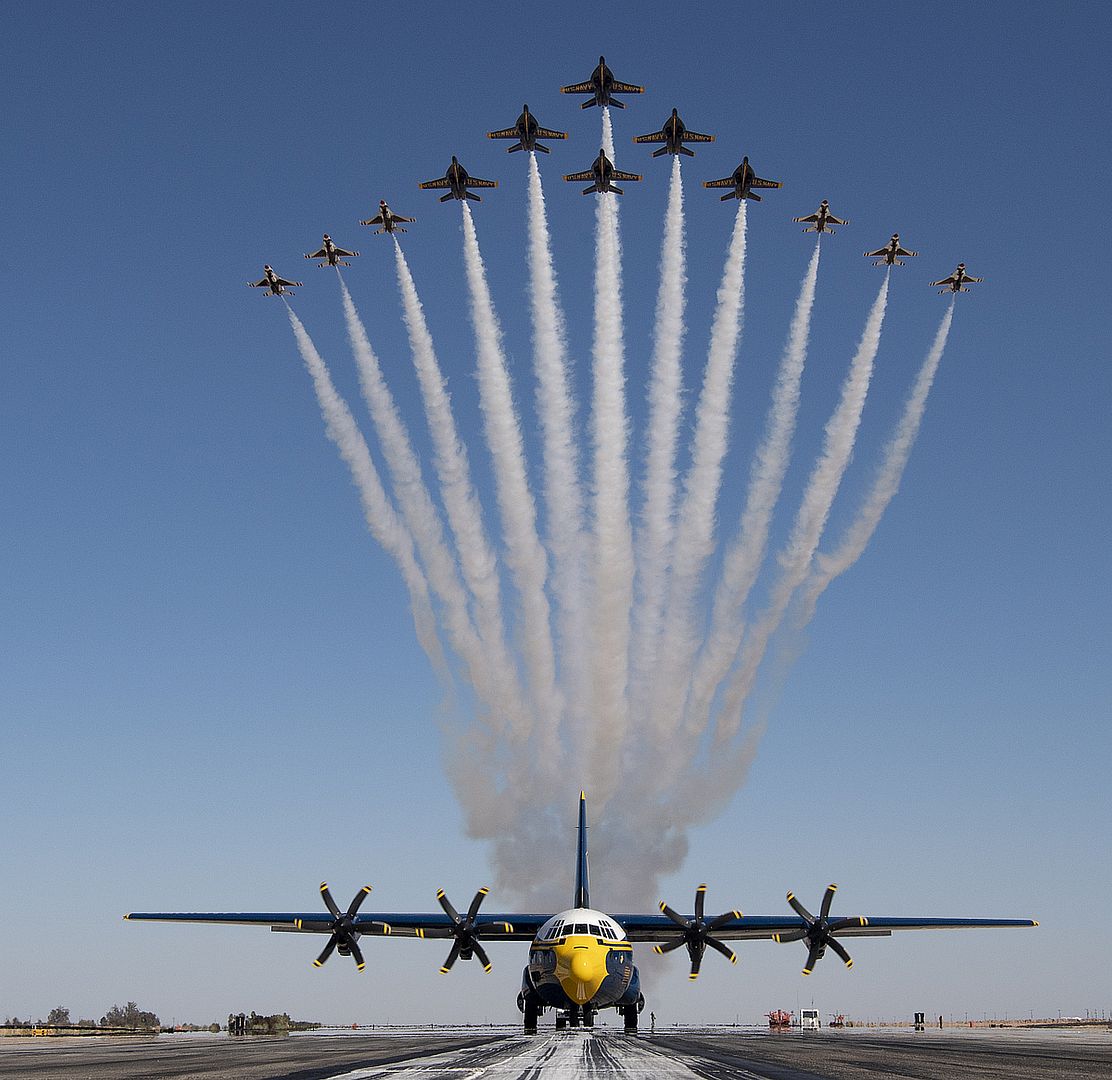

El Centro, Calif. (March 01, 2021) The Blue Angels F/A-18 Super Hornet is parked on the apron onboard Naval Air Facility (NAF) El Centro, March 01, 2021. The U.S. Navy Flight Demonstration Squadron, the Blue Angels are conducting 2nd Annual Joint Training to exchange best practices and lessons learned for the 2021 show season preparation. (U.S. Navy photo by Mass Communication Specialist 3rd Class Drew Verbis/Released)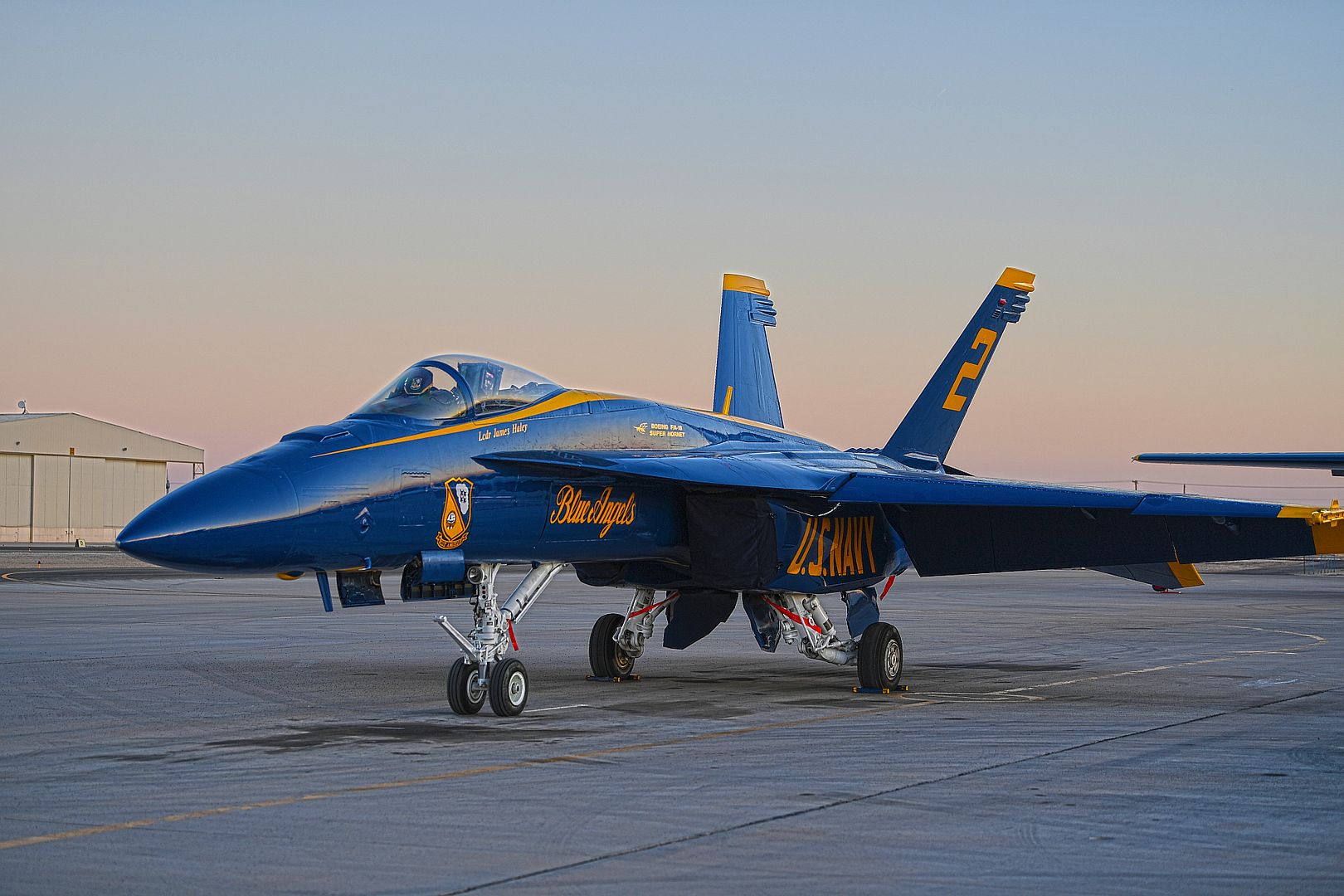
El Centro, Calif. (March 1, 2021) The "Fat Albert" C-130J Super Hercules is the logistic support vehicle for The U.S. Navy Flight Demonstration Squadron, the Blue Angels, is parked on the apron onboard Naval Air Facility (NAF) El Centro, March 1, 2021. (U.S. Navy photo by Mass Communication Specialist 3rd Class Drew Verbis/Released)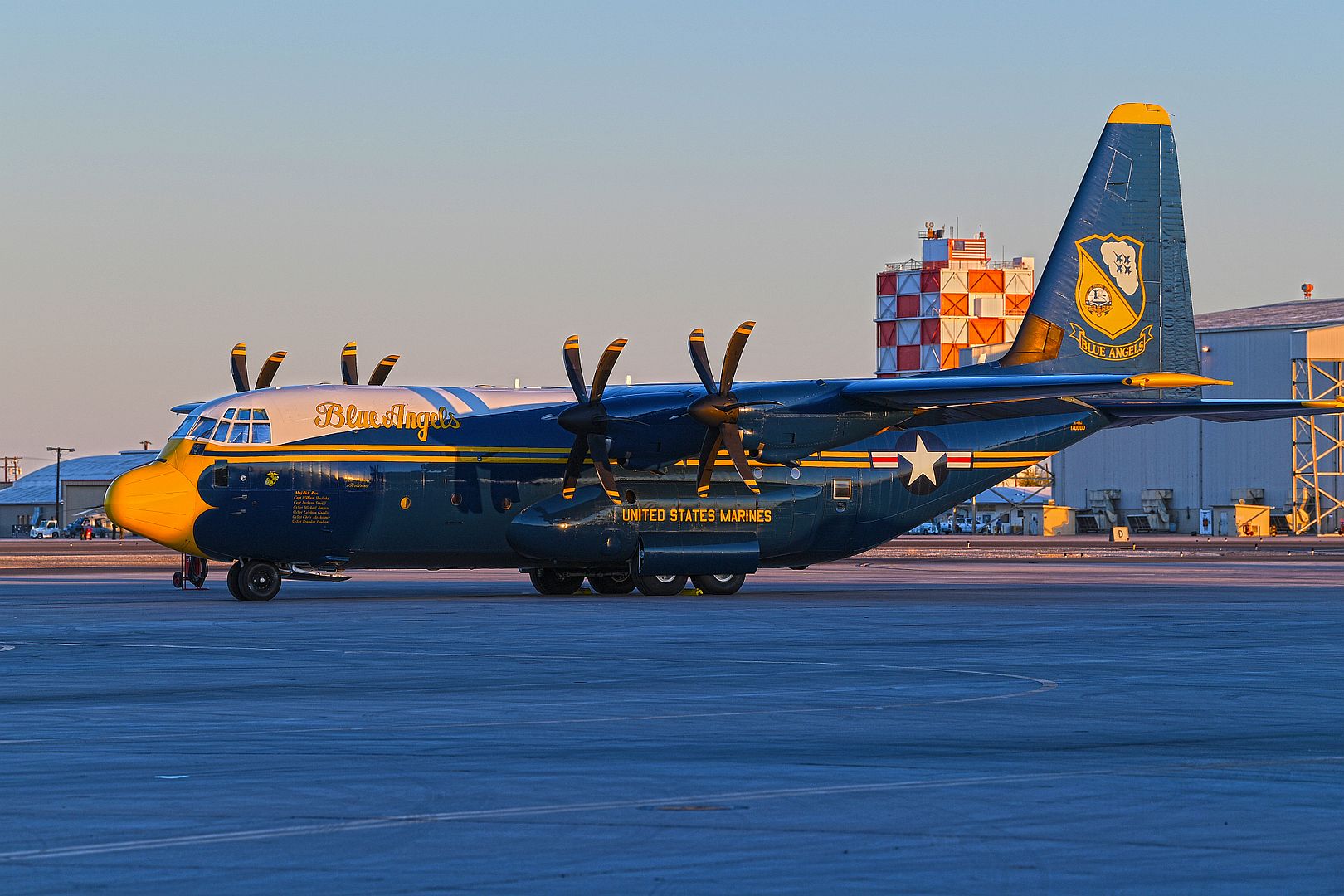
02.03.2021.
The Minister of Defence of the Russian Federation, General of the Army Sergei Shoigu, checked the work of the Avistar-SP aviation enterprise in Ulyanovsk, where he set the task of producing up to 10 IL-76MD-90A military transport aircraft per year.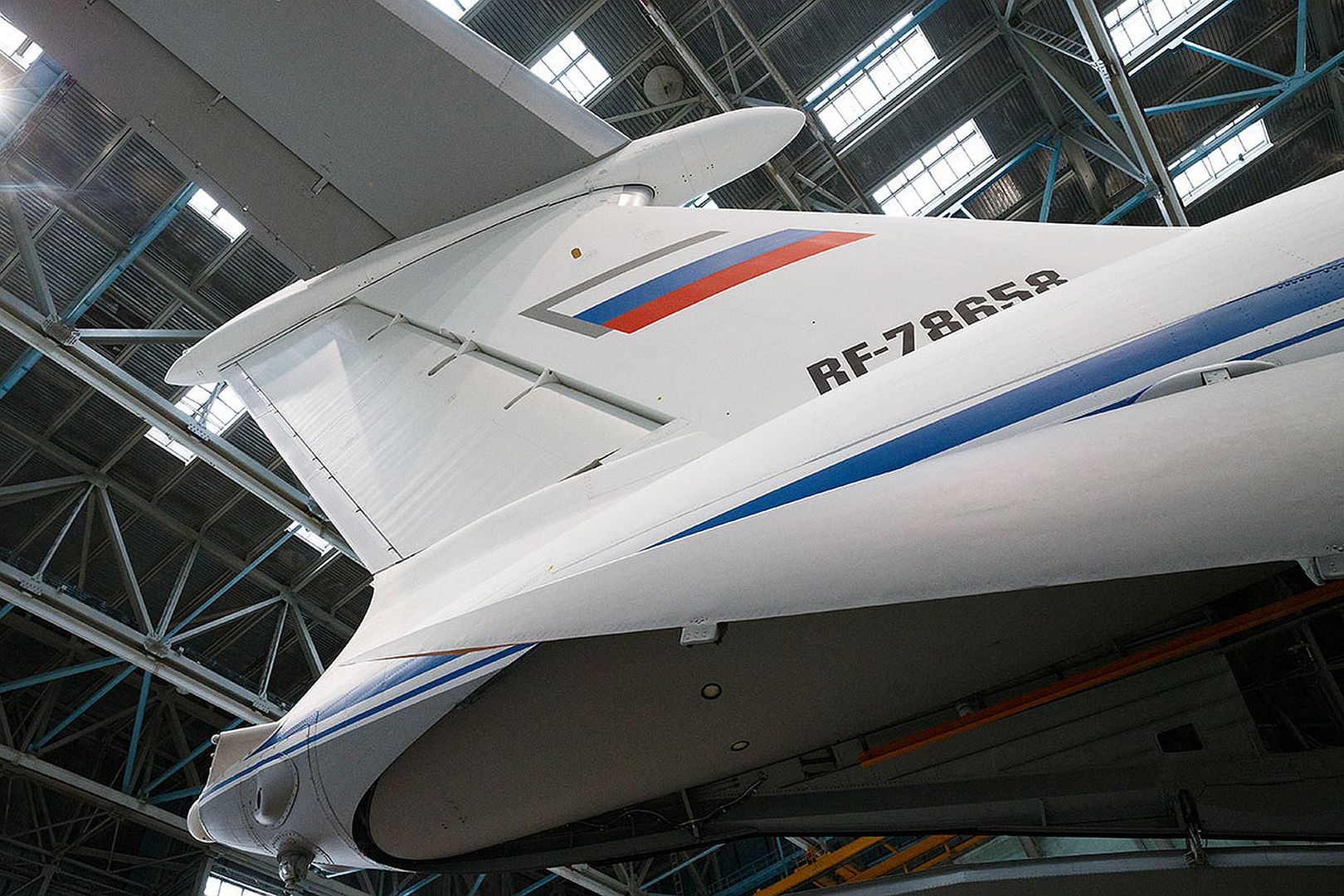
"In 2020, we received three aircraft, and in 2021, we have plans for five vehicles. It is necessary to reach the level of 10 aircraft per year in the future — " the head of the military department instructed at a meeting on the results of work at the enterprise. — The task is not easy. Today we will hear how it will be solved."
In addition, the Defence Minister set a goal to produce 20 new and modernized IL-76MD-90A aircraft per year, so that by 2030 their fleet will exceed 250 vehicles.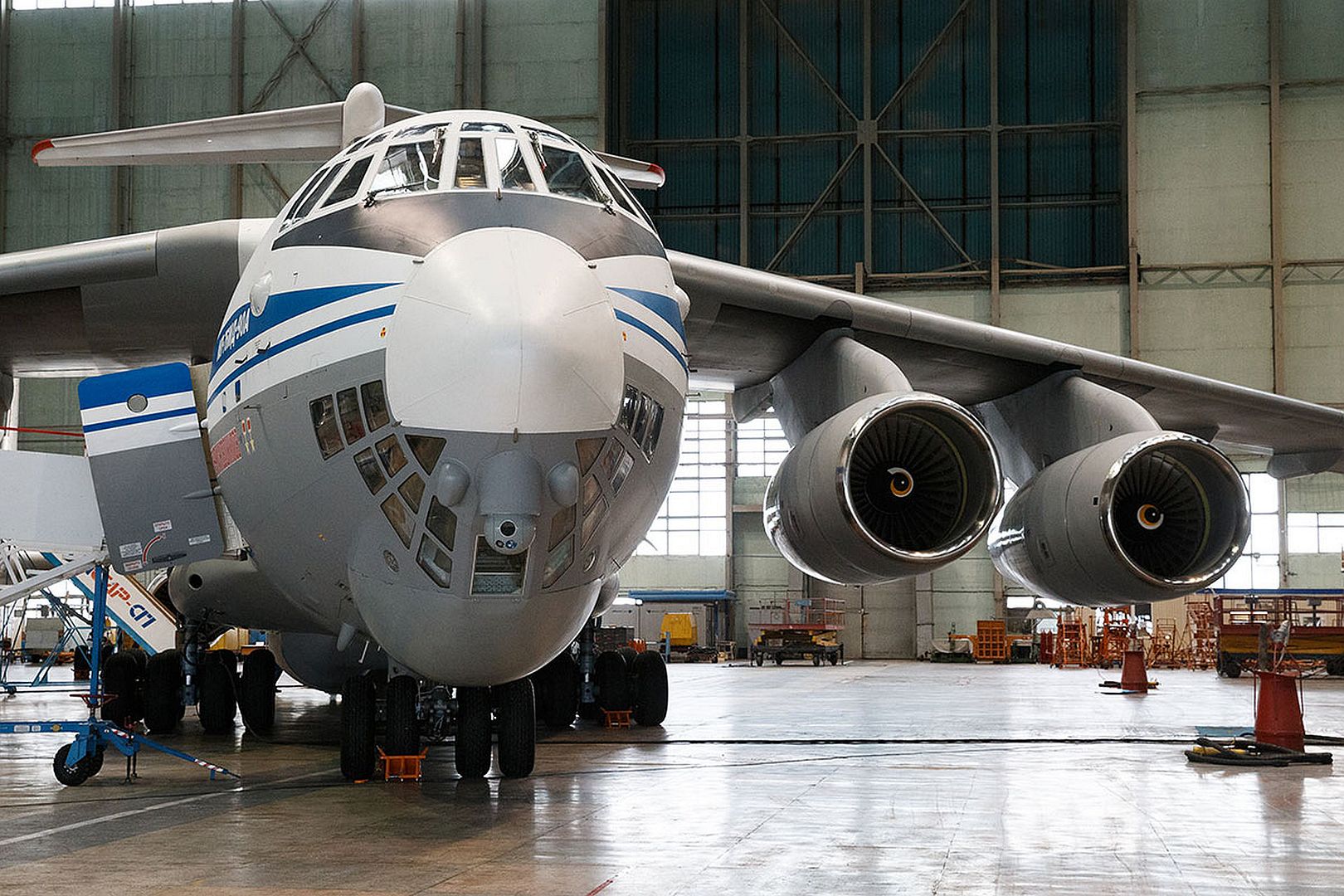
Sergei Shoigu also noted that six AN-124 aircraft were repaired in 2020. "I hope that we will reach the required number of serviceable aircraft," the head of the military department said.
Earlier, the Minister of Defence, as part of a working trip to the troops of the Central Military District, checked the progress of the state defense order at the Ulyanovsk plant Aviastar-SP.
Sergey Shoigu was shown the maintenance of IL-76MD-90 and Tu aircraft-214-300-100 at the flight test station of the Ulyanovsk-Vostochny airfield, the final assembly shops of the IL-76MD-90A, Tu-204 aircraft, the assembly line. The Minister examined in detail one of the new IL-76MD-90A aircraft, asked the opinion of the pilots about the aircraft.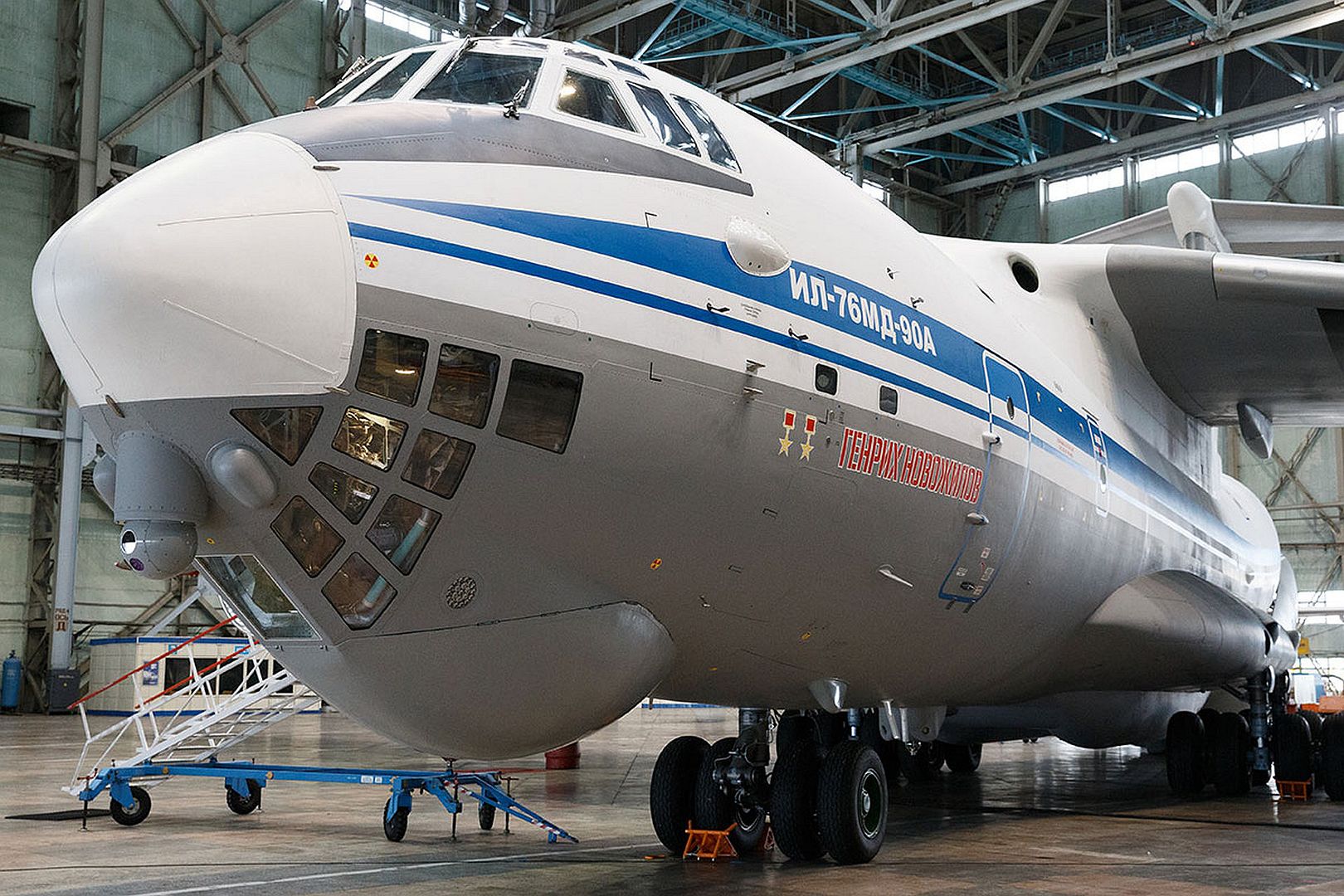
During the meeting, under the leadership of the head of the military department, issues related to the implementation of state contracts for the IL-76MD-90A and AN-124 programs were discussed, and priority measures were identified to address current issues. Proposals to resume production of AN-124 aircraft were also considered.
Sergei Shoigu pays great attention to interaction with aircraft manufacturers and regularly, once a quarter, hears them on the implementation of the state defense order.
(Photos courtesy of the Ministry of Defence of the Russian Federation)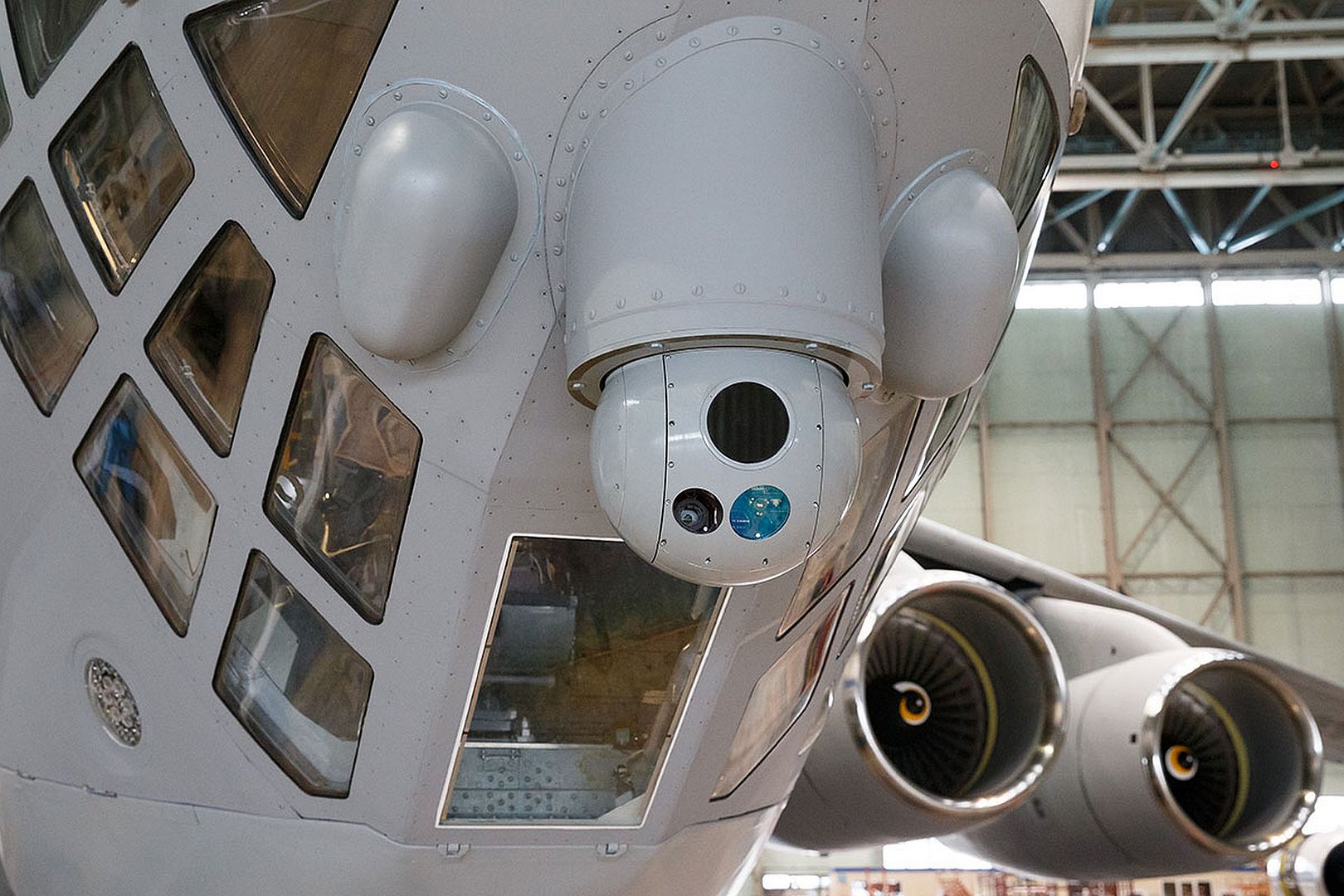
AUSTRALIA, March 1, 2021 – Boeing [NYSE:BA] Australia and the Royal Australian Air Force (RAAF) have successfully completed the first test flight of the Loyal Wingman uncrewed aircraft.
The flight of the first military aircraft to be designed and manufactured in Australia in more than 50 years flew under the supervision of a Boeing test pilot monitoring the aircraft from a ground control station at the Woomera Range Complex.
“The Loyal Wingman’s first flight is a major step in this long-term, significant project for the Air Force and Boeing Australia, and we’re thrilled to be a part of the successful test,” said Air Vice-Marshal Cath Roberts, RAAF Head of Air Force Capability. “The Loyal Wingman project is a pathfinder for the integration of autonomous systems and artificial intelligence to create smart human-machine teams.
“Through this project we are learning how to integrate these new capabilities to complement and extend air combat and other missions,” she said.
Following a series of taxi tests validating ground handling, navigation and control, and pilot interface, the aircraft completed a successful takeoff under its own power before flying a pre-determined route at different speeds and altitudes to verify flight functionality and demonstrate the performance of the Airpower Teaming System design.
“Boeing and Australia are pioneering fully integrated combat operations by crewed and uncrewed aircraft,” said Boeing Defense, Space & Security President and CEO Leanne Caret. “We’re honored to be opening this part of aviation’s future with the Royal Australian Air Force, and we look forward to showing others how they also could benefit from our loyal wingman capabilities.”
With support from more than 35 Australian industry teams and leveraging Boeing’s innovative processes, including model-based engineering techniques, such as a digital twin to digitally flight-test missions, the team was able to manufacture the aircraft from design to flight in three years.
This first Loyal Wingman aircraft is serving as the foundation for the Boeing Airpower Teaming System being developed for various global defense customers. The aircraft will fly alongside other platforms, using artificial intelligence to team with existing crewed and uncrewed assets to complement mission capabilities.
Additional Loyal Wingman aircraft are currently under development, with plans for teaming flights scheduled for later this year..jpg?width=1920&height=1080&fit=bounds)
BAE Systems has received a $58 million contract from Boeing to start Low Rate Initial Production (LRIP) of the F-15 Eagle Passive Active Warning and Survivability System (EPAWSS) for the U.S. Air Force. The electronic warfare (EW) and countermeasures system provides advanced electromagnetic capabilities that protect pilots and help them maintain air superiority during their toughest missions.
“The start of EPAWSS production marks a critical milestone and is a testament to the dedication and commitment of our industry team,” said Jerry Wohletz, vice president and general manager of Electronic Combat Solutions at BAE Systems. “Our technology is cutting-edge, our factories are world-class, and our people are innovative and mission-focused.”
The all-digital EPAWSS enables pilots to monitor, jam, and deceive threats in contested airspace. The system combines multispectral sensors and countermeasures, industry-leading signal processing, microelectronics, and intelligent algorithms to deliver fully integrated radar warning, situational awareness, geolocation, and self-protection capabilities.
The successful completion of a series of rigorous flight tests, ground tests, and intensive technology demonstrations led to the U.S. Air Force decision to proceed with LRIP. During the program’s Engineering and Manufacturing Development phase, BAE Systems is delivering incremental updates to the EPAWSS flight software with new geolocation and threat identification capabilities. As a result, system performance continues to improve in ground/flight test and in dense signal environments in hardware-in-the-loop (HiTL) tests at the U.S. Air Force’s Integrated Demonstrations and Applications Laboratory.
“I’m proud of the overall team for their incredible effort on this program,” said F-15 EPAWSS program manager Lt Col Dan Carroll. "The LRIP milestone is the culmination of years of hard work by a lot of great people within the government and our Boeing and BAE Systems industry partners. EPAWSS will significantly improve the survivability and utility of the F-15, and will be a great complement to what is already a very capable and lethal aircraft."
BAE Systems has also demonstrated EPAWSS’ hardware maturity and manufacturing readiness. In anticipation of EPAWSS LRIP and other critical EW production needs, the company has invested more than $100 million in world-class EW laboratories and factories, and has grown its workforce of innovative, mission-focused experts.
-
 Main Admin03.03.2021.
Main Admin03.03.2021.
The crews of the Ka-52 Alligator reconnaissance and attack helicopters and the multi-purpose Mi-8AMTSh of the Southern Military District (SMD) aviation regiment, based in the Krasnodar territory, began working out the elements of simple and complex piloting in difficult meteorological conditions.
When performing flight tasks, the pilots of the Mi-8AMTSh transport and assault helicopters improve their professional skills when performing flights under the curtain — air maneuvers are performed using instruments in conditions of artificial visibility restriction.
The crews of the SMD will work out issues of air navigation, climb and descent, U-turns, flights along a given route and landing approach.
The flight crew of the Ka-52 attack helicopters improves the skills of conducting air combat as part of a flight.
Special attention will be paid to the coordination of the actions of the crews, the implementation of air maneuvers aimed at misleading the mock enemy, striking at its positions, covering helicopters performing combat turns after the strikes.
Performing flights as part of an aviation link is one of the most difficult elements of flight training and requires maximum professionalism from the flight crew.
(Photo courtesy of the Ministry of Defence of the Russian Federation)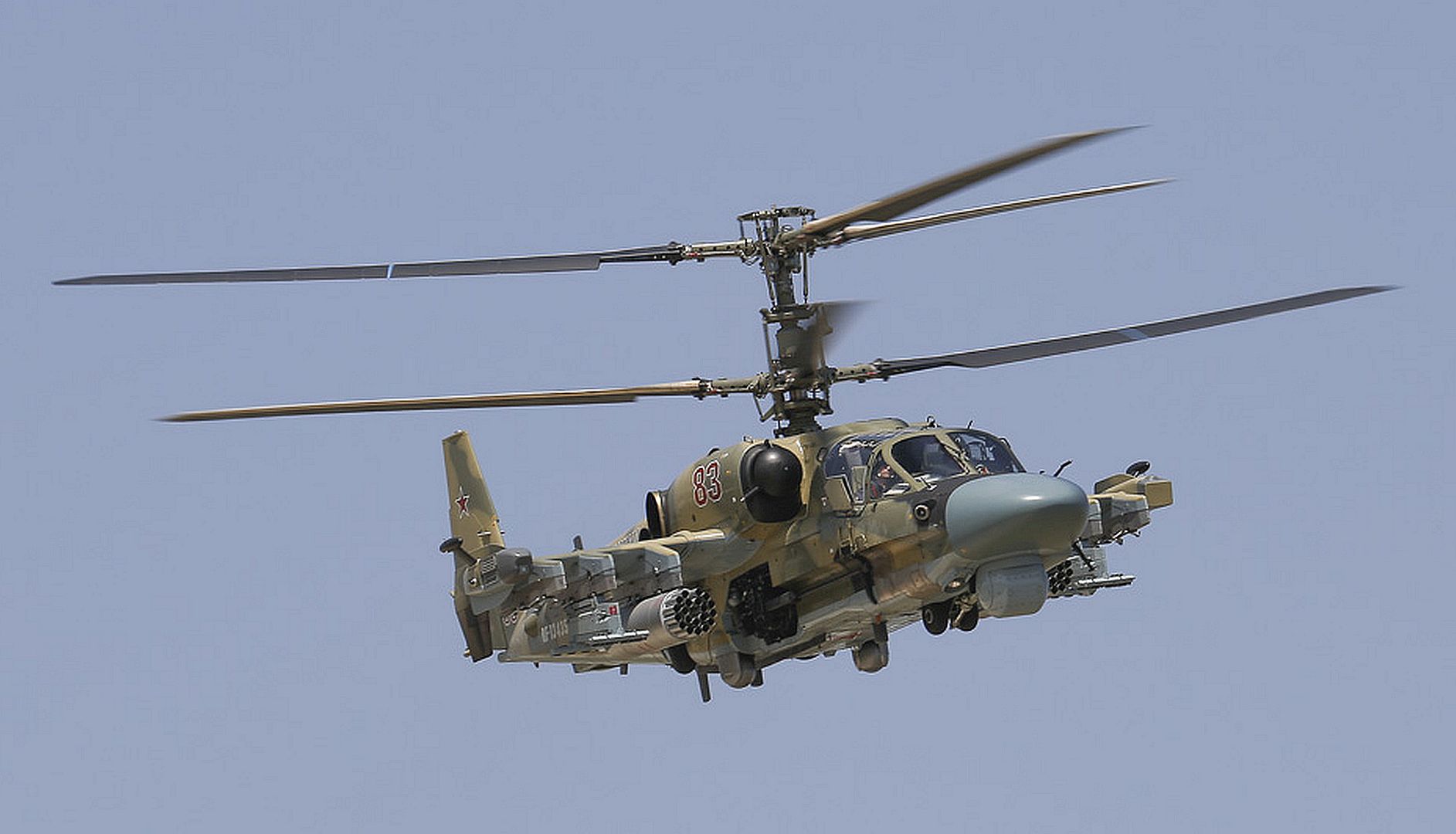
AUSTRALIA, March 2, 2021 – Boeing [NYSE: BA] Australia welcomes the announcement by the Australian government to co-develop a further three Loyal Wingman aircraft to advance the air-teaming vehicle, payloads and associated support and training capabilities.
The agreement will increase the aircraft’s production capability to six aircraft for Royal Australian Air Force and is valued at $115 million over three years. The Loyal Wingman is the first military combat aircraft to be designed, engineered and manufactured in Australia in more than 50 years.
“The Australian government’s continued investment in the innovative Loyal Wingman program will create jobs and opportunities for over 35 Australian suppliers and small businesses, including BAE Systems Australia, RUAG Australia, AME Systems and Ferra Engineering,” said Dr. Brendan Nelson, president of Boeing Australia, New Zealand & South Pacific.
The contract will support the maturation of the aircraft design, evolution of current and future payloads, and create the sustainment system for the aircraft in operations. It will also advance Airpower Teaming System advanced concepts through digital testing and demonstration.
“In addition to progressing the air vehicle design and support system, we will further develop the aircraft’s mission system including advanced AI decision-making capabilities and new payloads,” said Dr. Shane Arnott, program director of the Boeing Airpower Teaming System.
“Continued digital engineering and significantly expanded live testing of the system will provide RAAF and Boeing with the ability to jointly take the concept to the next level, activities that are critical for us to rapidly understand how the Airpower Teaming System can be employed in the future battlespace.”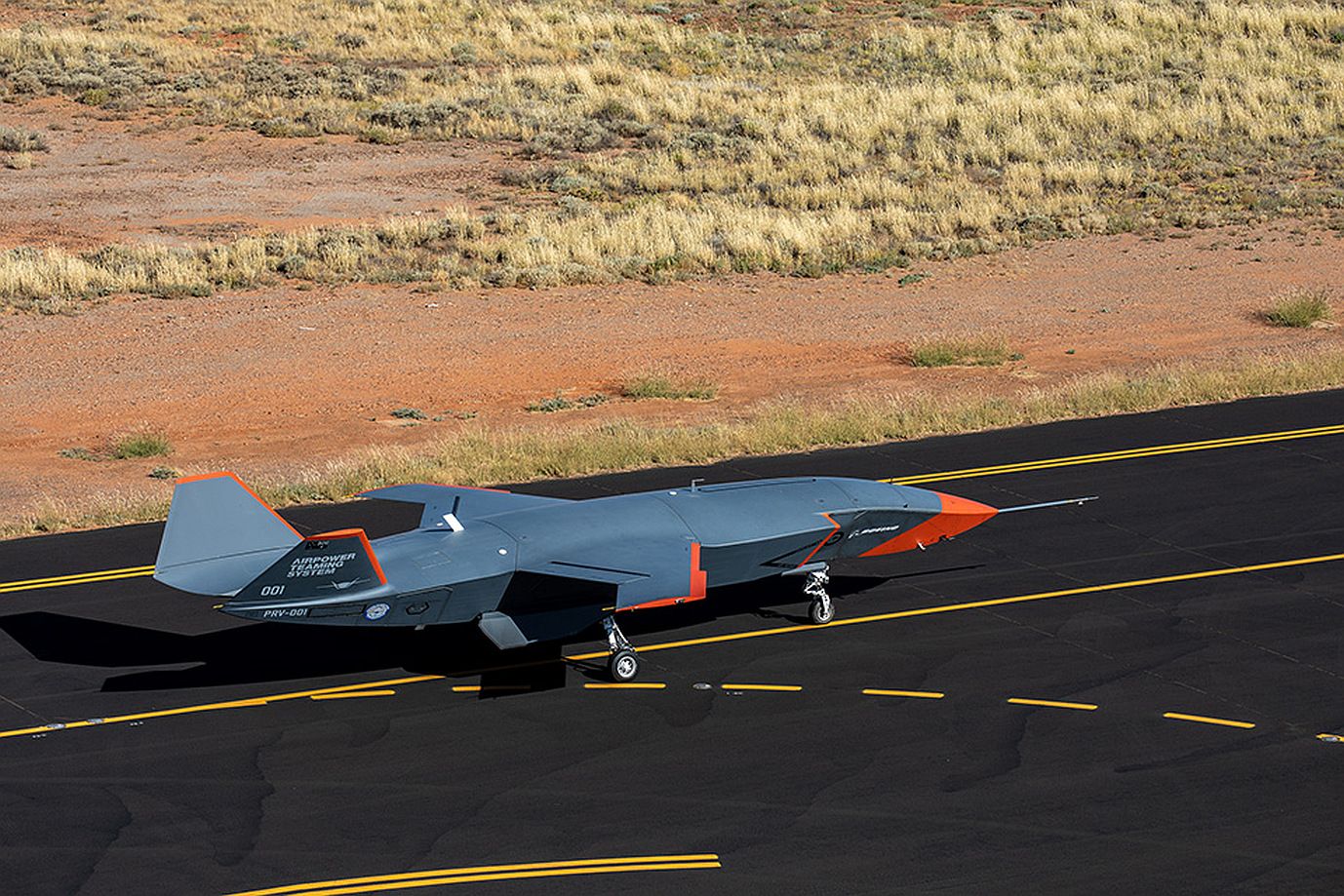
Botucatu - SP, March 3, 2021 – Embraer today announced that its agricultural aviation division has sold 19 EMB-203 Ipanema single-seat aircraft in February, totaling 27 aircraft sold this year. This sales volume in the first two months of 2021 is already 8% higher than what was negotiated throughout 2020.
The second consecutive month of high sales reflects the favorable performance of the Brazilian agribusiness and the technological innovations incorporated in the new version of the Ipanema aircraft. Agricultural crop dusting services has been leading the market demand this year.
Although the demand for Ipanema remains more intense in the Midwest, the main agricultural hub in Brazil, the pace of sales this year has also been increasing in other regions in the country.
With almost 1,500 units delivered, Ipanema is the leader in the agricultural segment with a 60% share of the national market. Its role in precision agriculture combines high technology and continuously evolves to meet the requirements of high productivity and low operating cost.
The Ipanema 203, the most updated model in the series, has incorporated multiple improvements such new wing parts with different geometry and more resistant stainless steel material. This solution postpones eventual wear and tear from the severe natural condition of field operations and maintenance expenses over the years. The advanced aerial sprayer also has a new design on the engine hood, with new air outlet grilles to ensure greater cooling.
About Ipanema
Ipanema's history begins in the late 1960s, when the Brazilian Ministry of Agriculture signed a contract with Embraer for serial production in the country of an agricultural aircraft, with the aim of modernizing the sector by making new production techniques available.
The aircraft initially appeared as a project for engineers from the Technological Institute of Aeronautics (ITA), in São José dos Campos (SP) and was tested for the first time at Fazenda Ipanema, in the municipality of Sorocaba (SP). In July 1970, Ipanema made its first flight and in 1972, it was commercially produced.
The most current version, the Ipanema 203, runs on renewable energy (ethanol) and was certified in 2015. This model guarantees more agility, efficiency and productivity, in addition to the lowest operating cost in the category. With its wingspan increased to 13.3 m and an improved wing profile, it allows a greater range of deposition of pesticides, reaching 24 meters of track with scientifically proven quality.
Mainly used in the spraying of fertilizers and pesticides, Ipanema has avoided, throughout all these decades, losses due to crushing of the crop and its ability to operate in regions with irregular terrain, allowing for greater flexibility. The aircraft is also used in seeding activities, vector and larvae control, and river settlement.
March 03, 2021
Aston Martin and Bombardier – two iconic brands – have signed a letter of intent to collaborate on custom design services for Bombardier business jets.
The collaboration would give customers the opportunity for a truly unique design experience, with the meeting of the top creative minds from the luxury automotive and private jet industries.
“Bombardier’s discerning customers have come to expect our products’ signature smooth ride and the company’s no-compromise approach to design, performance and reliability at every level of our portfolio,” said Peter Likoray, Senior Vice President, Sales and Marketing, New Aircraft, Bombardier. “We would be proud to add a new facet to this experience that channels Aston Martin’s distinct aesthetic approach.”
Aston Martin and Bombardier are known for creating masterpieces of engineering in which style never takes a back seat. This desire to collaborate reflects a common drive to innovate and opens up new possibilities for the cabin experience aboard Bombardier’s Challenger and Global business jets.
“Aston Martin has a highly refined set of automotive design principles, driven by the meticulous application of proportion, craft and technical innovation,” said Aston Martin Vice President and Chief Creative Officer, Marek Reichman, “Bombardier’s customers share our owners’ desire for unique contemporary design statements. We are truly excited at the prospect of collaborating with Bombardier’s accomplished design team to bring our respective design expertise together. Challenger and Global aircraft will give us an opportunity to take Aston Martin design to new heights.”
Bombardier’s award-winning business jet cabins offer spaciousness, productivity and comfort for an unparalleled experience that is further enhanced by a signature smooth ride. Cabin innovations such as the patented Nuage seating collection and the sophisticated Pũr Air system highlight Bombardier’s unrelenting commitment to passenger comfort and wellness.
Bombardier’s refreshed portfolio of long-range, large-cabin Global aircraft has garnered design accolades including the International Yacht & Aviation Awards for the Nuage seating collection and the prestigious Red Dot award for product design for the Global 7500 aircraft. Bombardier’s best-selling and multiple-award-winning Challenger platform is a top choice among top corporate flight departments and charter operators worldwide.
About Aston Martin
Aston Martin Lagonda is a luxury automotive group focused on the creation of exclusive cars and SUVs. The iconic Aston Martin brand fuses the latest technology, exceptional hand craftsmanship and timeless design to produce models including the Vantage, DB11, DBS Superleggera and the new SUV, DBX. Based in Gaydon, England, Aston Martin Lagonda designs, creates and exports cars which are sold in 54 countries around the world. Lagonda was founded in 1899 and Aston Martin in 1913. The two brands came together in 1947 when both were purchased by the late Sir David Brown.
About Bombardier
Bombardier is a global leader in aviation, creating innovative and game-changing planes. Our products and services provide world-class experiences that set new standards in passenger comfort, energy efficiency, reliability and safety. Headquartered in Montréal, Canada, Bombardier is present in more than 12 countries including its production/engineering sites and its customer support network. The Corporation supports a worldwide fleet of approximately 4,900 aircraft in service with a wide variety of multinational corporations, charter and fractional ownership providers, governments and private individuals. News and information is available at bombardier.com or follow us on Twitter @Bombardier.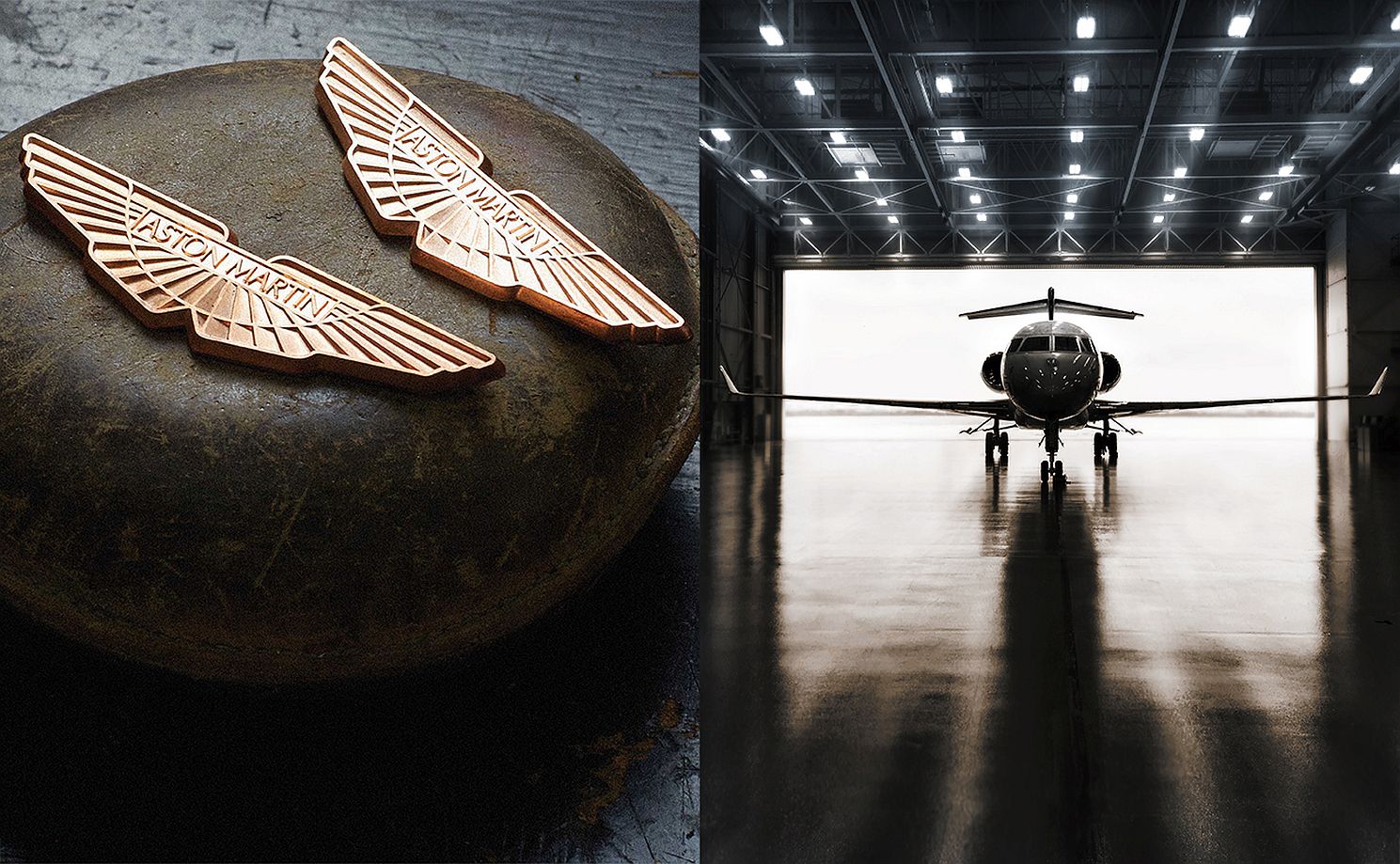
SAN DIEGO – 03 March 2021 – General Atomics Aeronautical Systems, Inc. (GA‑ASI), a leading manufacturer of Remotely Piloted Aircraft (RPA) systems, radars, and electro-optic and related mission systems solutions, today announced that its company-owned Avenger ER achieved a company milestone as it received an FAA-issued Experimental Certificate (EC) enabling the “Extended Range” Avenger to perform expanded operations in the U.S. National Airspace System.
“Since 2005, GA-ASI has worked closely with the FAA to affirm the special airworthiness certification of RPAs, promoting their integration into the National Airspace System,” said GA-ASI Senior Director of Quick Action Programs, Pete Latta. “This EC will also help GA-ASI employ the latest configuration of the Avenger ER for customer payload testing and company investments in advanced UAS control technologies.”
This is the second Avenger ER to receive a FAA EC. The first Avenger GA-ASI produced, which is owned and operated by the company, received an EC in 2016.
With avionics based upon the battle-proven Predator B/MQ-9 Reaper®, the jet-powered Avenger is designed to perform high-speed, long-endurance missions over land or sea. The aircraft has a 44-foot long fuselage, a 76-foot wingspan, a payload load of more than 4,000 pounds, is capable of flying at over 400 KTAS, and has an endurance of more than 20 hours. Avenger ER can support a wide array of sensors and weapons loads and has been designed to carry an all-weather GA-ASI Lynx® Multi-mode Radar, an Electro-optical/Infrared (EO/IR) sensor, Infrared Search and Track System (IRST) and a 2,000-pound Joint Direct Attack Munition (JDAM), delivering an optimal balance of long loiter intelligence, surveillance and reconnaissance and precision strike capability.
GA-ASI plans to begin flight testing with the Avenger ER for multiple contracted and Internal Research & Development (IRAD) projects. The increased wingspan of 76 feet extends Avenger ER’s already impressive endurance to over 20 hours.
In related news, GA-ASI also announced that its fleet of Avenger aircraft, which are engaged in a number of advanced test or research projects, surpassed the 30,000 flight hour milestone in February 2021. One project in which the Avengers are engaged is supporting the U.S. Air Force’s Skyborg Vanguard Program, which is pushing the boundaries in teaming autonomous systems with human-crewed platforms.
About GA-ASI
General Atomics-Aeronautical Systems, Inc. (GA-ASI), an affiliate of General Atomics, is a leading designer and manufacturer of proven, reliable remotely piloted aircraft (RPA) systems, radars, and electro-optic and related mission systems, including the Predator® RPA series and the Lynx® Multi-mode Radar. With more than six million flight hours, GA-ASI provides long-endurance, mission-capable aircraft with integrated sensor and data link systems required to deliver persistent flight that enables situational awareness and rapid strike. The company also produces a variety of ground control stations and sensor control/image analysis software, offers pilot training and support services, and develops meta-material antennas. For more information, visit www.ga-asi.com.
-
 Main AdminA Special Operations Command-Europe MC-130J Commando II assigned to the 352d Special Operations Wing, progresses helicopter air-to-air refueling training operations to include day and night iterations with an Armée de l'Air et de l’Espace (French Air and Space Force) EC725 Caracal on March 3, 2021. This 352 SOW air refueling capability enables NATO allies and partners to fly long distances without landing, ensuring they are postured to execute global response operations. (U.S. Air Force photos by Army Staff Sgt. Brandon Nelson)
Main AdminA Special Operations Command-Europe MC-130J Commando II assigned to the 352d Special Operations Wing, progresses helicopter air-to-air refueling training operations to include day and night iterations with an Armée de l'Air et de l’Espace (French Air and Space Force) EC725 Caracal on March 3, 2021. This 352 SOW air refueling capability enables NATO allies and partners to fly long distances without landing, ensuring they are postured to execute global response operations. (U.S. Air Force photos by Army Staff Sgt. Brandon Nelson)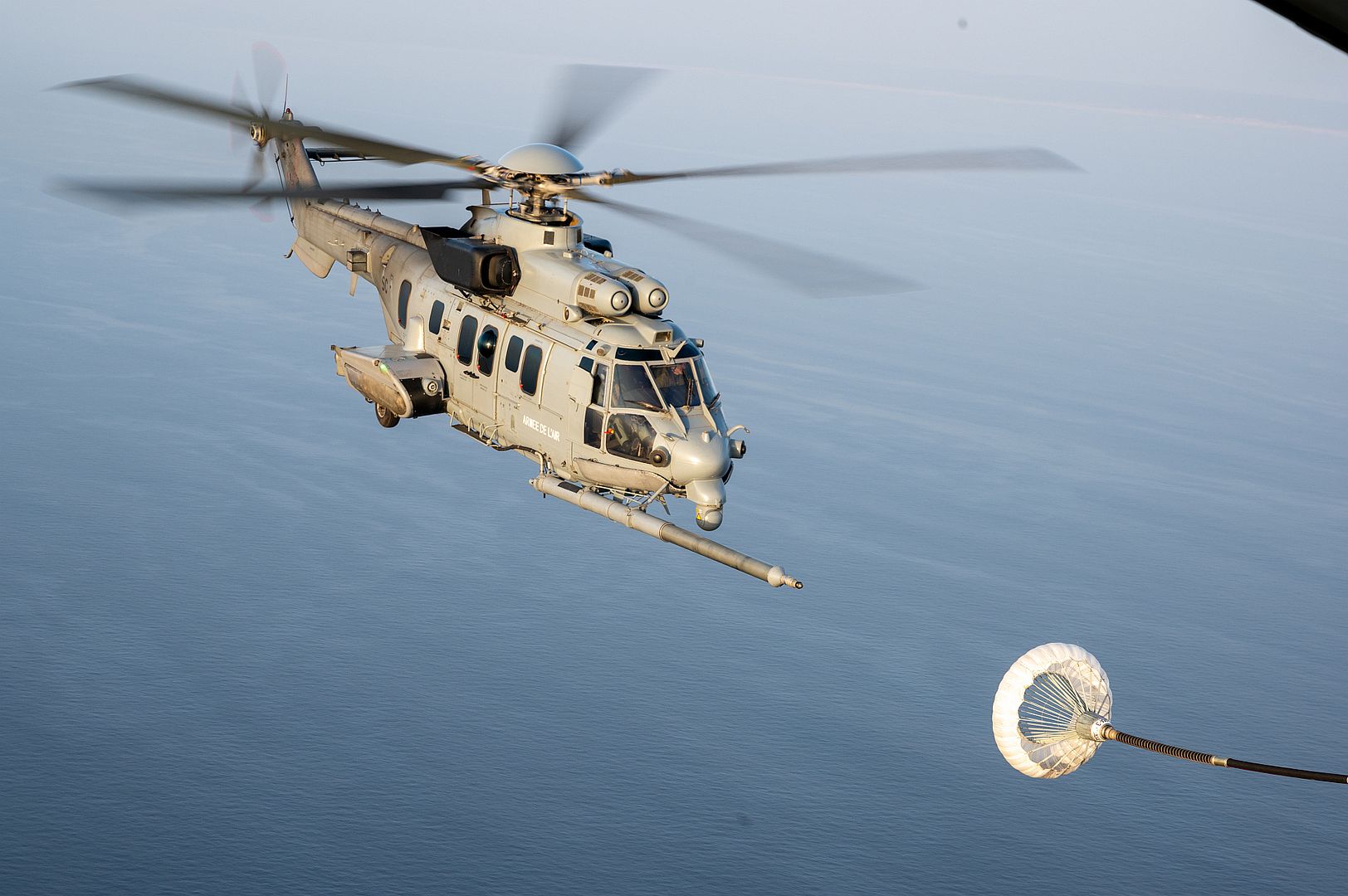
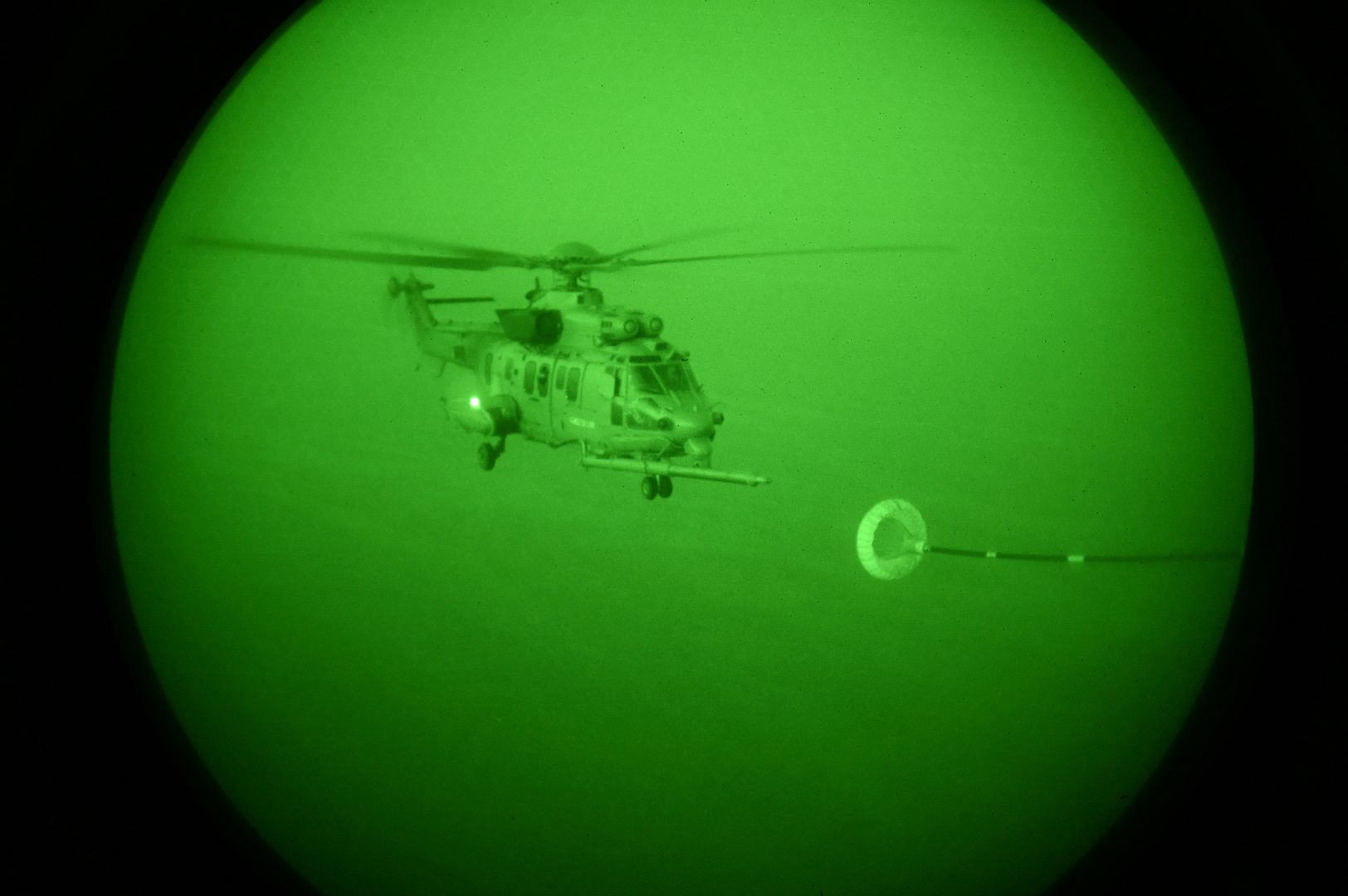
El Centro, Calif. (March 3, 2021) – Chief of Naval Air Training (CNATRA) conduct strike pilot training with Navy and Marine Corps student naval aviators detached from Training Air Wing-1, Meridian, Ms., operating the T-45C Goshawk jet aircraft onboard Naval Air Facility (NAF) El Centro, Calif. March 3, 2021. NAF El Centro supports combat training and readiness of the Warfighter. This includes air operations support to operational fleet and training squadrons as well as squadrons from other services (USMC, USA, USAF) and Allies. (U.S. Navy photos by Mass Communication Specialist 3rd Class Drew Verbis/Released)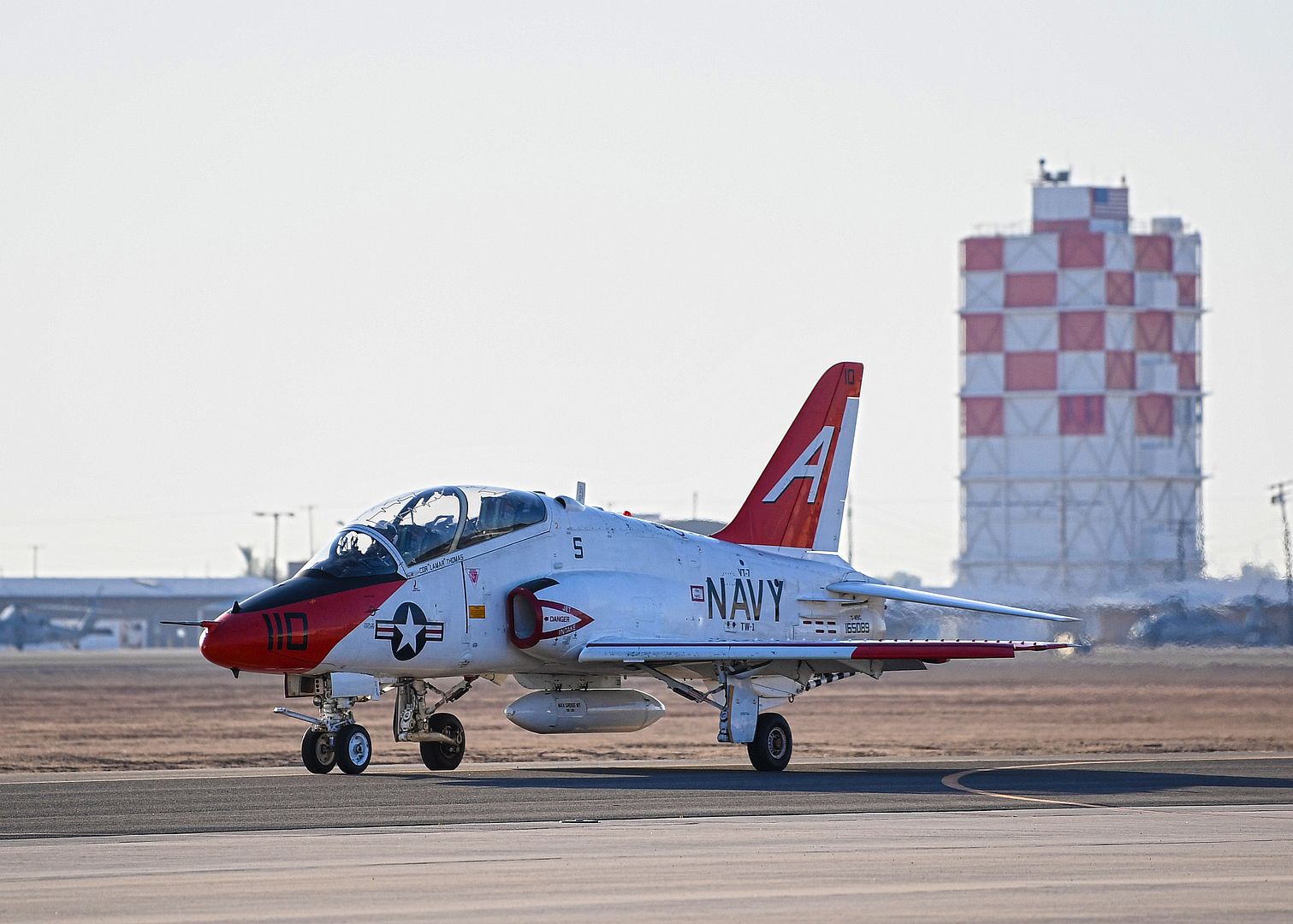
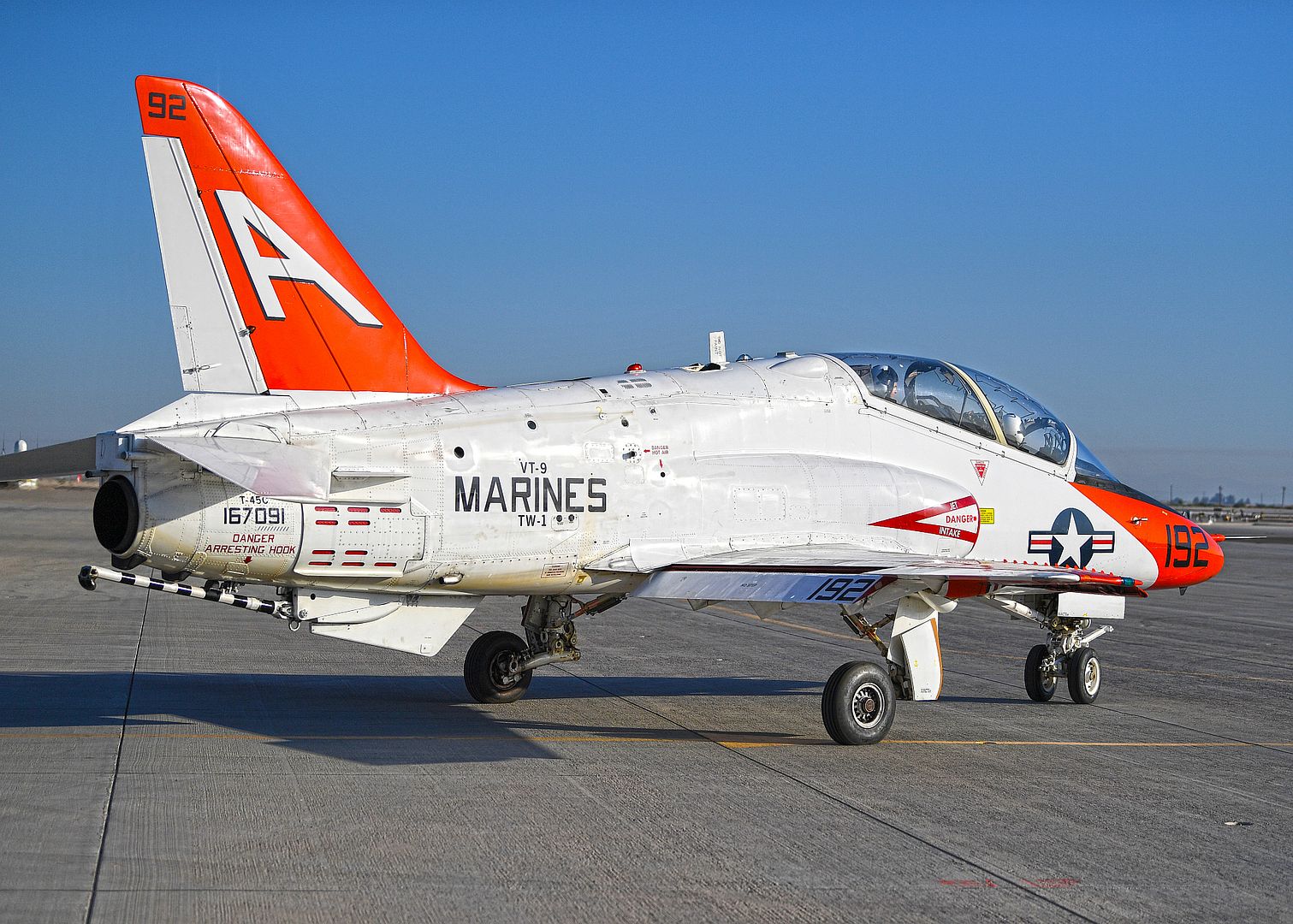
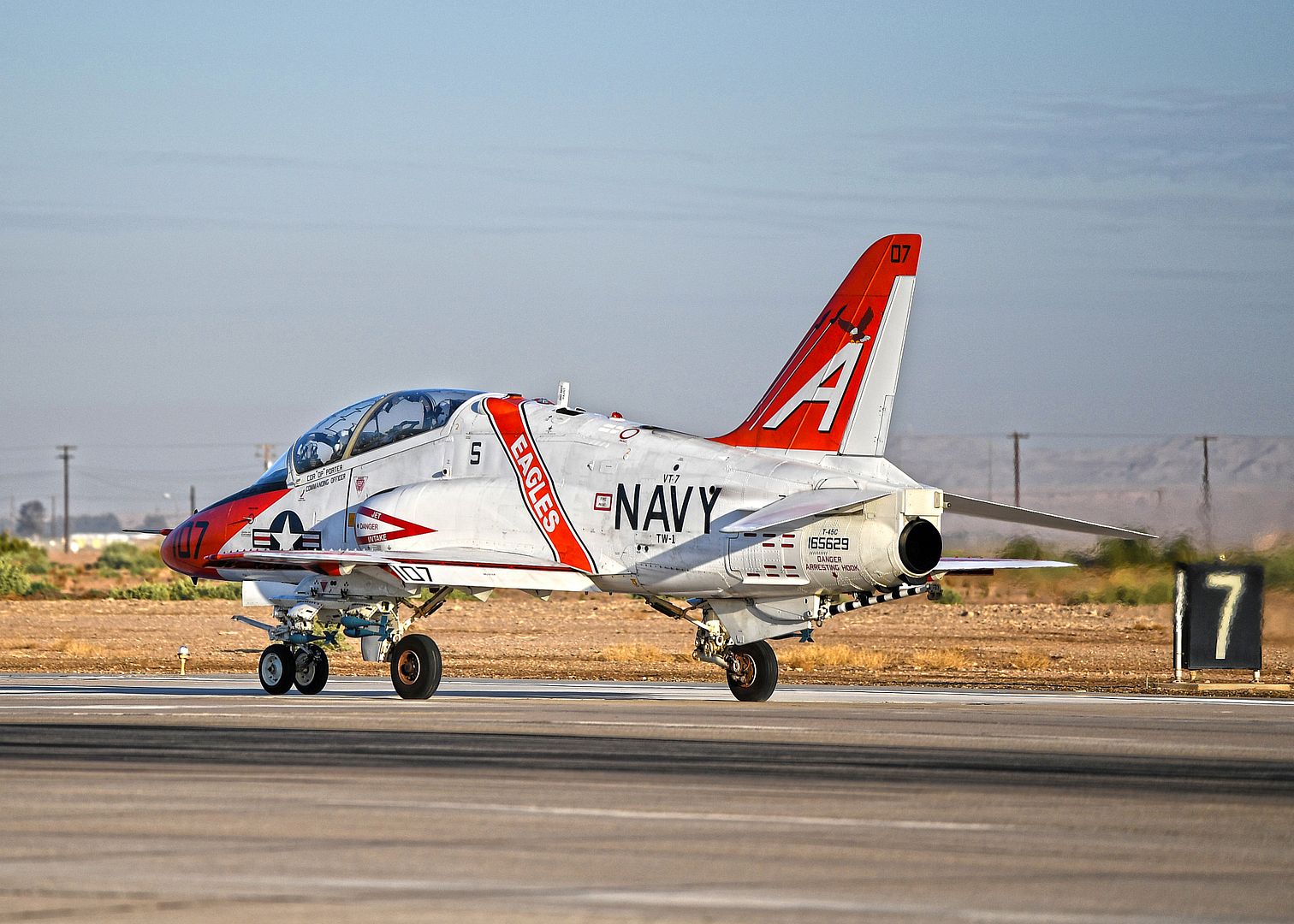
ATLANTIC OCEAN (March 3, 2021) The Royal Moroccan Air Force (RMAF) and aircraft assigned to Carrier Air Wing (CVW) 3 fly over the Atlantic Ocean, March 3, 2021. The IKE Carrier Strike Group is participating in Lightning Handshake, a bi-lateral exercise between the U.S. and the Royal Moroccan Navy (RMN) and Royal Moroccan Air Force (RMAF). IKE is on a routine deployment in the U.S. Sixth Fleet area of operations in support of U.S. national interests and security in Europe and Africa. (U.S. Navy photo by Cmdr. Jared Strout/Released)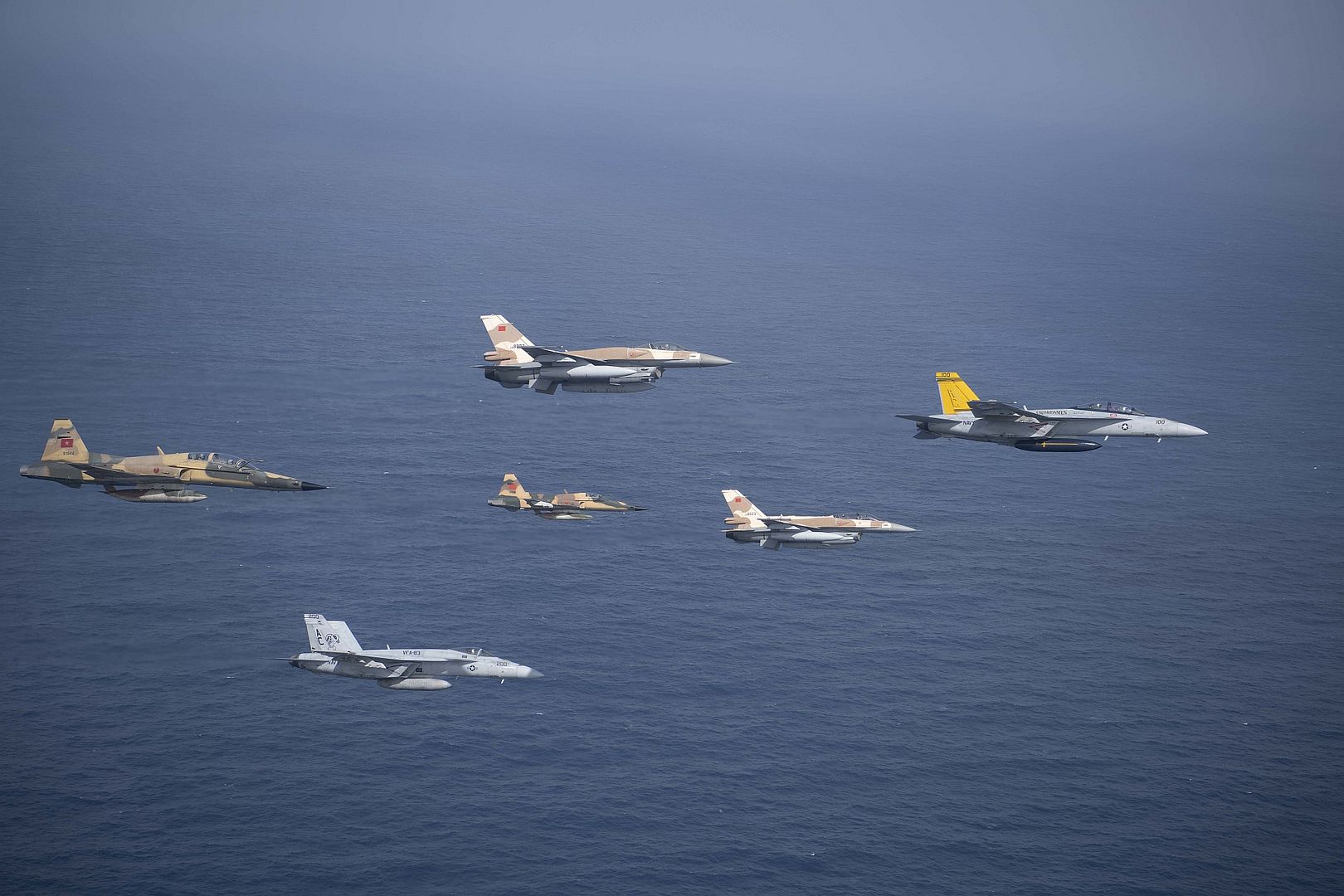
ATLANTIC OCEAN (March 3, 2021) The Royal Moroccan Air Force (RMAF) and aircraft assigned to Carrier Air Wing (CVW) 3 fly over the Nimitz-class aircraft carrier USS Dwight D. Eisenhower (CVN 69) in the Atlantic Ocean, March 3, 2021. The IKE Carrier Strike Group is participating in Lightning Handshake, a bi-lateral exercise between the U.S. and the Royal Moroccan Navy (RMN) and Royal Moroccan Air Force (RMAF). IKE is on a routine deployment in the U.S. Sixth Fleet area of operations in support of U.S. national interests and security in Europe and Africa. (U.S. Navy photo by Cmdr. Jared Strout/Released)
A U.S. Air Force F-16 Fighting Falcon aircraft pilot flies over Southwest Asia during an aerial refueling mission with a KC-135R Stratotanker aircraft, assigned to the 340th Expeditionary Air Refueling Squadron, Feb. 26, 2021. The F-16 is a compact, multirole fighter aircraft that delivers airpower to the U.S. Central Command area of responsibility. (U.S. Air Force photos by Master Sgt. Joey Swafford)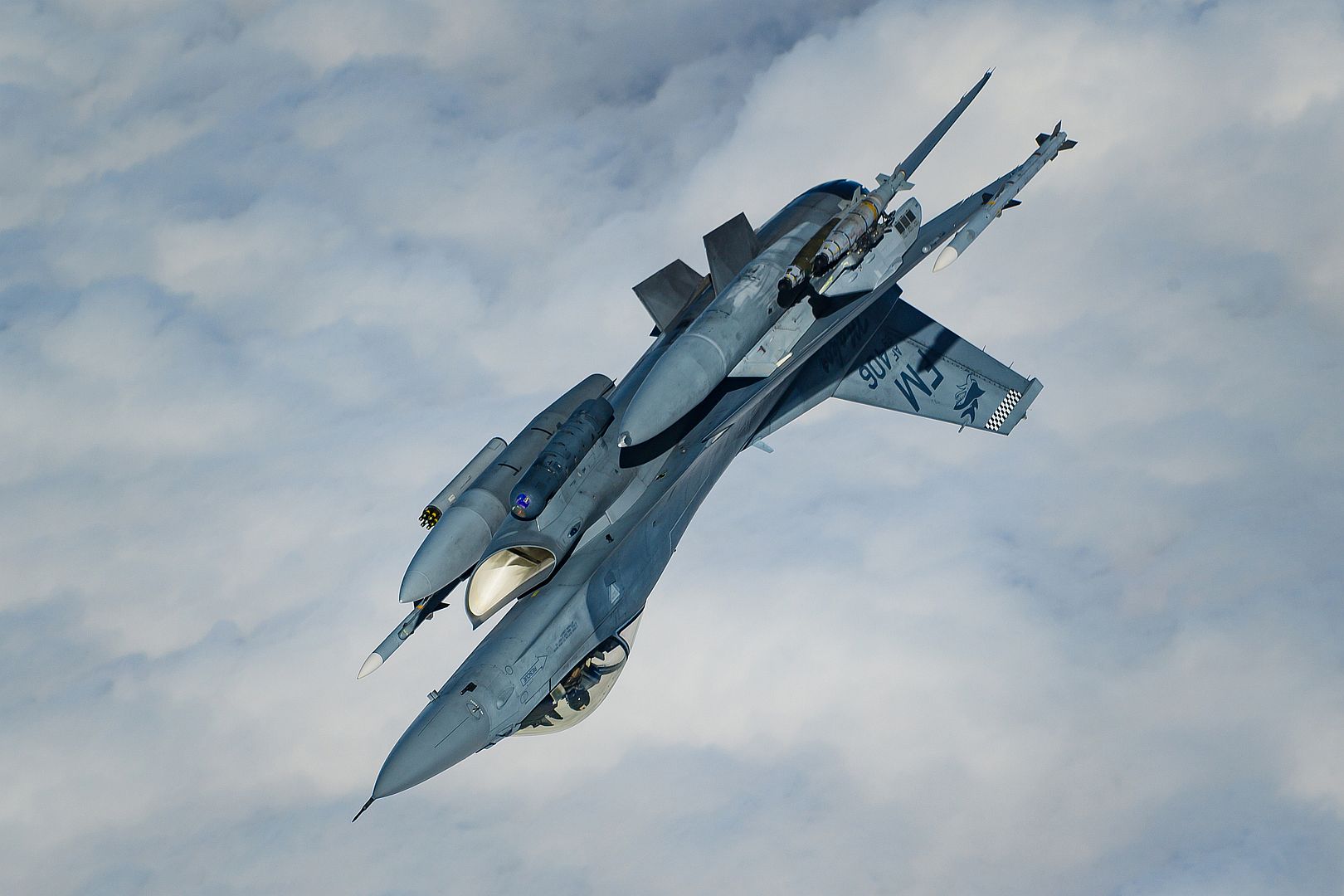
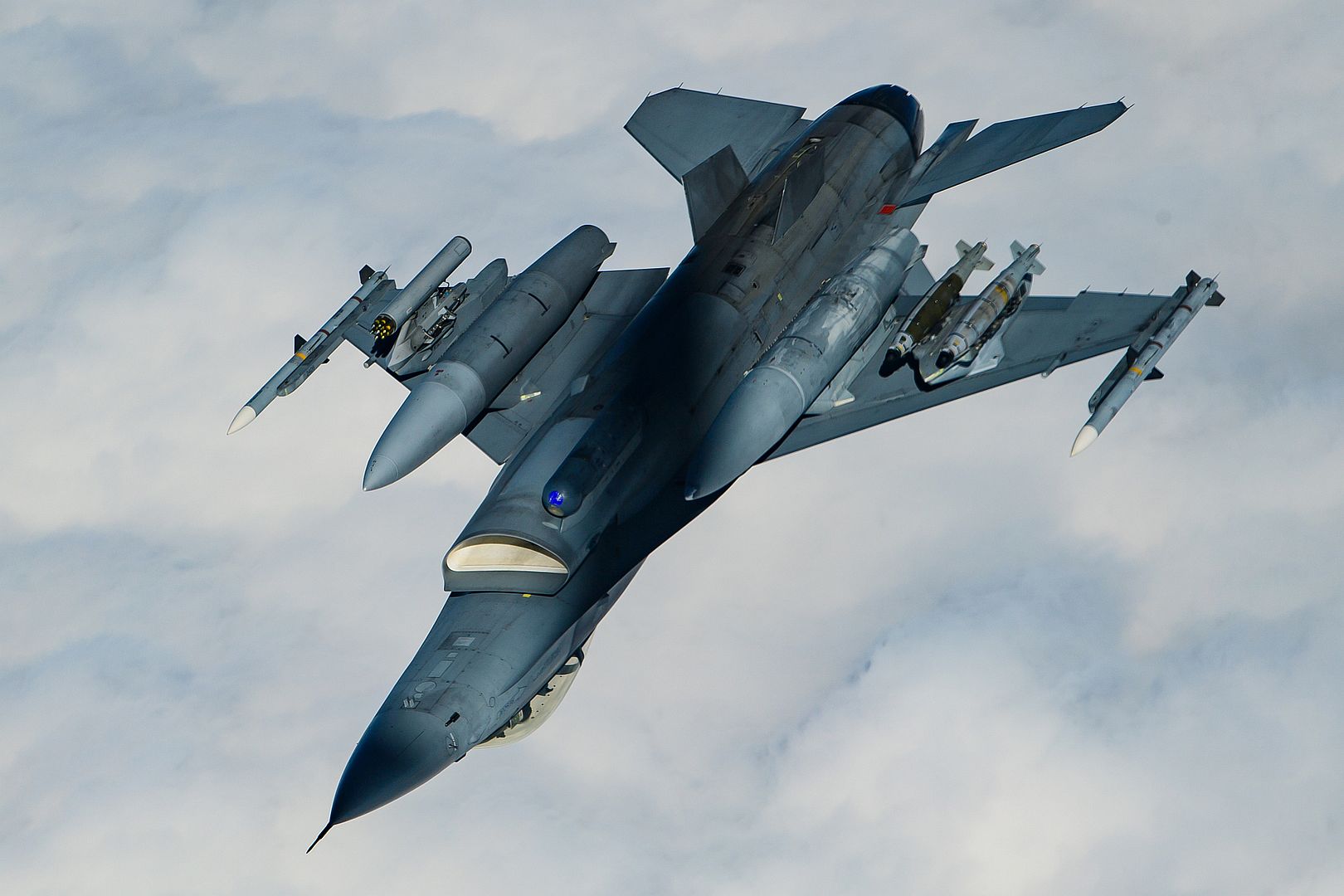
3-4-21.
Flights on Tu-95MS aircraft took place in the long-range aviation unit in the Amur Region.
(Photos courtesy of the Ministry of Defence of the Russian Federation)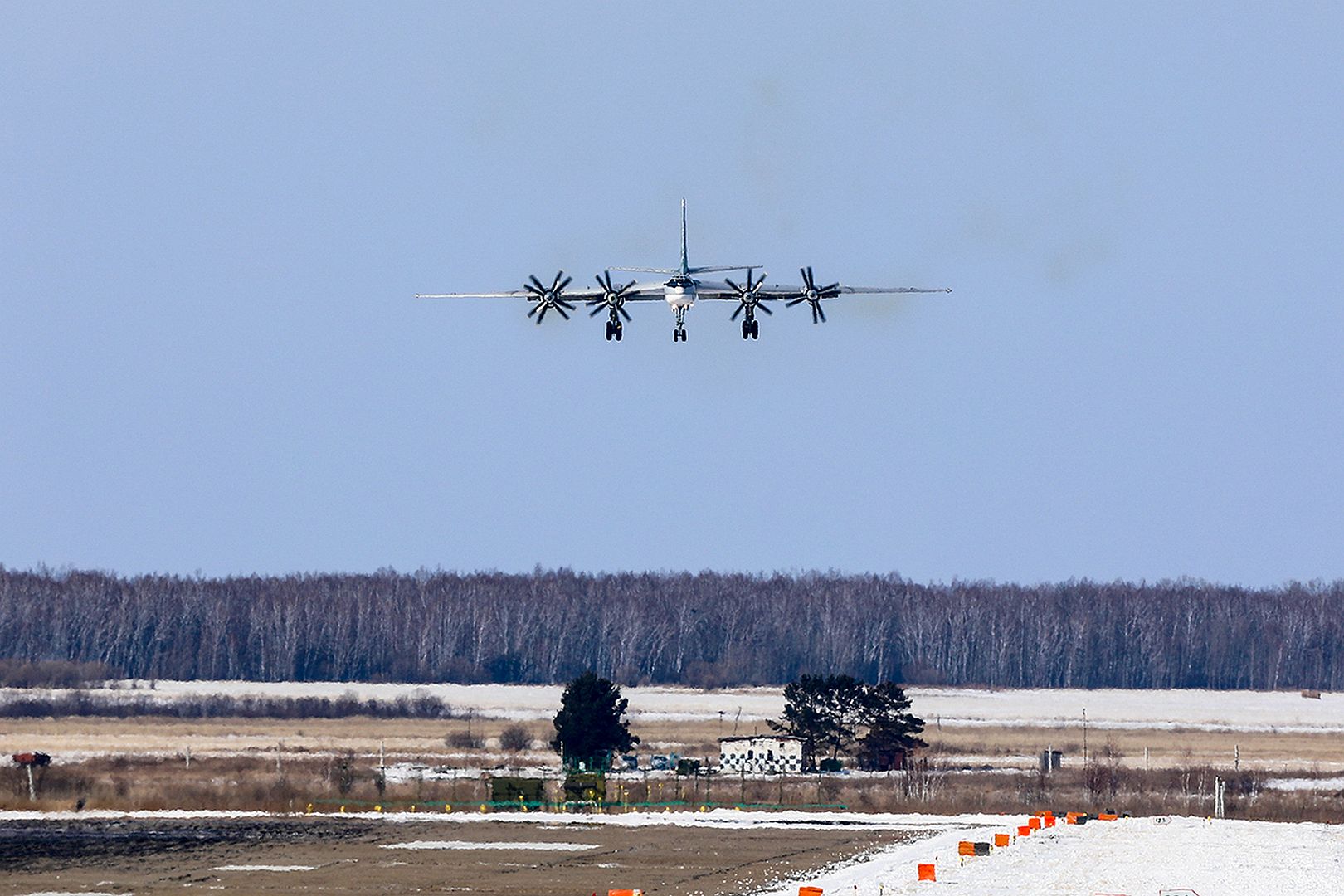
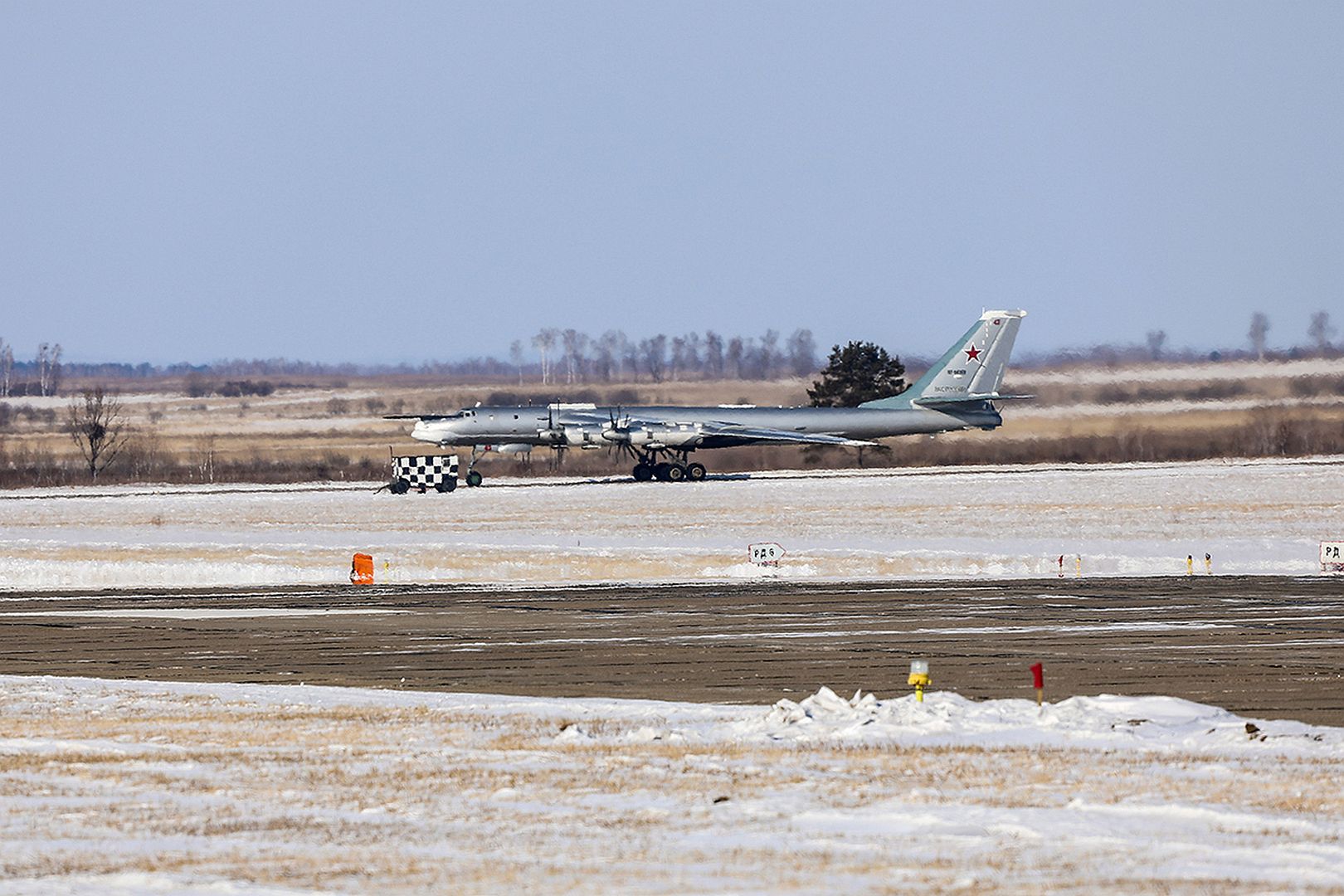
.jpg?width=1920&height=1080&fit=bounds)
.jpg?width=1920&height=1080&fit=bounds)
.jpg?width=1920&height=1080&fit=bounds)
France.
As part of the rise of the F3-R Rafale, the Air and Space Army has just completed its first operational flight equipped with the Meteor air to air missile.This is a real game changer, and brings a considerable capacity gain to the Rafale.
(Photo by J Girardin)
-
 Main AdminU.S. Army Spc. Gevanei Malcolm, an AH-64 crew chief assigned to the 12th Combat Aviation Brigade, Wings of Victory, uncovers his Apache Longbow at sunrise on Mar. 3, 2021 at Katterbach Army Airfield, Germany. (U.S. Army photos by Maj. Robert Fellingham)
Main AdminU.S. Army Spc. Gevanei Malcolm, an AH-64 crew chief assigned to the 12th Combat Aviation Brigade, Wings of Victory, uncovers his Apache Longbow at sunrise on Mar. 3, 2021 at Katterbach Army Airfield, Germany. (U.S. Army photos by Maj. Robert Fellingham)
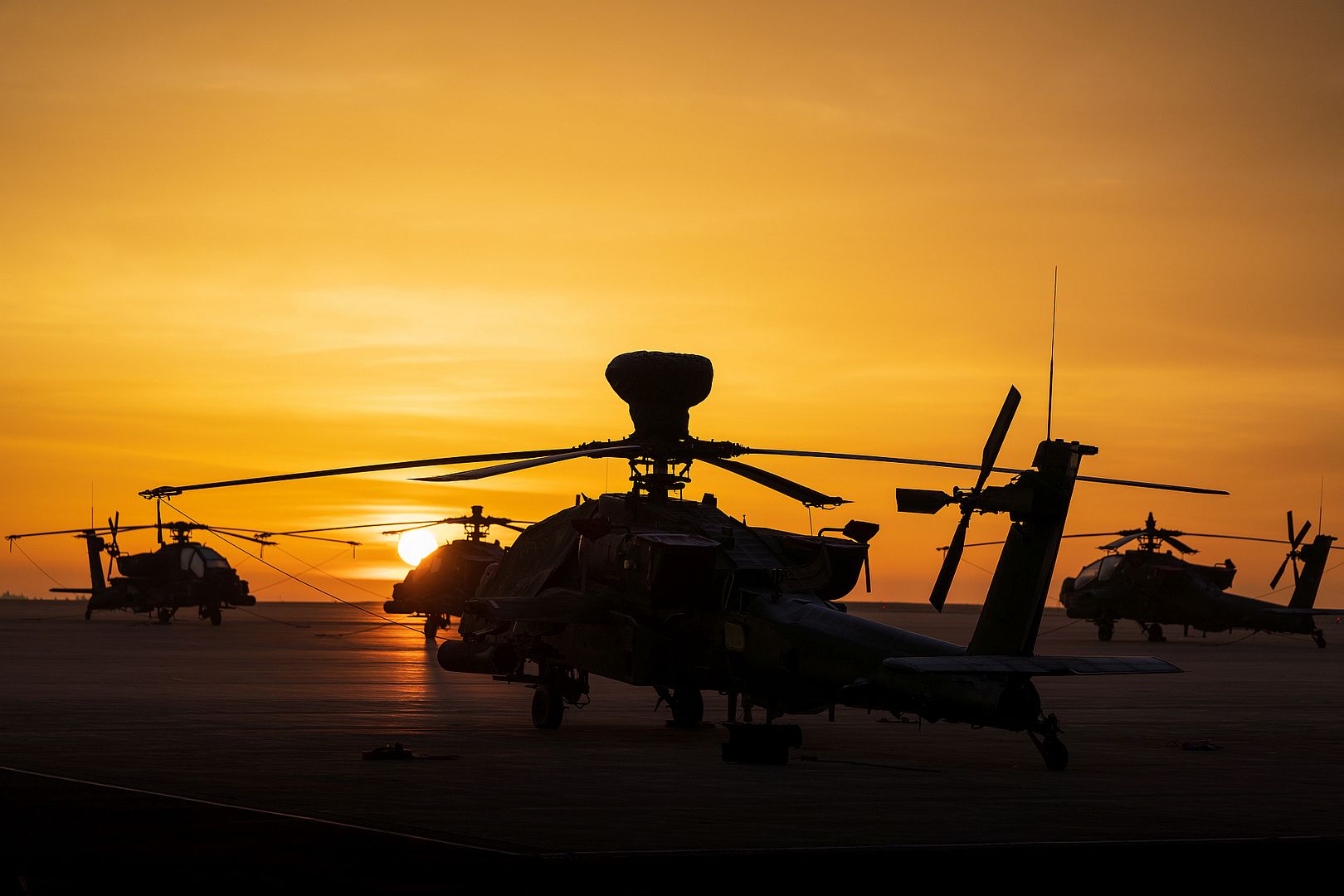
WESTERN ATLANTIC OCEAN (March 3, 2021) F-35 test pilot U.S. Marine Maj. Brad Leeman performs a ski-jump launch aboard Italian aircraft carrier ITS Cavour (CVH 550). Leeman is performing carrier qualifications on the Italian navy flagship, which is currently conducting sea trials with the F-35B short takeoff and vertical landing (STOVL) variant of the fifth-generation fighter aircraft. U.S. Navy photo by Darin Russell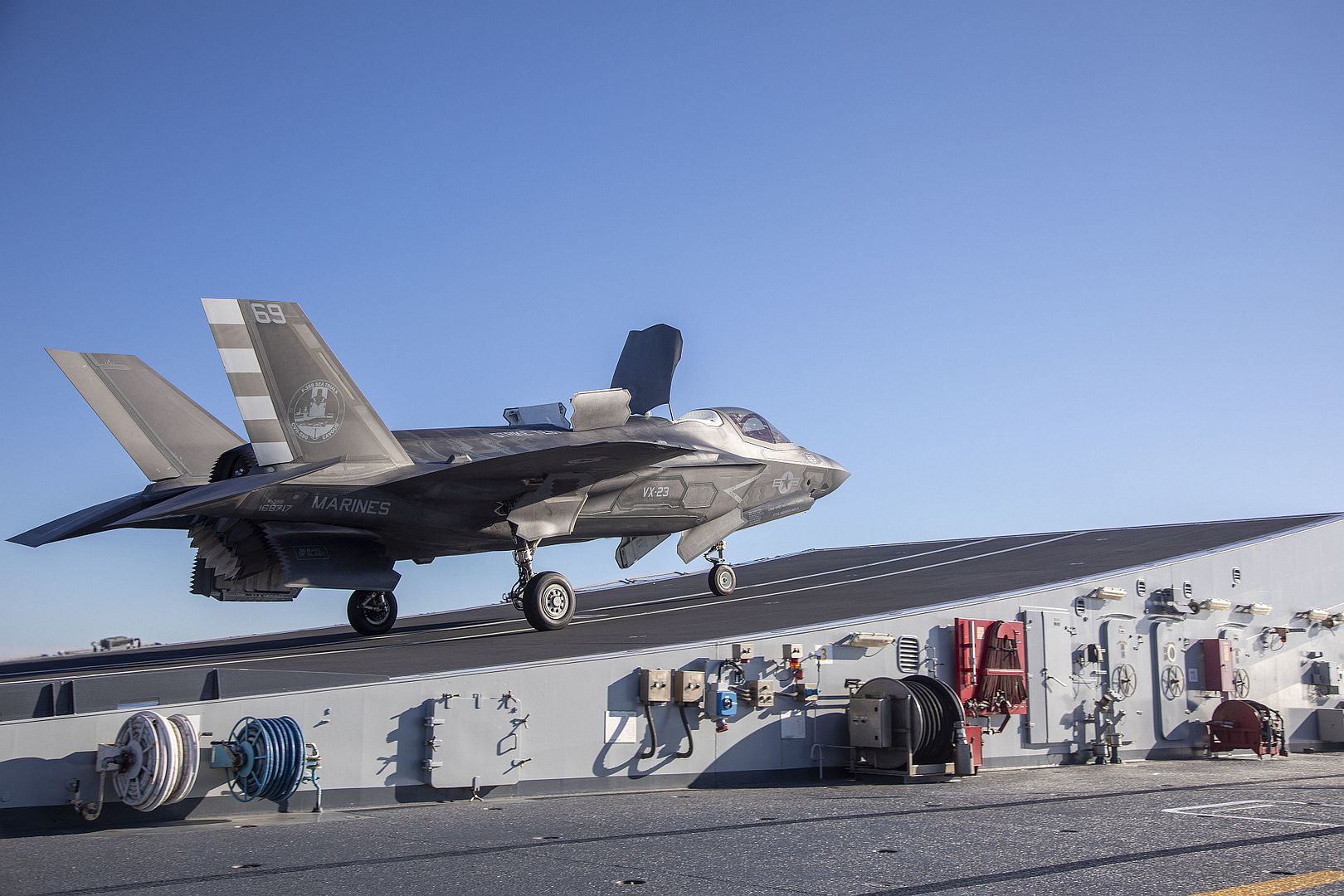
WESTERN ATLANTIC OCEAN (March 3, 2021) F-35 test pilot U.S. Marine Maj. Brad Leeman performs a vertical landing (VL) aboard Italian aircraft carrier ITS Cavour (CVH 550). Leeman is performing carrier qualifications on the Italian navy flagship, which is currently conducting sea trials with the F-35B short takeoff and vertical landing (STOVL) variant of the fifth-generation fighter aircraft. U.S. Navy photo by Darin Russell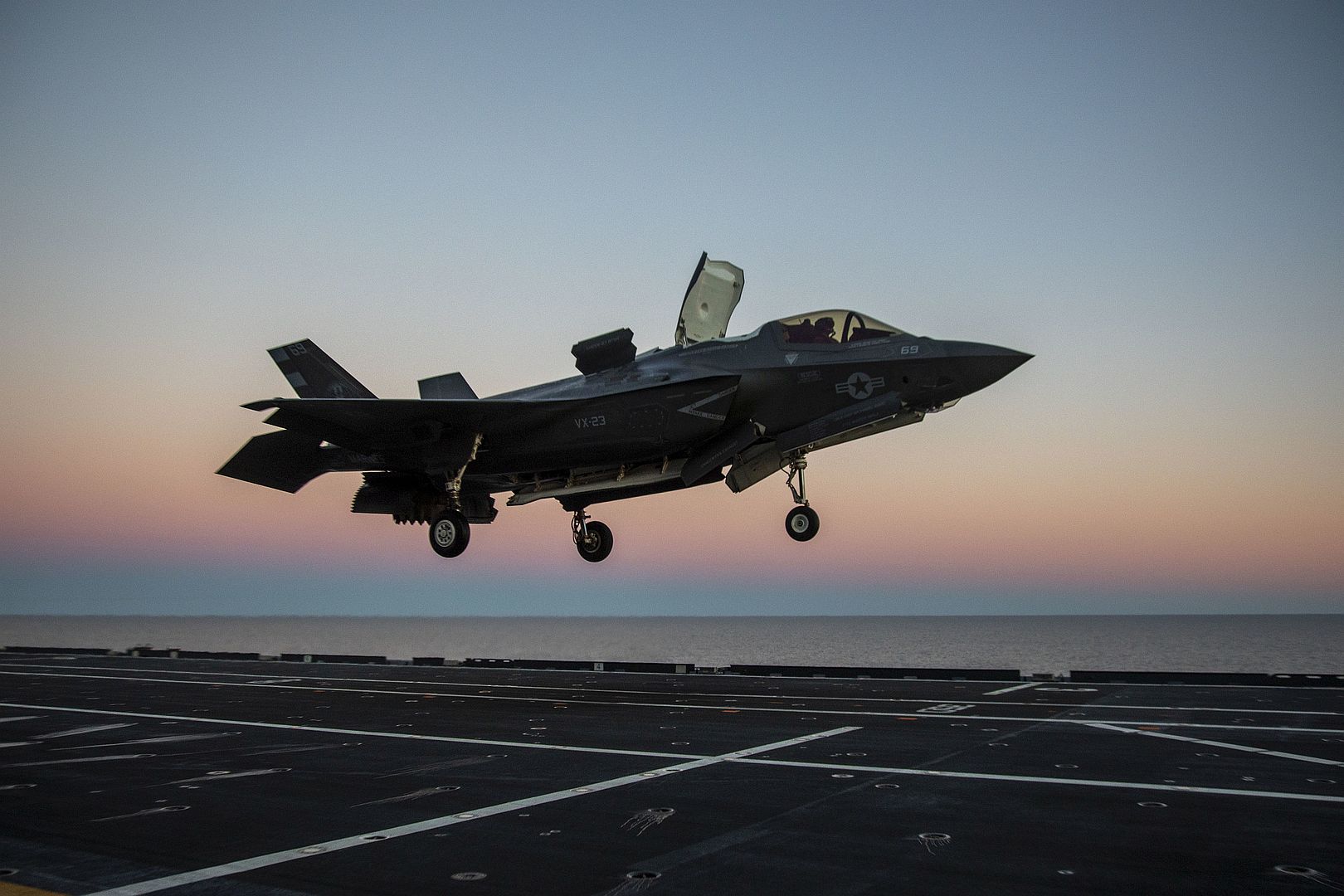
A B-1B Lancer assigned to the 9th Expeditionary Bomb Squadron prepares to land at Ørland Air Force Station, Norway, March 3, 2021. The 9th EBS will participate in a variety of integration and training missions with NATO ally and partner forces over the course of the Bomber Task Force Europe deployment. (U.S. Air Force photo by Airman 1st Class Colin Hollowell)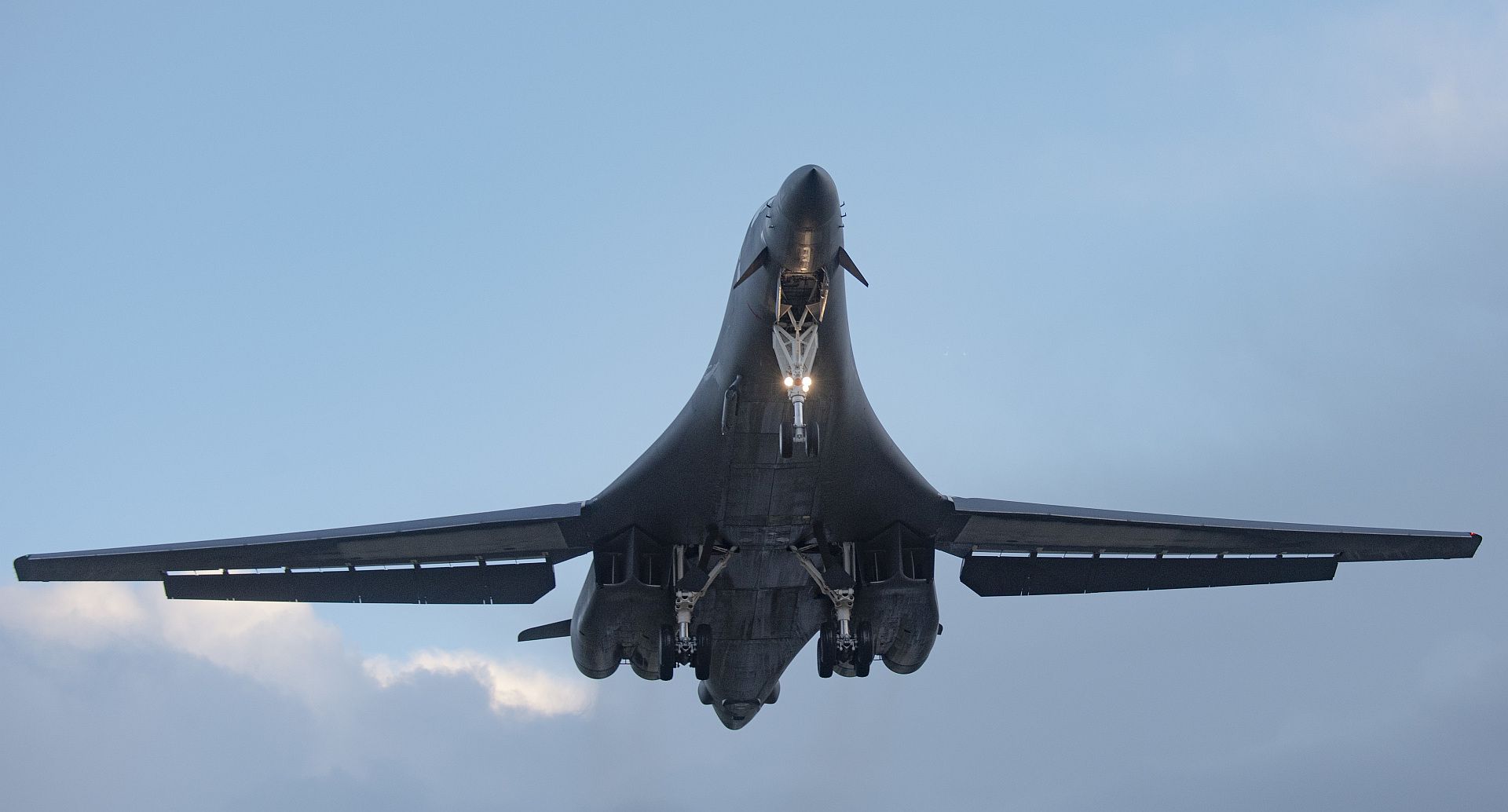
PENSACOLA, Fla. (March 4, 2021) -- Cmdr. Eric Reeves (blue aircraft) relinquishes command of the "Sabrehawks" of Training Squadron (VT) 86 to Cmdr. George Zintak during an aerial change of command ceremony above Pensacola, Fla., Feb. 4. VT-86 conducts undergraduate strike naval flight officer training for the Navy, Marine Corps, and select international military partners. (U.S. Navy photos by Capt. Scott Janik/Released)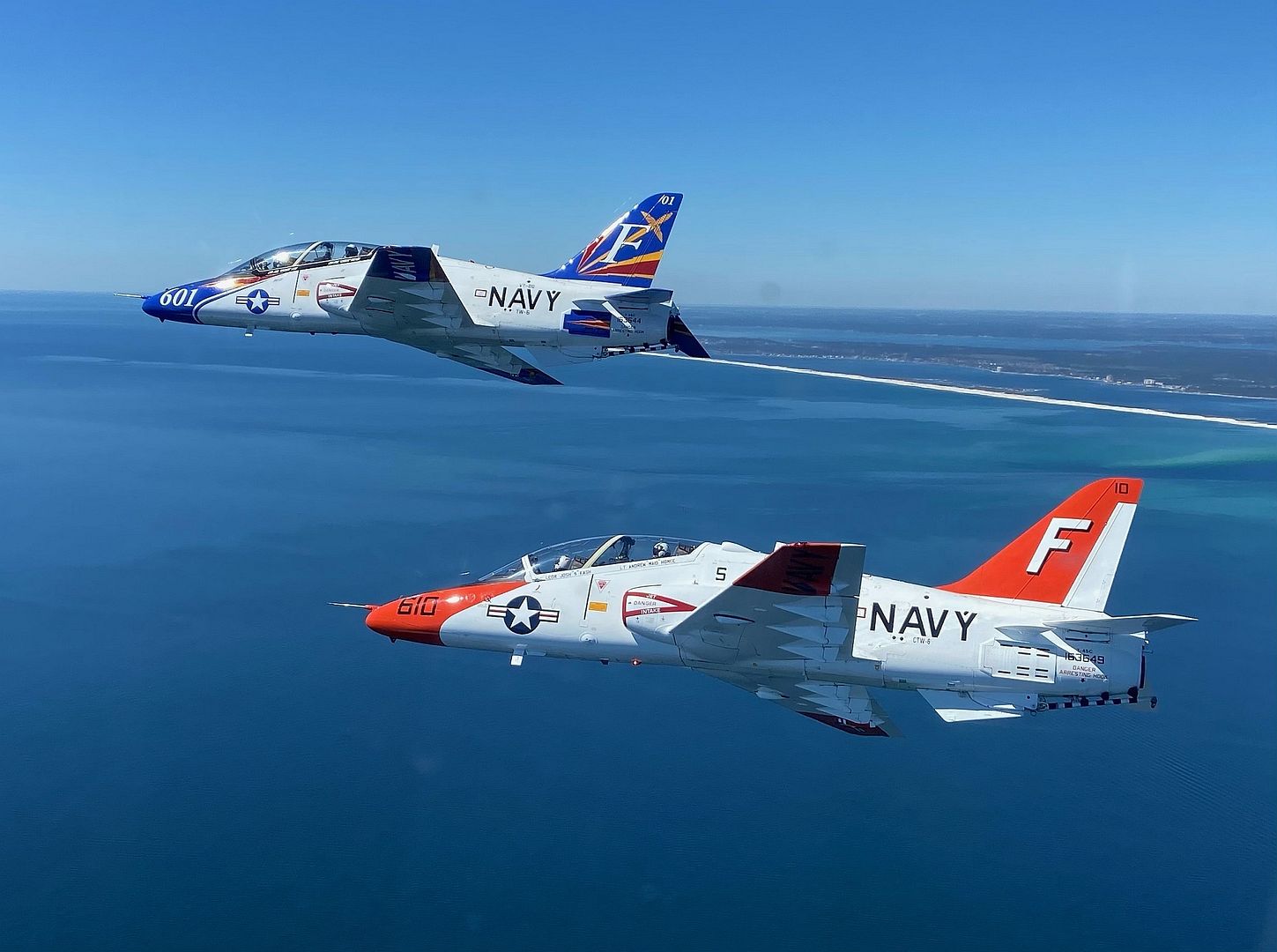
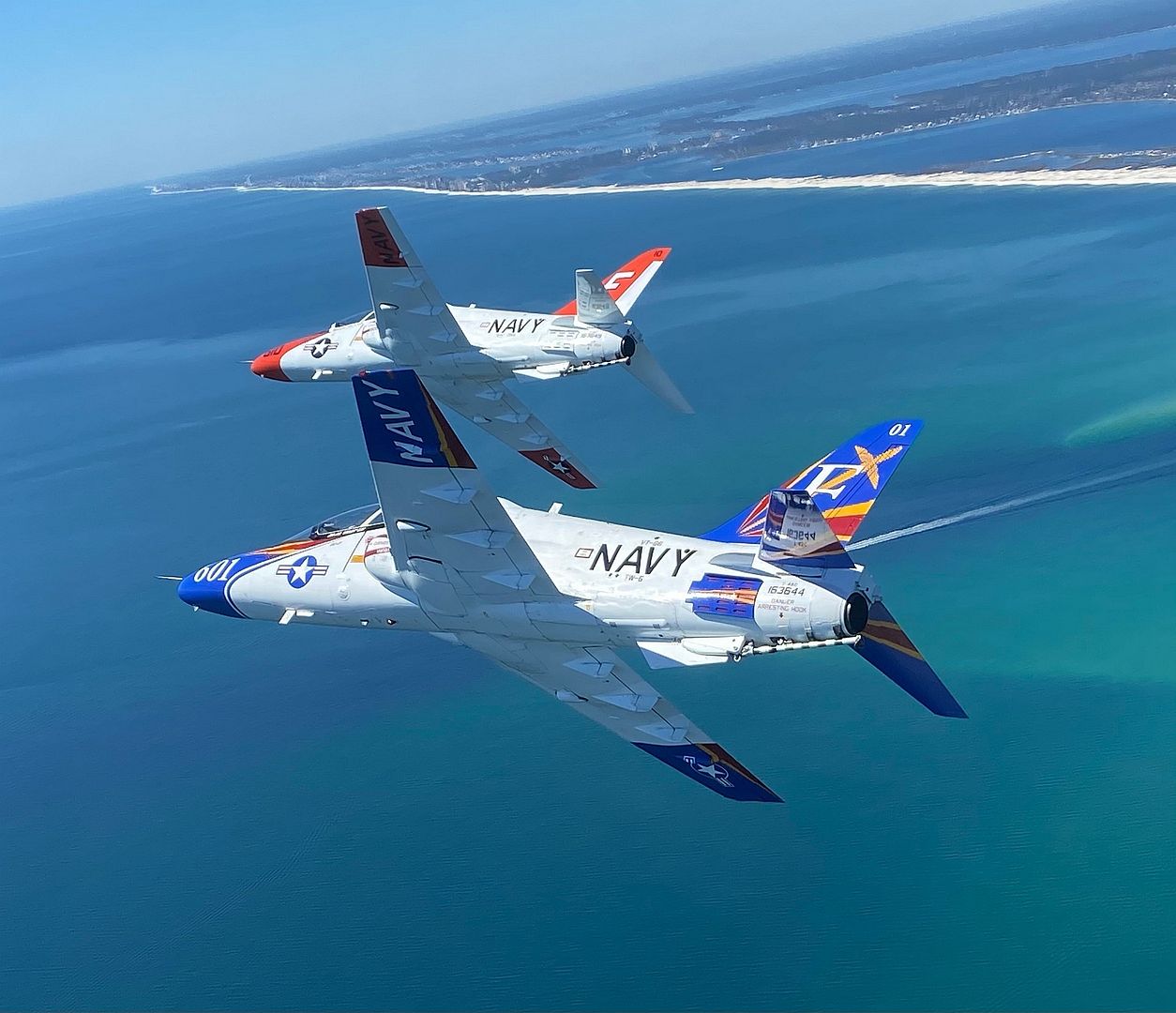
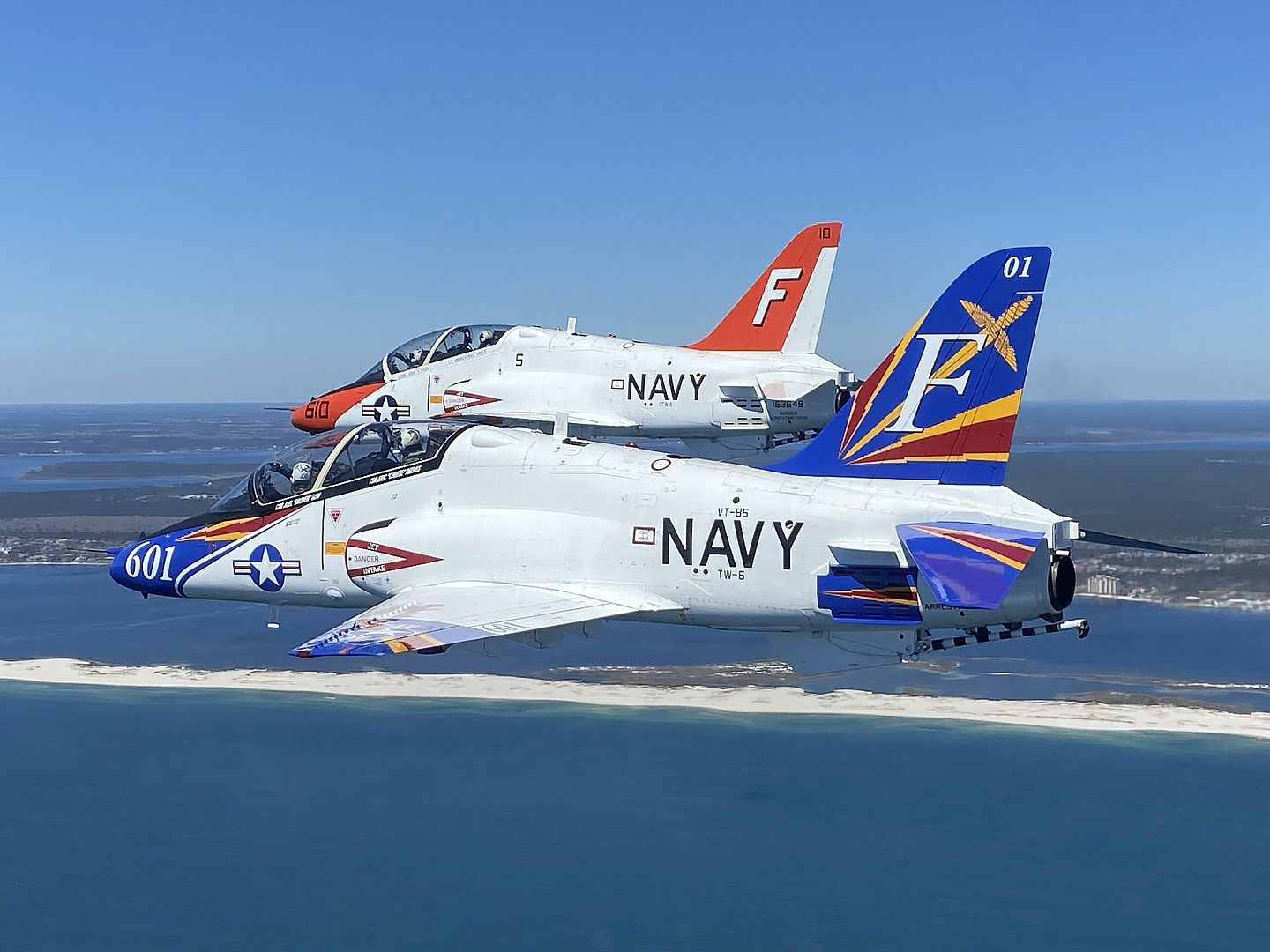
05.03.2021
In February, pilots of aviation formations and military units of the Southern Military District (SMD) spent about 6.5 thousand hours in the air during scheduled flights.
The commander of the SMD, General of the Army Alexander Dvornikov, spoke about the results of combat training of the aircrew of the 4th air force and air defence army of the SMD, the naval aviation units of the Black Sea Fleet and SMD air base in Armenia.
"The training of flight personnel is carried out in accordance with the plan. In February of this year, 13 flight-tactical exercises were conducted with aviation units and military units of the military district, " said Army General Alexander Dvornikov.
"The flight plan was completed in full, while for the pilots of the air force and air defenсe army of the district, it amounted to about 5.5 thousand hours, the specialists of naval aviation spent more than 750 hours in the air, and the fighters and the army aviation crews of the Russian military base in Armenia flew more than 350 hours," said the commander of SMD.
Alexander Dvornikov also noted that in February, the flight crew performed training flights over the water surface, in the mountains, as well as in conditions of limited visibility with the use of night vision goggles. In addition, fighter pilots have mastered the skills of destroying cruise missiles.
(Photo courtesy of the Ministry of Defence of the Russian Federation)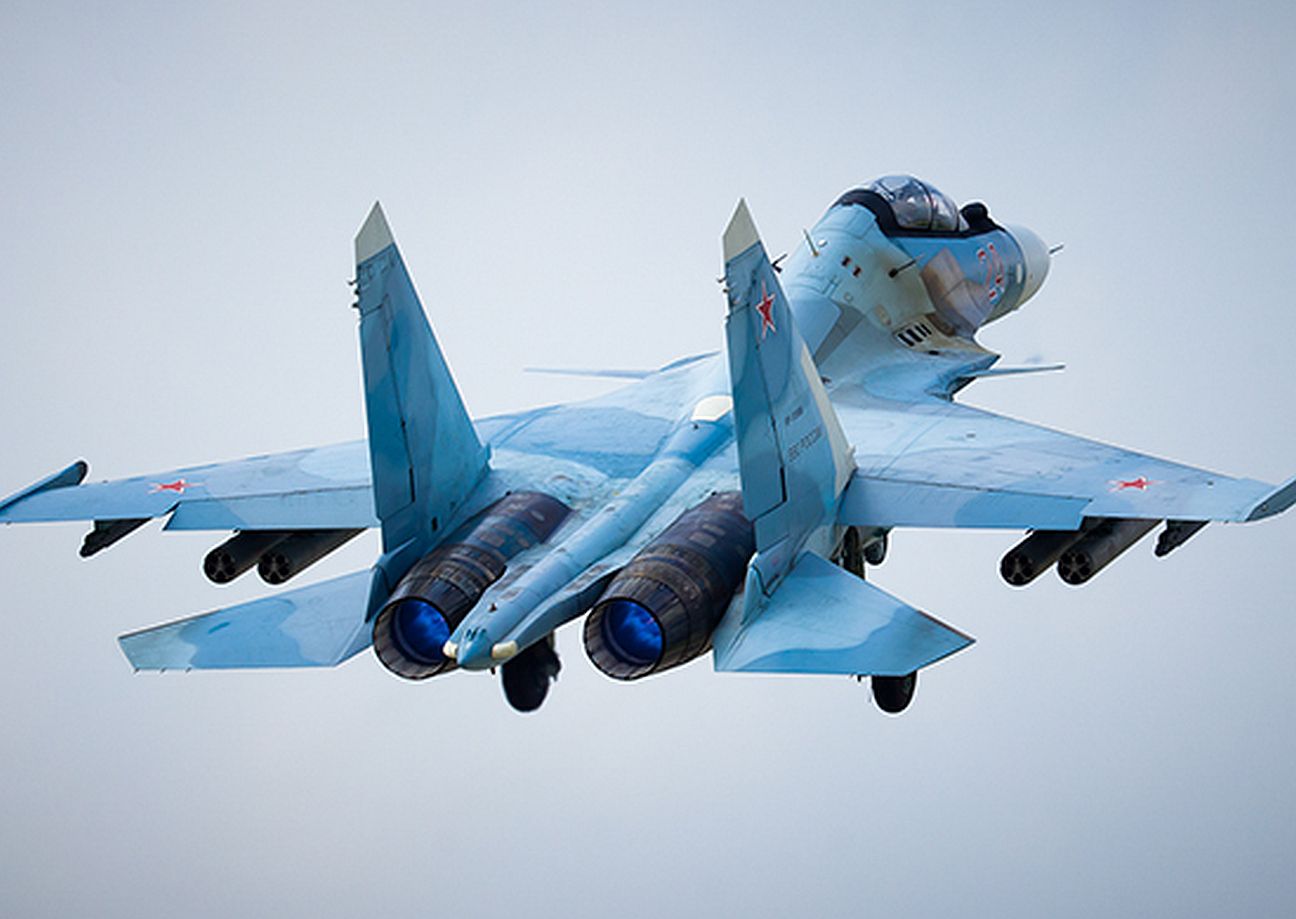
05.03.2021
Milestone reached with the Koninklijke Luchtmacht F-35A's.
The first 1000 flying hours with our F-35's have been fixed! This morning the last hours were made by four F-35's from Leeuwarden air base.
The F-35 has been flying since October 31, 2019 The focus now is to make the F-35 worldwide deployable for missions. These first 1000 hours of flight are an important step for that. On to the next 1000!
(Photo courtesy of the Koninklijke Luchtmacht )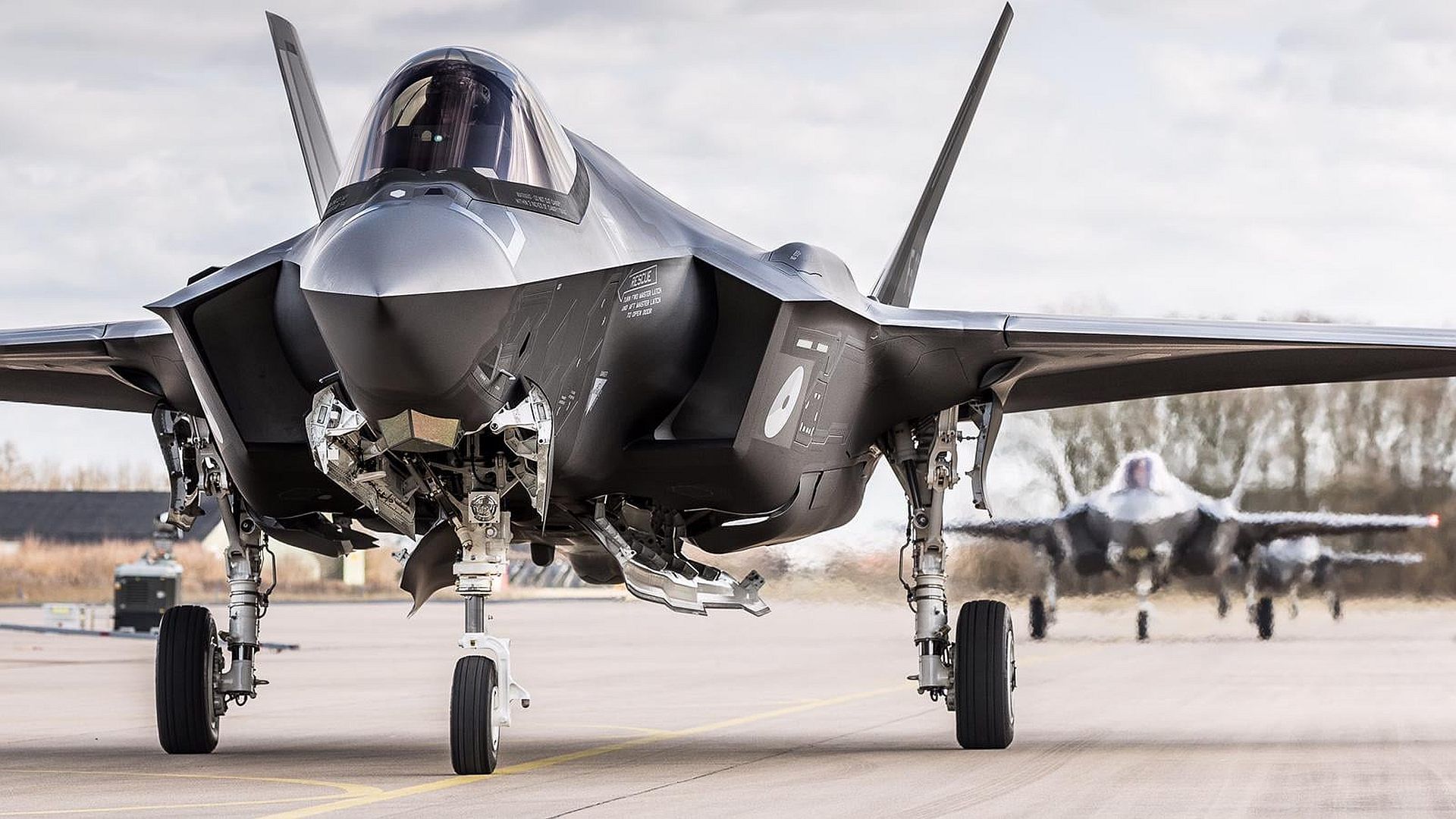
-
 Main AdminPilots from the 69th Bomb Squadron board B-52H bombers, “Heavy Hauler” and “Wham Bam II” in preparation for a Bomber Task Force mission to the U.S. Central Command area of responsibility on March 6, 2021, at Minot Air Force Base, North Dakota. The U.S. military maintains a strong bomber force, capable of deploying combat power on short notice. Bomber Task Force missions provide opportunities to train and integrate with regional partners and is an important element of a broader deterrent strategy in the region. (U.S. Air Force photos by Senior Airman Josh W. Strickland)
Main AdminPilots from the 69th Bomb Squadron board B-52H bombers, “Heavy Hauler” and “Wham Bam II” in preparation for a Bomber Task Force mission to the U.S. Central Command area of responsibility on March 6, 2021, at Minot Air Force Base, North Dakota. The U.S. military maintains a strong bomber force, capable of deploying combat power on short notice. Bomber Task Force missions provide opportunities to train and integrate with regional partners and is an important element of a broader deterrent strategy in the region. (U.S. Air Force photos by Senior Airman Josh W. Strickland)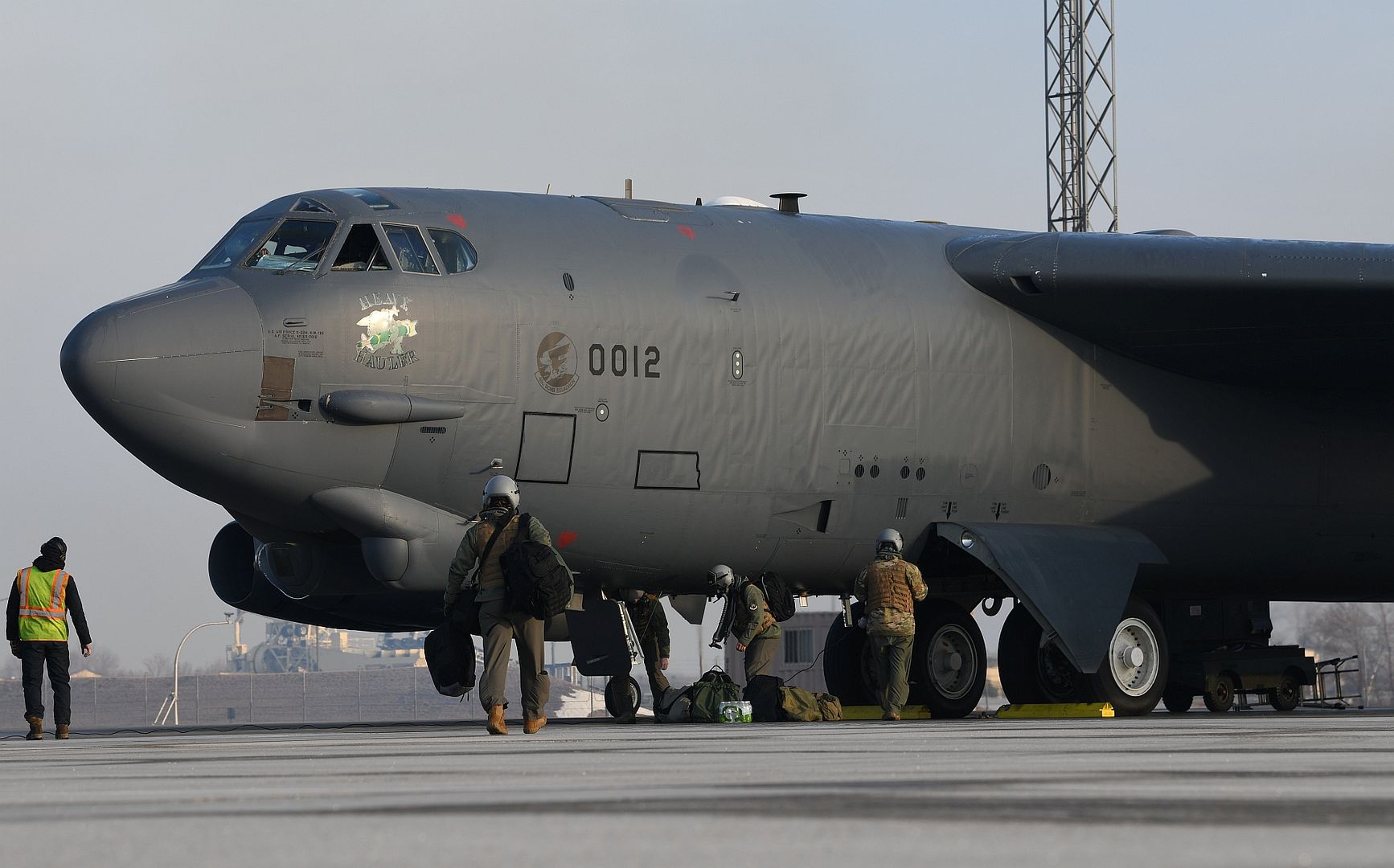

U.S. Air Force Capt. Haden Fullam, the A-10 Thunderbolt II Demonstration Team pilot, performs over Davis-Monthan Air Force Base, Arizona, March 5, 2021. The A-10 Demonstration Team provides Americans a unique opportunity to see and experience up close the many capabilities of our nation’s fighter aircraft, and meet the amazing U.S. Airmen who fly and maintain this incredible airplane. (U.S. Air Force photo by Senior Airman Nicholas Ross).
An A-10 Thunderbolt II from the 75th Fighter Squadron, Moody Air Force Base, Georgia, refuels from a KC-135 Stratotanker from 465th Air Refueling Squadron, Tinker Air Force Base, Oklahoma, on their way to Red Flag March 5, 2021. Refueling with the Okies allowed the A-10s to make it to the exercise without having to land. (U.S. Air Force Base photos by Senior Airman Mary Begy)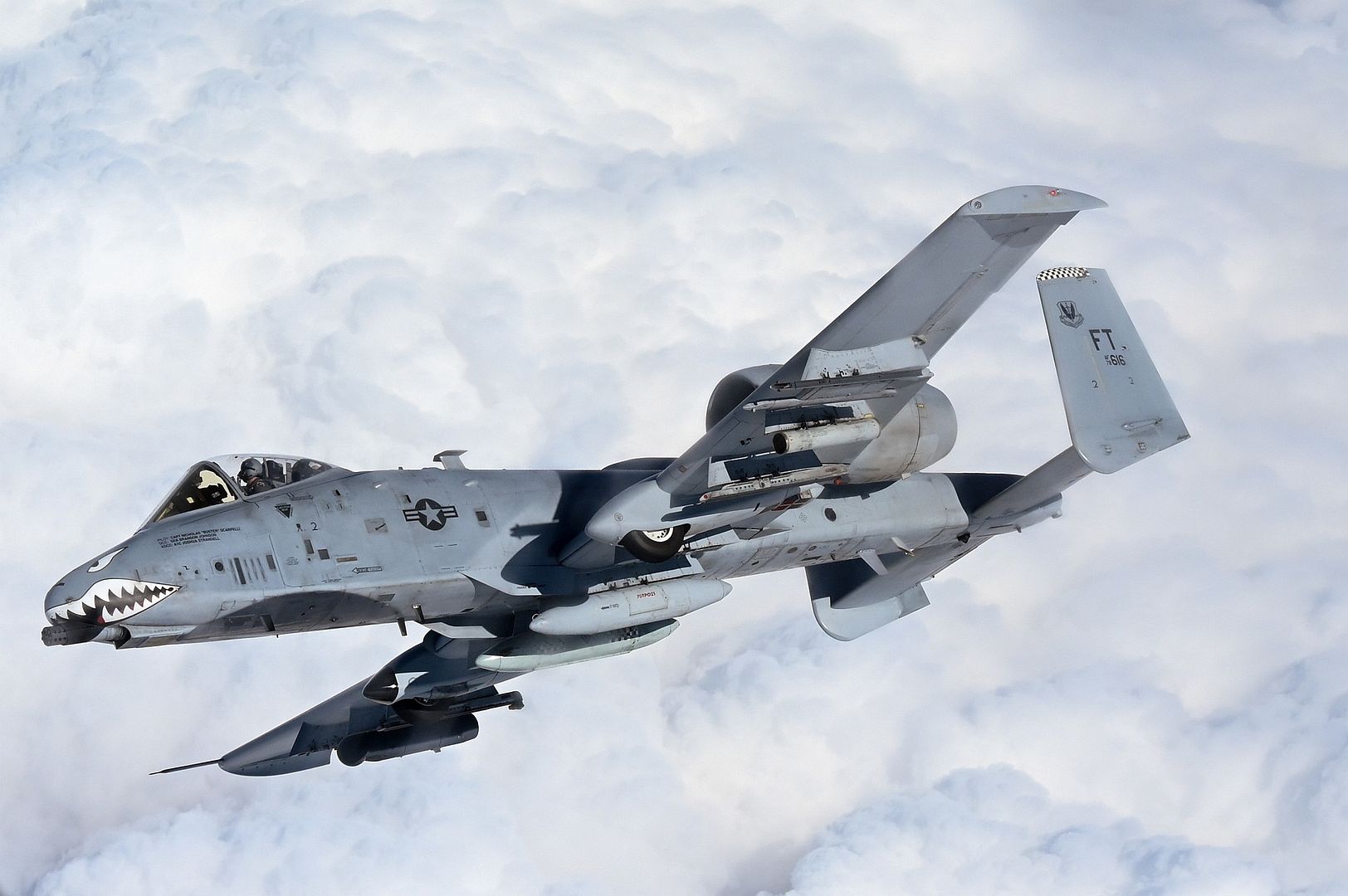
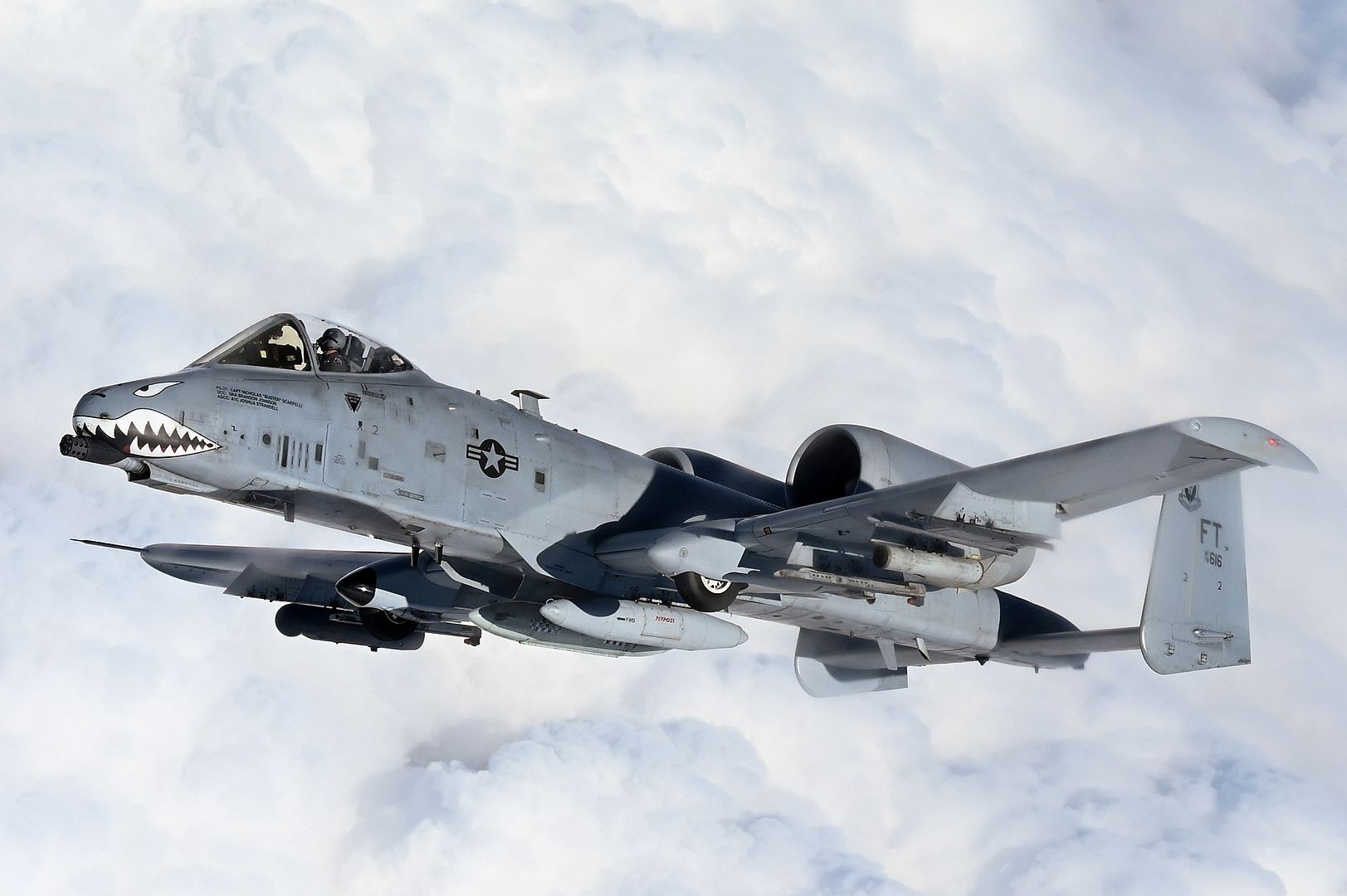
A U.S. Air Force B-52 Stratofortress aircraft from the 5th Bomb Wing, Minot Air Force Base, ND, departs after receiving fuel from a U.S. Air Force KC-135 Stratotanker aircraft, assigned to the 350th Expeditionary Air Refueling Squadron, during a bomber task force mission over the U.S. Central Command area of responsibility, March 7, 2021. The bomber deployment underscores the U.S. Military's commitment to regional security and demonstrates a unique ability to rapidly deploy on short notice. The B-52 is a long-range, heavy bomber that is capable of flying at high subsonic speeds of altitudes of up to 50,000 feet and provides the United States with a global strike capability. (U.S. Air Force photo by Staff Sgt. Sean Carnes)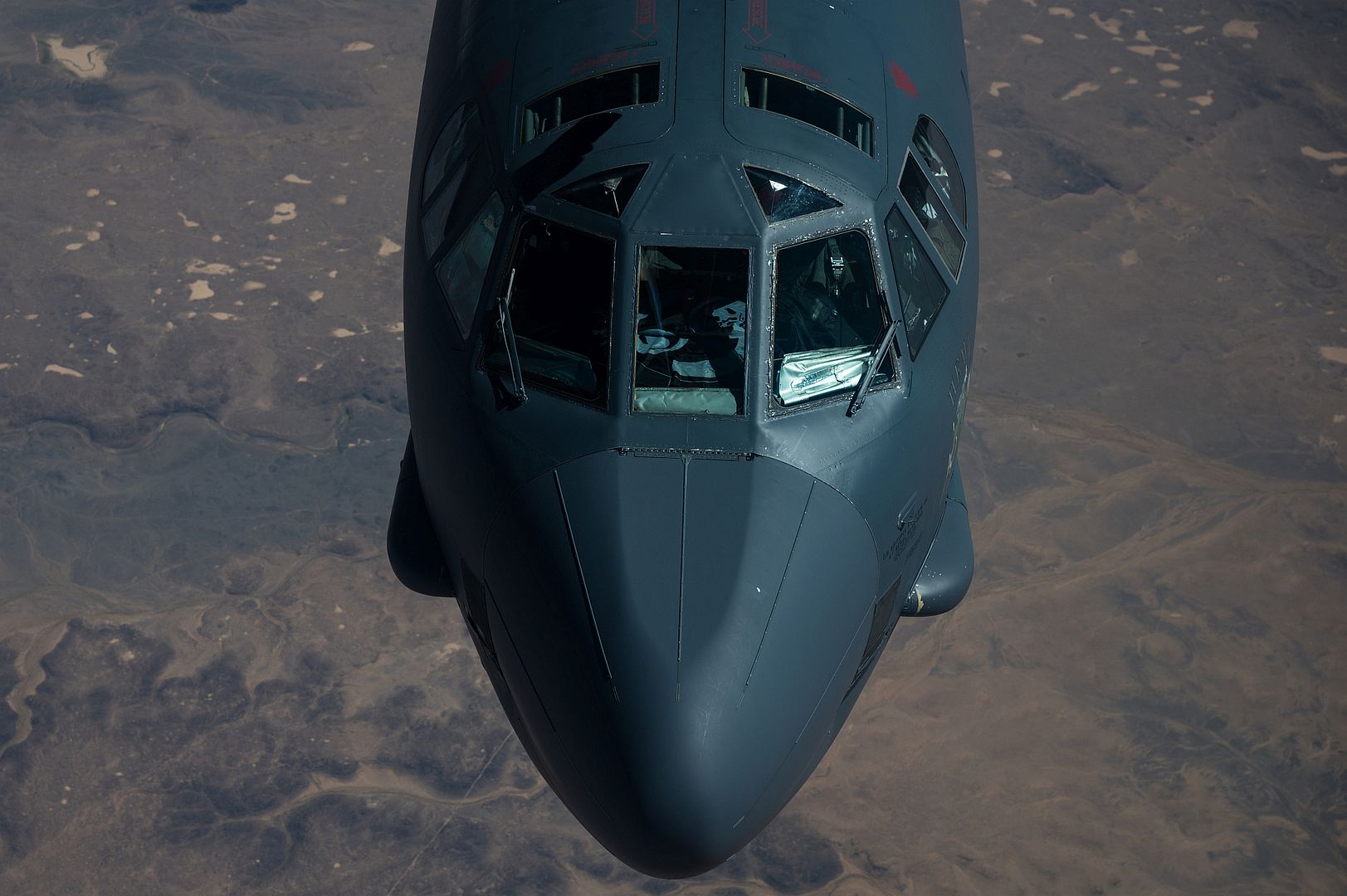
A U.S. Air Force B-52 Stratofortress aircraft assigned to the 5th Bomb Wing, Minot Air Force Base, ND, is aerial refueled by a U.S. Air Force KC-135 Stratotanker aircraft, assigned to the 350th Expeditionary Air Refueling Squadron, during a bomber task force mission over the U.S. Central Command area of responsibility, March 7, 2021. The bomber deployment underscores the U.S. Military's commitment to regional security and demonstrates a unique ability to rapidly deploy on short notice. The B-52 is a long-range, heavy bomber that is capable of flying at high subsonic speeds of altitudes of up to 50,000 feet and provides the United States with a global strike capability. (U.S. Air Force photo by Master Sgt. Joey Swafford)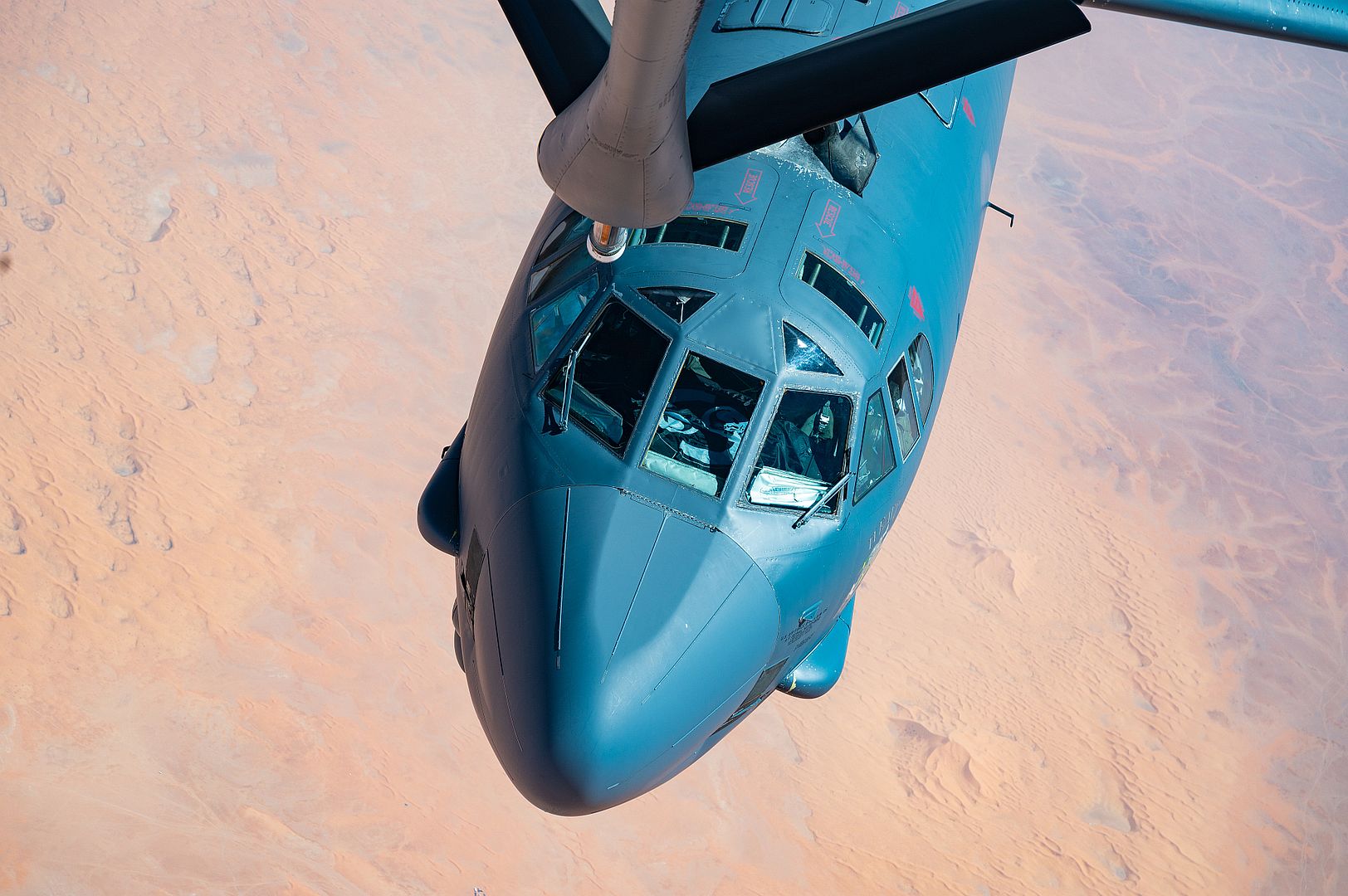
A recently retired B-1B Lancer, tail number 86-0099, begins to off-load its crew at Edwards Air Force Base, California, Feb. 23. The aircraft will become the Edwards Aircraft Ground Integration Lab, or EAGIL, a non-flyable aircraft that will be used as an integration lab for future upgrades. (Air Force photo by Giancarlo Casem)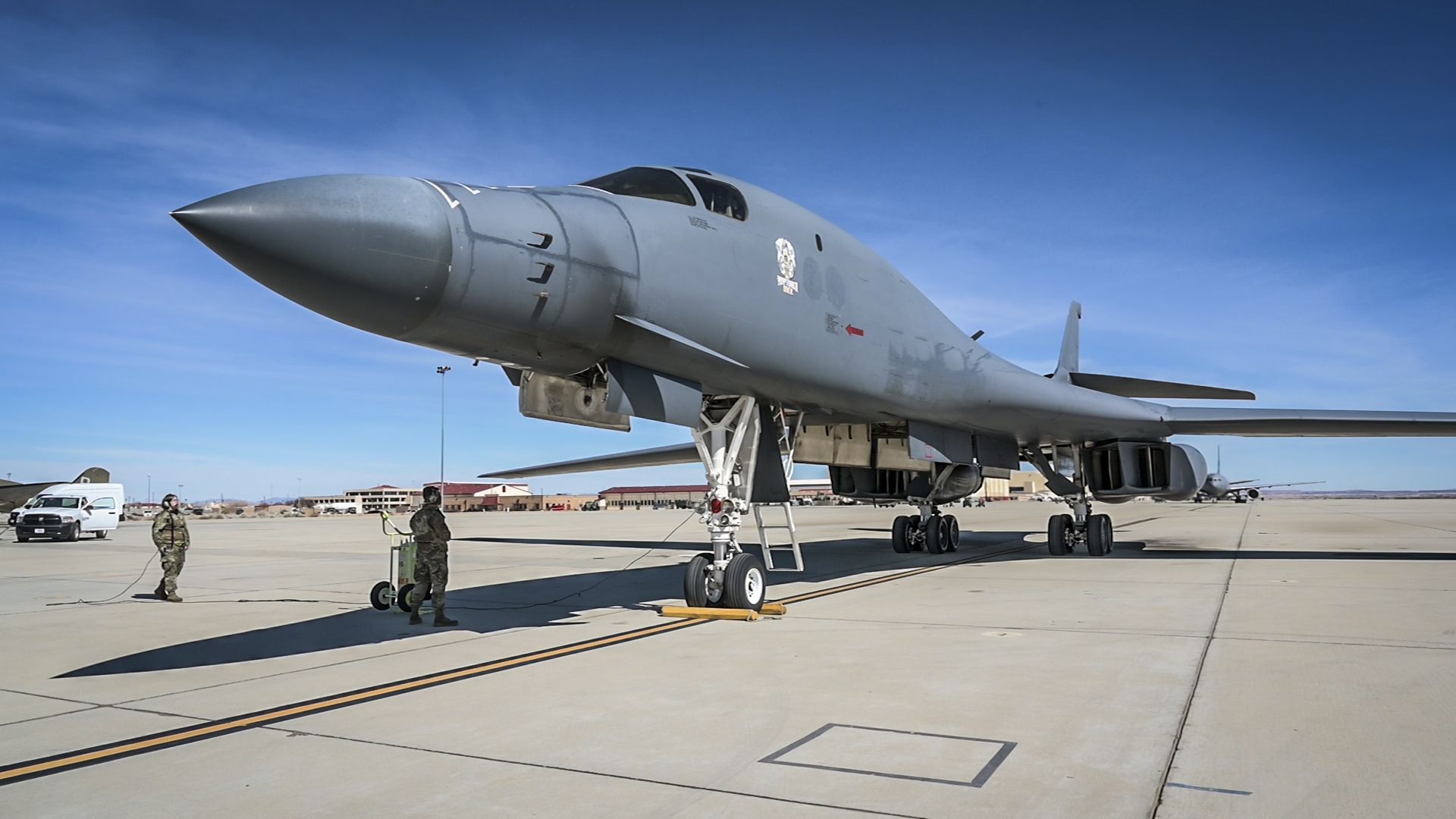
An F-35A Lightning II fighter jet assigned to the 62nd Fighter Squadron, Luke Air Force Base, Arizona, lands for Red Flag 21-2 at Nellis AFB, Nevada, March 4, 2021. The unit has highly-experienced coalition instructor pilots who will be in a unique position to mentor U.S. and coalition participants. (U.S. Air Force photo by Senior Airman Dwane R. Young)
WICHITA, Kan. (Mar. 8 , 2021) – Textron Aviation today announced Federal Aviation Administration (FAA) Supplemental Type Certificate (STC) approval for the new Beechcraft King Air Ground Cooling aftermarket upgrade for Beechcraft King Air 200 and 300 series turboprops. With King Air Ground Cooling installed, customers can provide flood cooling into the cabin before departure, enhancing passenger and crew comfort.
Beechcraft, Cessna and Hawker customers receive factory-direct support, maintenance and modifications by Textron Aviation, a Textron Inc. (NYSE: TXT) company, through a global network of service and part centers, mobile service units and 24/7 1CALL AOG support.
“Textron Aviation continues to push the boundaries of customer service options for aircraft owners,” said Brian Rohloff, senior vice president, Customer Support. “The addition of the Ground Cooling system for our Beechcraft King Air 200 and 300 series aircraft demonstrates our commitment to maximizing passenger comfort. Aircraft cabins often become heat soaked while waiting on the ground or in the hangar prior to departure and we are proud to offer a solution to this by enabling operators to easily cool their aircraft without anyone needing to be onboard.”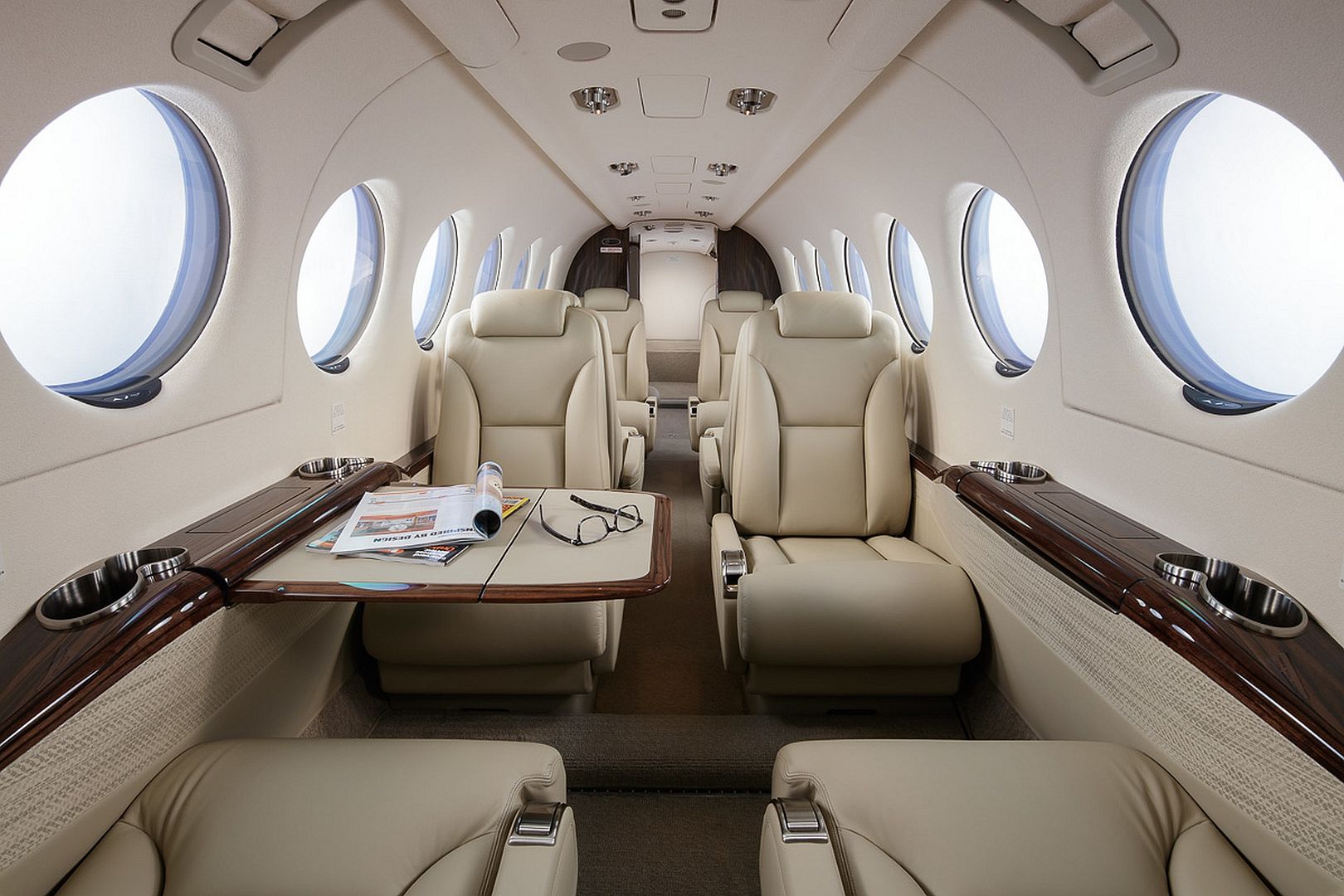
The newly available Ground Cooling system enables King Air operators to cool the cabin before crew and passengers board, by plugging in a Ground Power Unit (GPU) eliminating the need to power air conditioning systems via the aircraft’s engine.
The Ground Cooling system, available exclusively for install at Textron Aviation, is now available for all King Air 200 and 300 series aircraft.
Post a reply
- Go to Next topic
- Go to Welcome
- Go to Introduce Yourself
- Go to General Discussion
- Go to Screenshots, Images and Videos
- Go to Off topic
- Go to Works in Progress
- Go to Skinning Tips / Tutorials
- Go to Skin Requests
- Go to IJAAF Library
- Go to Luftwaffe Library
- Go to RAF Library
- Go to USAAF / USN Library
- Go to Misc Library
- Go to The Ops Room
- Go to Made in Germany
- Go to Campaigns and Missions
- Go to Works in Progress
- Go to Juri's Air-Raid Shelter
- Go to Campaigns and Missions
- Go to Works in Progress
- Go to Skinpacks
- Go to External Projects Discussion
- Go to Books & Resources
